Back To Top
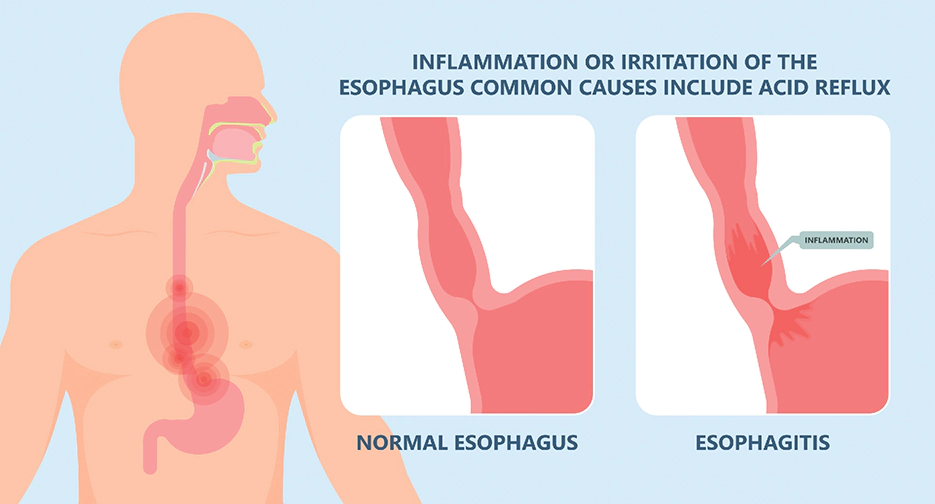
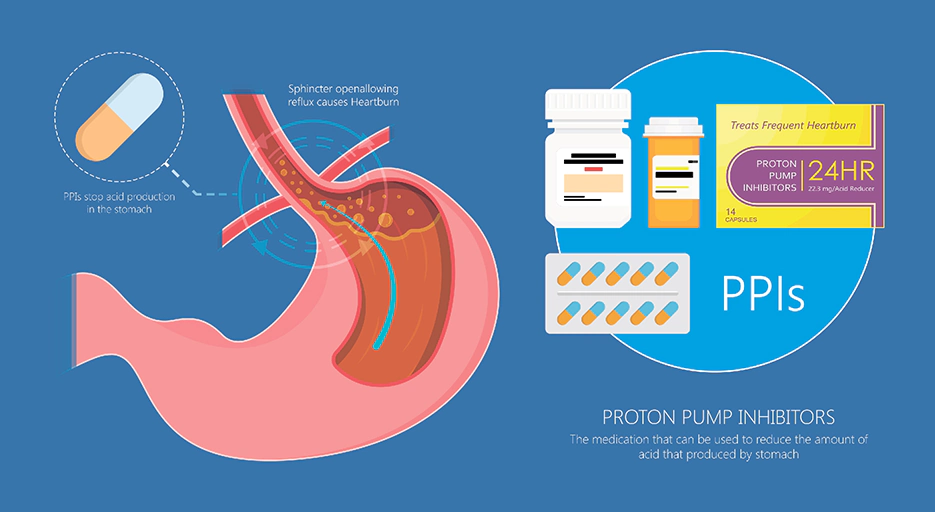
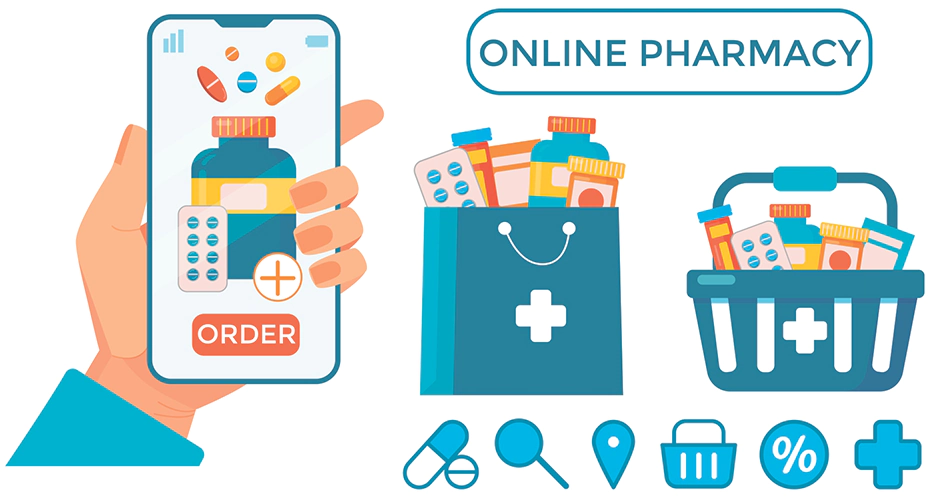 Lansoprazole is a prescription only treatment, you can buy lansoprazole at Meds for Less after a short questionnaire.
Step 1: Answer questions regarding your symptoms during checkout.
Step 2: Your information is sent to a doctor to write a prescription (if appropriate)
Step 3: Your medication is shipped to you, next day.
Lansoprazole is a prescription only treatment, you can buy lansoprazole at Meds for Less after a short questionnaire.
Step 1: Answer questions regarding your symptoms during checkout.
Step 2: Your information is sent to a doctor to write a prescription (if appropriate)
Step 3: Your medication is shipped to you, next day.
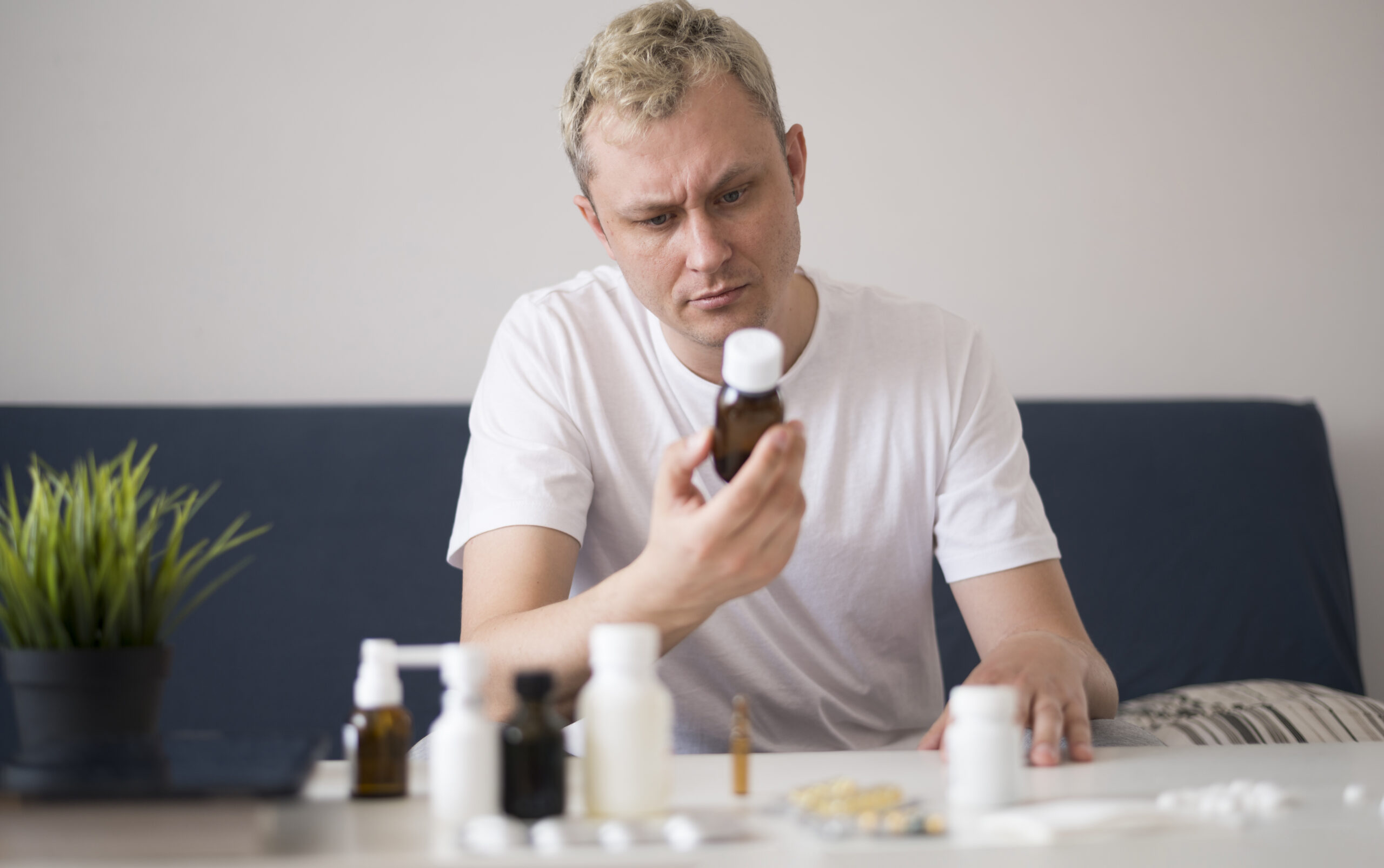
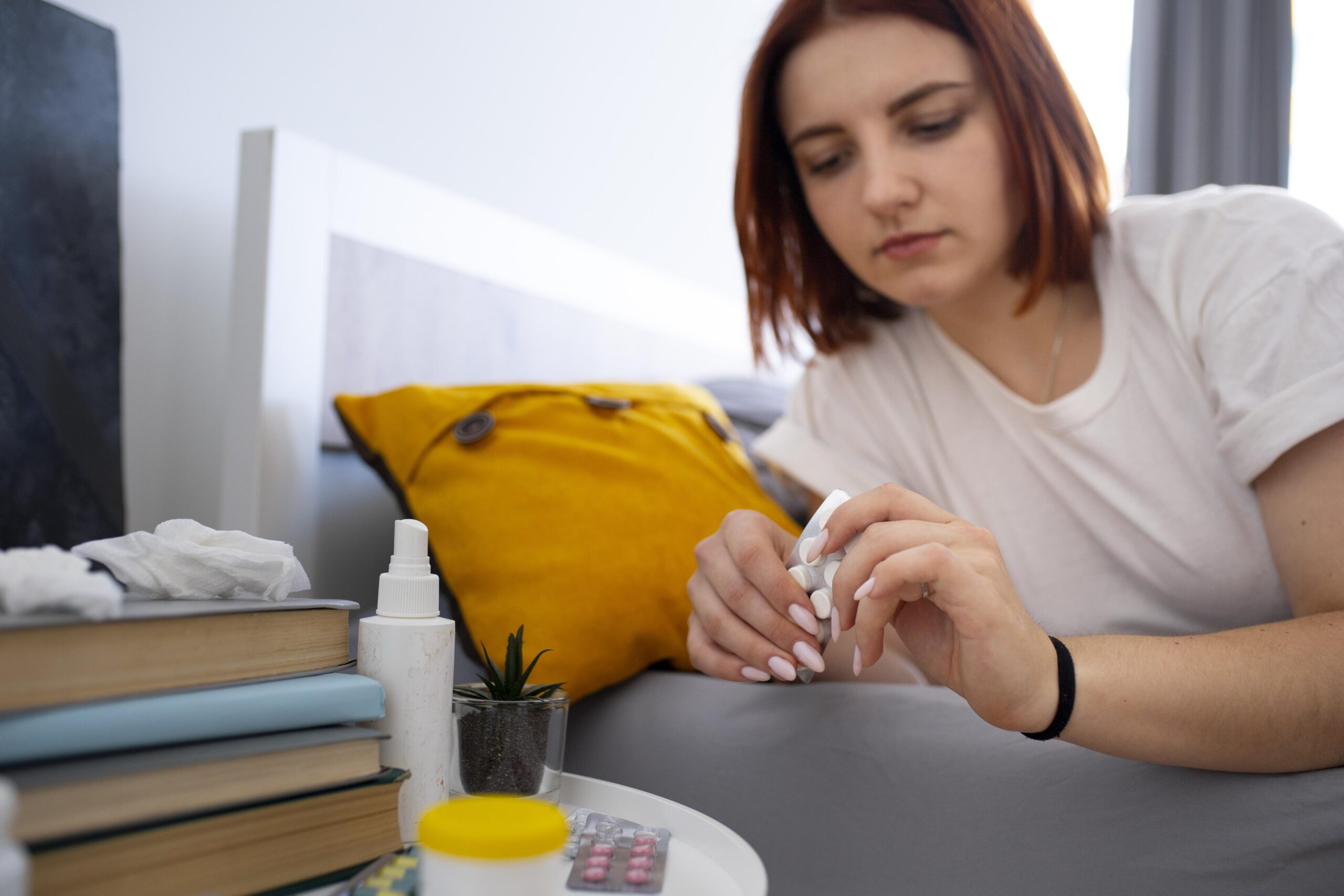
| Contraception | How does it work? |
| Contraceptive patch | The patch releases oestrogen and progesterone. This prevents pregnancies by stopping the egg from being released by the ovaries. You put the small patch on your skin You change the patch once a week If used correctly – 99% effective |
| Vaginal ring | The ring releases progesterone and oestrogen. This tells the ovaries to not release an egg. the ring is around 5cm and it is a soft plastic you put it in your vagina and change it every three weeks it is 99% effective if used properly |
| Condoms | easy to use and find relatively cheap protection against sexually transmitted diseases |
| Copper IUD | 99% effective and you do not need to think about it for many years after it is inserted fertility quickly goes back to normal after removal it can be used as emergency contraception |
| Diaphragms | reusable immediately effective can be used with spermicide |
| Vaginal Ring | wash your hands before inserting the ring remove the ring after 21 days and wait 7 days before putting a new one on if the ring comes out on its own, wash it with cool water and put it back in within 3 hours |
| Contraceptive Patch | clean the skin and stick the patch on make sure it sticks on properly change the patch every 7 days after 3 weeks of using the patch, have one week when you do not use the patch |
| Risks |
|
| Complications |
|
| Option | Best for | Examples |
| Prescription tablets | Prevention + moderate symptoms | Acetazolamide |
| OTC meds for altitude sickness | Mild headaches, nausea | Ibuprofen, paracetamol, antiemetics |
| Natural remedies | Supportive care only | Ginger, hydration, rest |
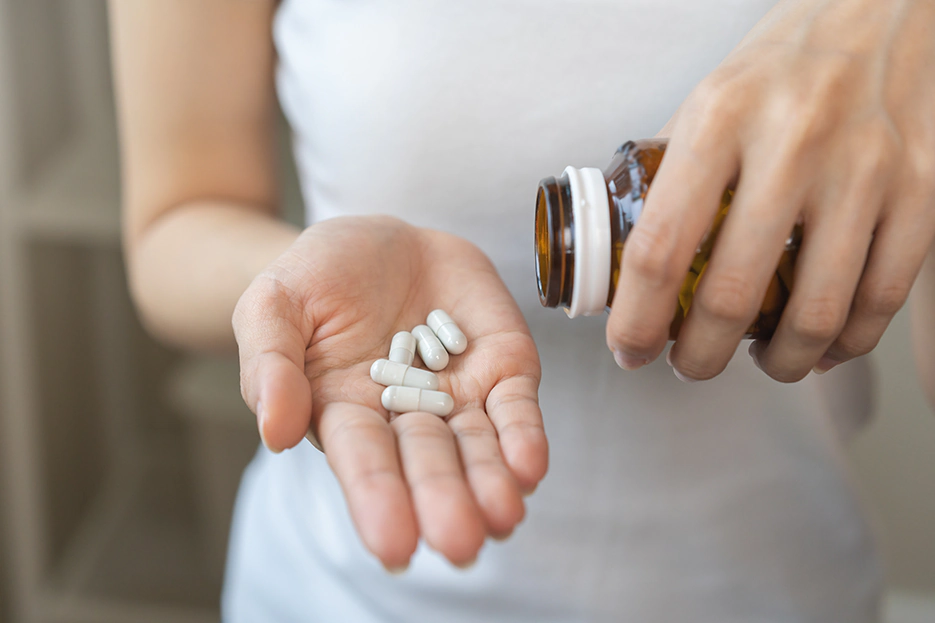
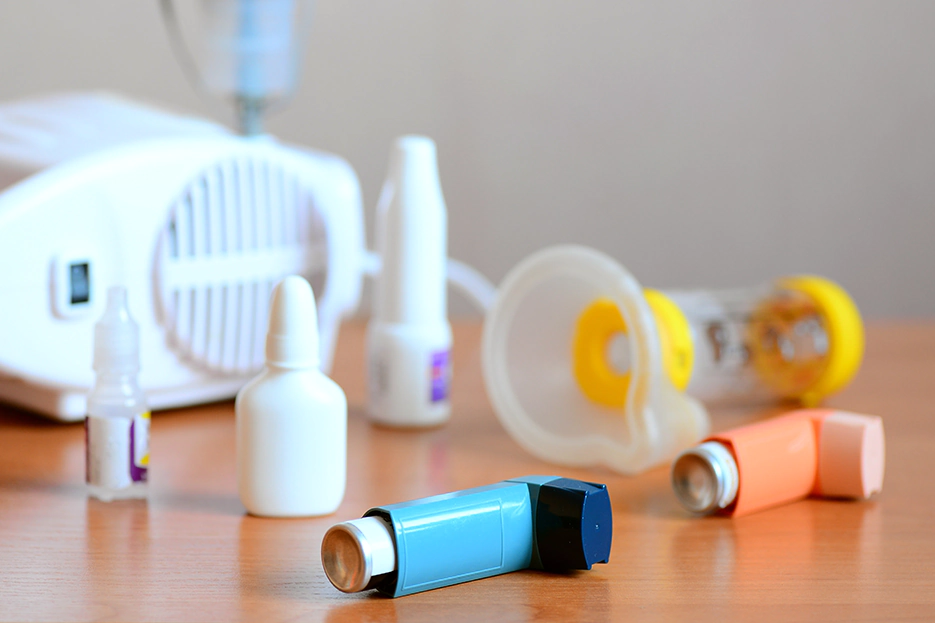
| Medication | Over-The-Counter | Safe When Pregnant?* | Safe When Breastfeeding?* |
| Paracetamol | Yes | Yes | Yes |
| Ibuprofen | Yes | No | Yes |
| Codeine Phosphate | Yes | No | No |
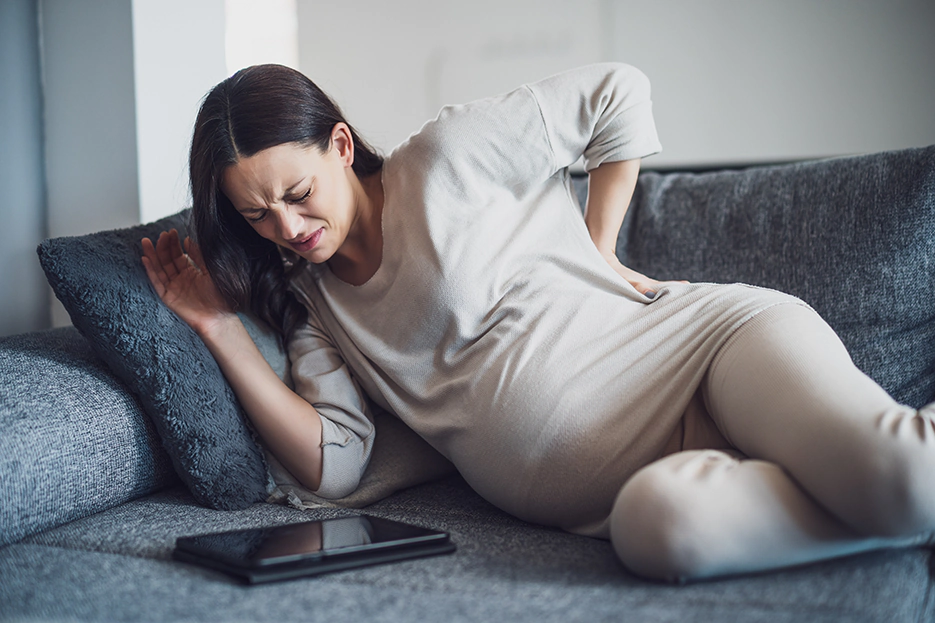 Contraindications For Anti Inflammatories
A contraindication is a reason why a certain treatment or procedure should not be used because it can be harmful to a patient.
Contraindications can be absolute (extremely serious and avoided in all circumstances), or relative (acceptable in certain circumstances if the benefits outweigh the risks).
The most widely used anti-inflammatories are Ibuprofen, Naproxen and Diclofenac. These medications are known as NSAIDs.
Some key contraindications for NSAIDs include (but are not limited to):
Contraindications For Anti Inflammatories
A contraindication is a reason why a certain treatment or procedure should not be used because it can be harmful to a patient.
Contraindications can be absolute (extremely serious and avoided in all circumstances), or relative (acceptable in certain circumstances if the benefits outweigh the risks).
The most widely used anti-inflammatories are Ibuprofen, Naproxen and Diclofenac. These medications are known as NSAIDs.
Some key contraindications for NSAIDs include (but are not limited to):
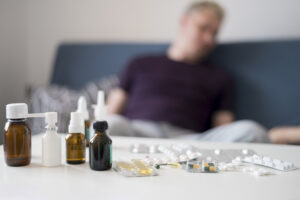
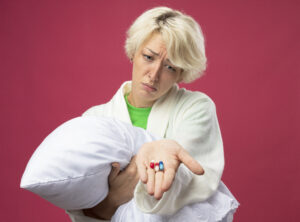
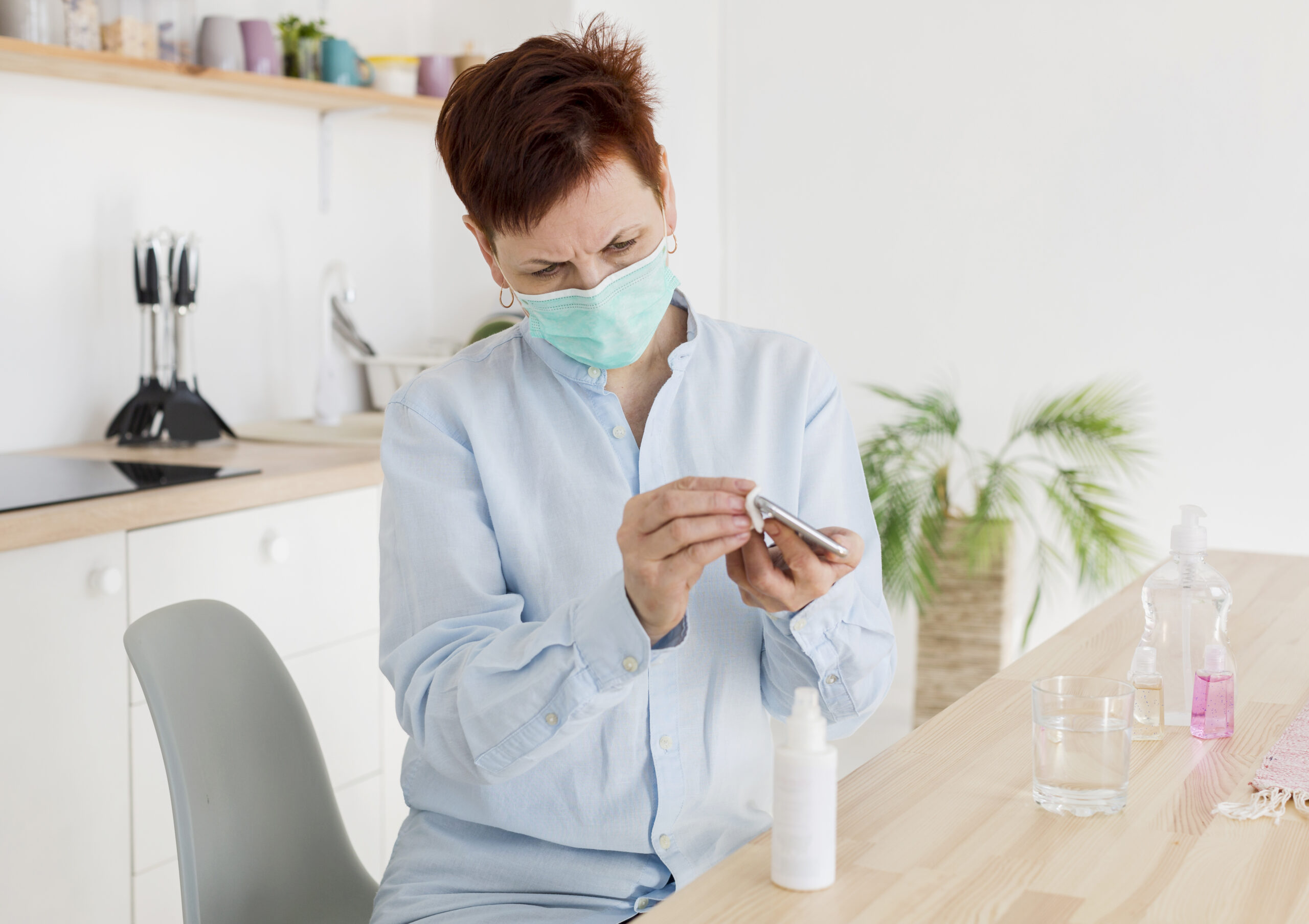
| Colour | Type | Common Brands |
| Blue Inhaler | Reliver Inhaler: Blue inhalers are usually short-acting bronchodilators used to open airways. Reliver inhalers are often appropriate medication for asthma attack. | Ventolin |
| Brown Inhaler | Preventer Inhaler: Brown inhalers usually preventer inhalers. They are used regularly and contain a steroid which helps reduce inflammation of the airways. | Qvar, Clenil-Modulite, Pulmicort |
| Dark Pink / Purple Inhaler | Combination Inhaler: Pink inhalers contain two ingredients, a steroid and a long-acting bronchodilator. This helps reduce swelling and open airways. | Fostair, Seretide |
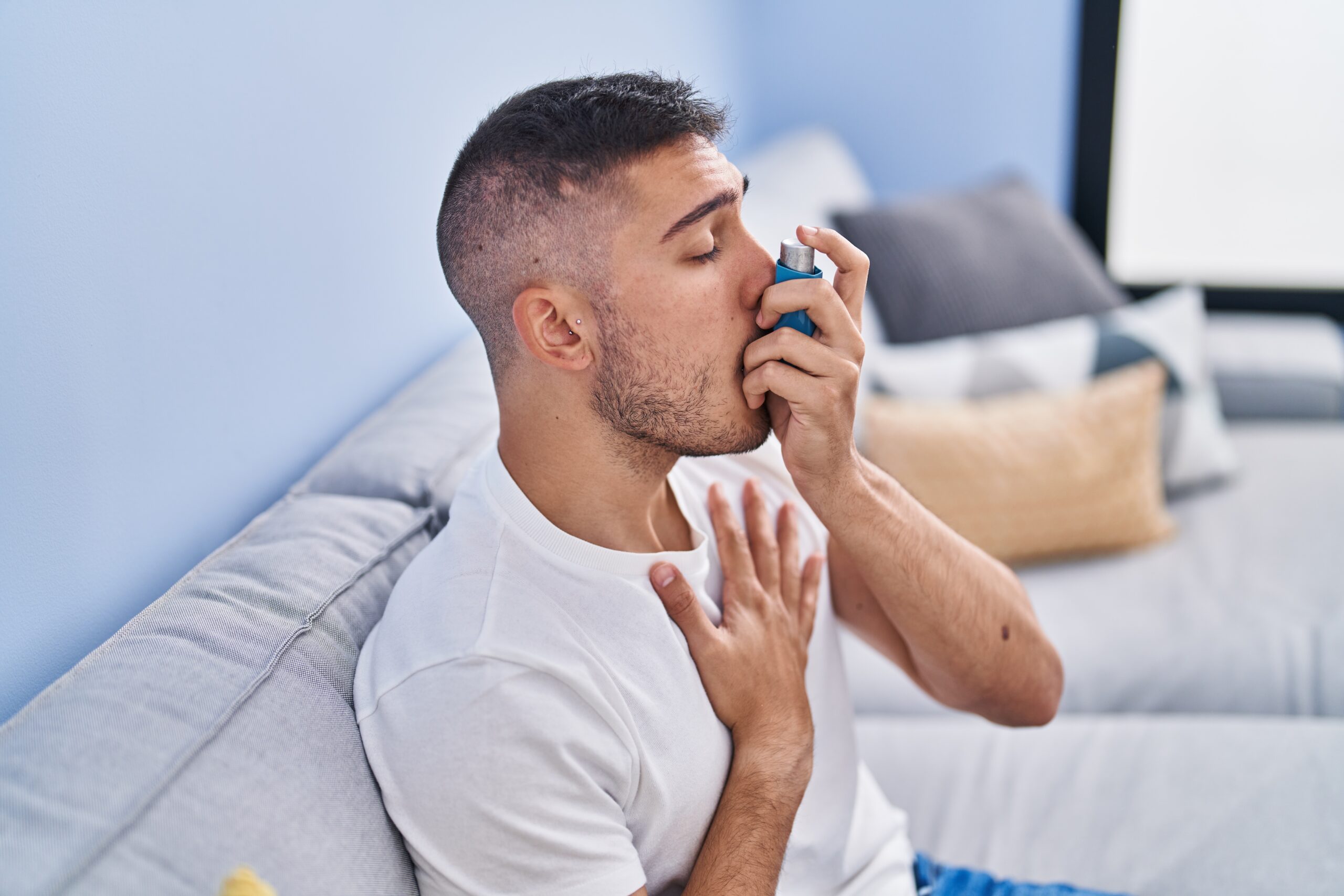 There are various medications for COPD and asthma, each designed to address different aspects of these respiratory conditions. Daily asthma medication and COPD daily medications help prevent inflammation and keep airways open, reducing the frequency of symptoms. Mild COPD medications focus on symptom management and lung function preservation, while medications for severe COPD provide stronger bronchodilation and anti-inflammatory effects to improve breathing.
For those experiencing allergy-induced symptoms, allergic asthma medication helps control immune responses and minimize attacks. Patients with frequent exacerbations may benefit from asthma prevention medication, which includes long-term inhalers and biologic therapies. Understanding the right medications to treat asthma and COPD is key to effective disease management and improved quality of life.
There are various medications for COPD and asthma, each designed to address different aspects of these respiratory conditions. Daily asthma medication and COPD daily medications help prevent inflammation and keep airways open, reducing the frequency of symptoms. Mild COPD medications focus on symptom management and lung function preservation, while medications for severe COPD provide stronger bronchodilation and anti-inflammatory effects to improve breathing.
For those experiencing allergy-induced symptoms, allergic asthma medication helps control immune responses and minimize attacks. Patients with frequent exacerbations may benefit from asthma prevention medication, which includes long-term inhalers and biologic therapies. Understanding the right medications to treat asthma and COPD is key to effective disease management and improved quality of life.
Benign Prostate Enlargement, also known as benign prostatic hyperplasia (BPH), is a common condition among aging men where the prostate gland enlarges, leading to urinary symptoms. As men age, hormonal changes cause the prostate to grow, squeezing the urethra and causing difficulties with urination. Symptoms may include frequent urination, difficulty starting or maintaining urination, weak urine flow, and a feeling of incomplete emptying of the bladder. For those experiencing bothersome symptoms, medication such as Tamsulosin tablets can provide relief. Buy Tamsulosin, which belongs to a class of medications called alpha-blockers, which work by relaxing the muscles in the prostate and bladder neck, making it easier to urinate. It helps to alleviate symptoms such as urinary hesitancy, urgency, and frequency, improving the overall quality of life for individuals dealing with BPH. At Medsforless, we understand the importance of accessible and effective treatment options for conditions like BPH. That’s why we offer Tamsulosin and other medications to help manage symptoms and improve comfort and well-being. For additional information and treatments regarding men’s health, visit our mens health section.
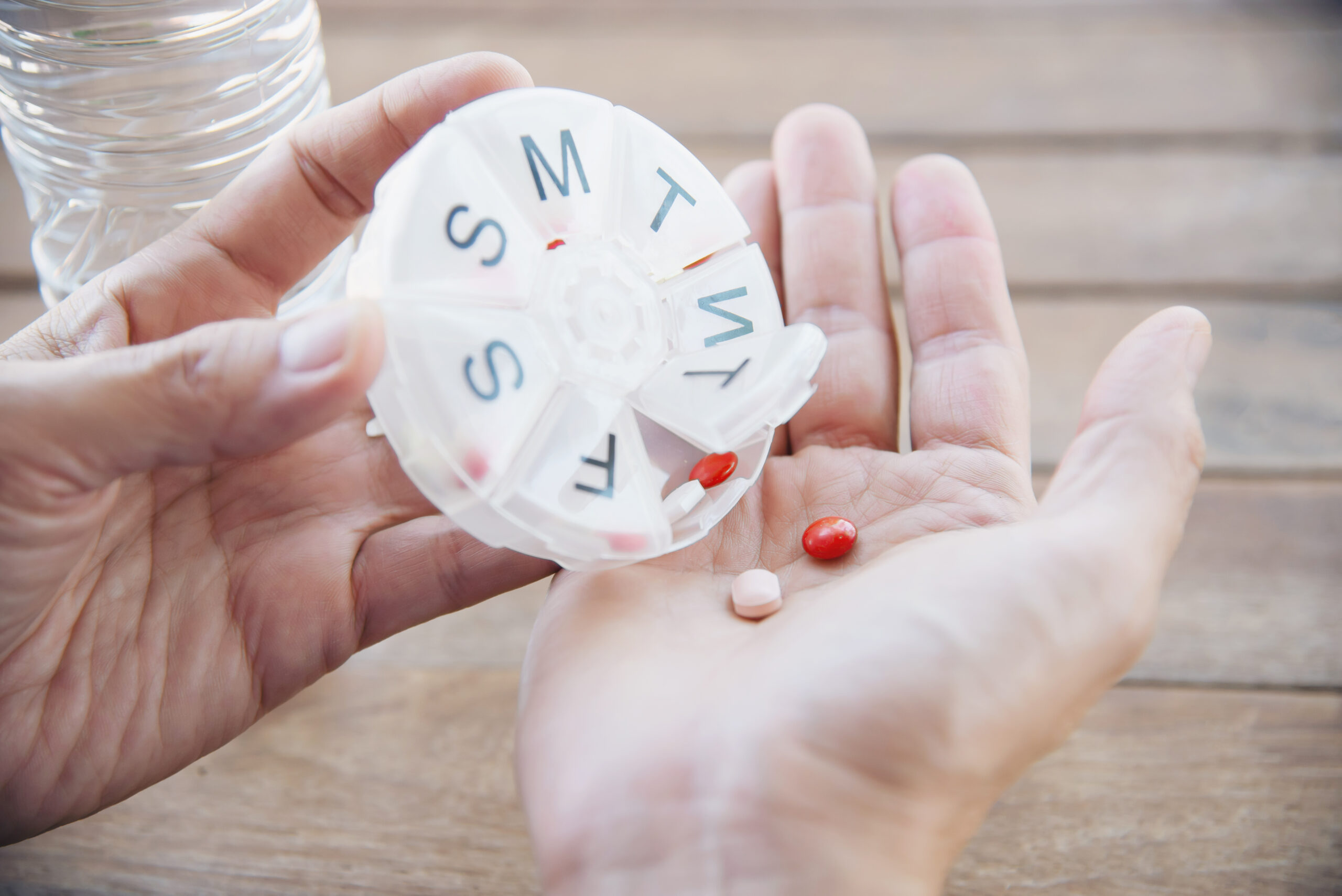 In males:
In males:
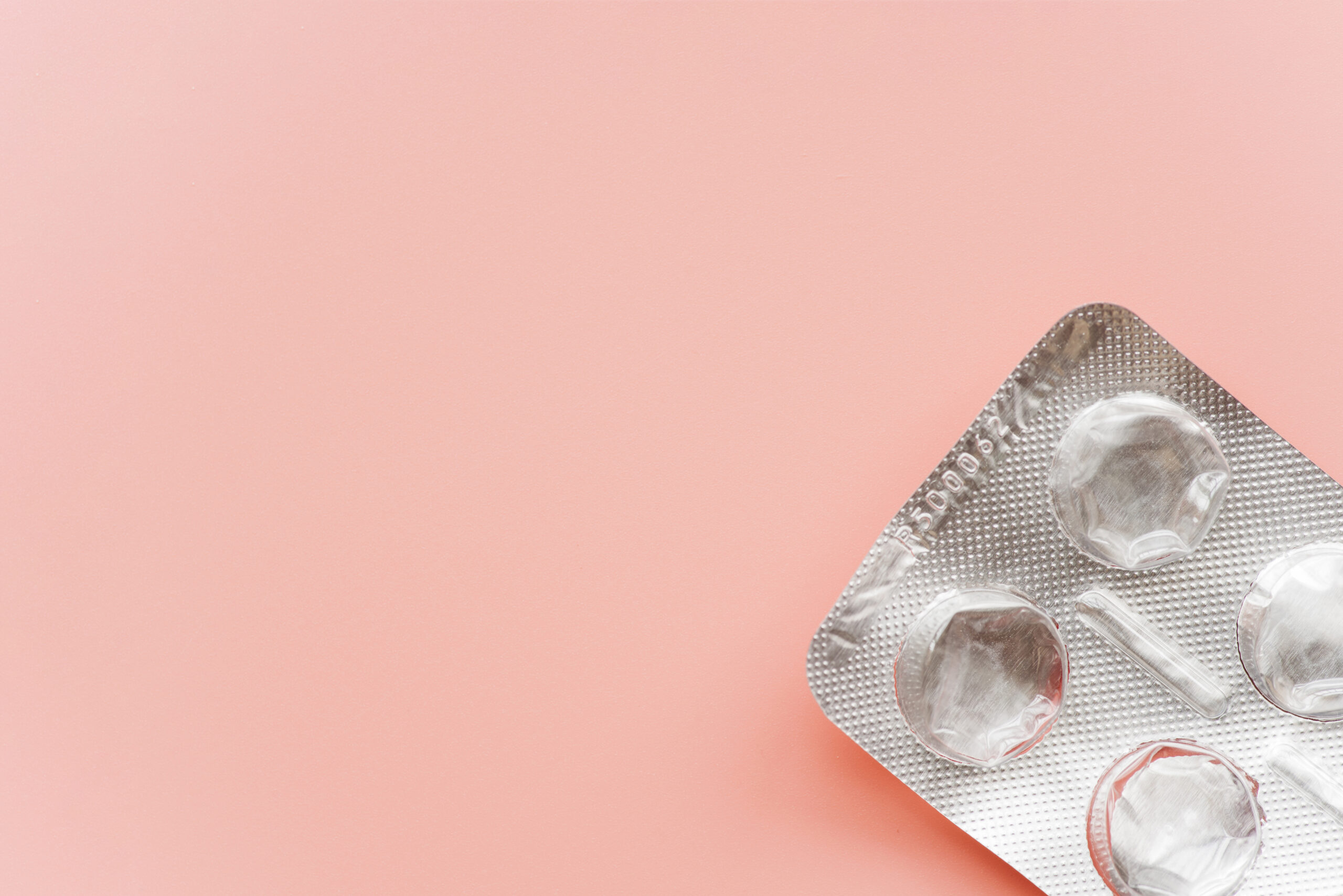
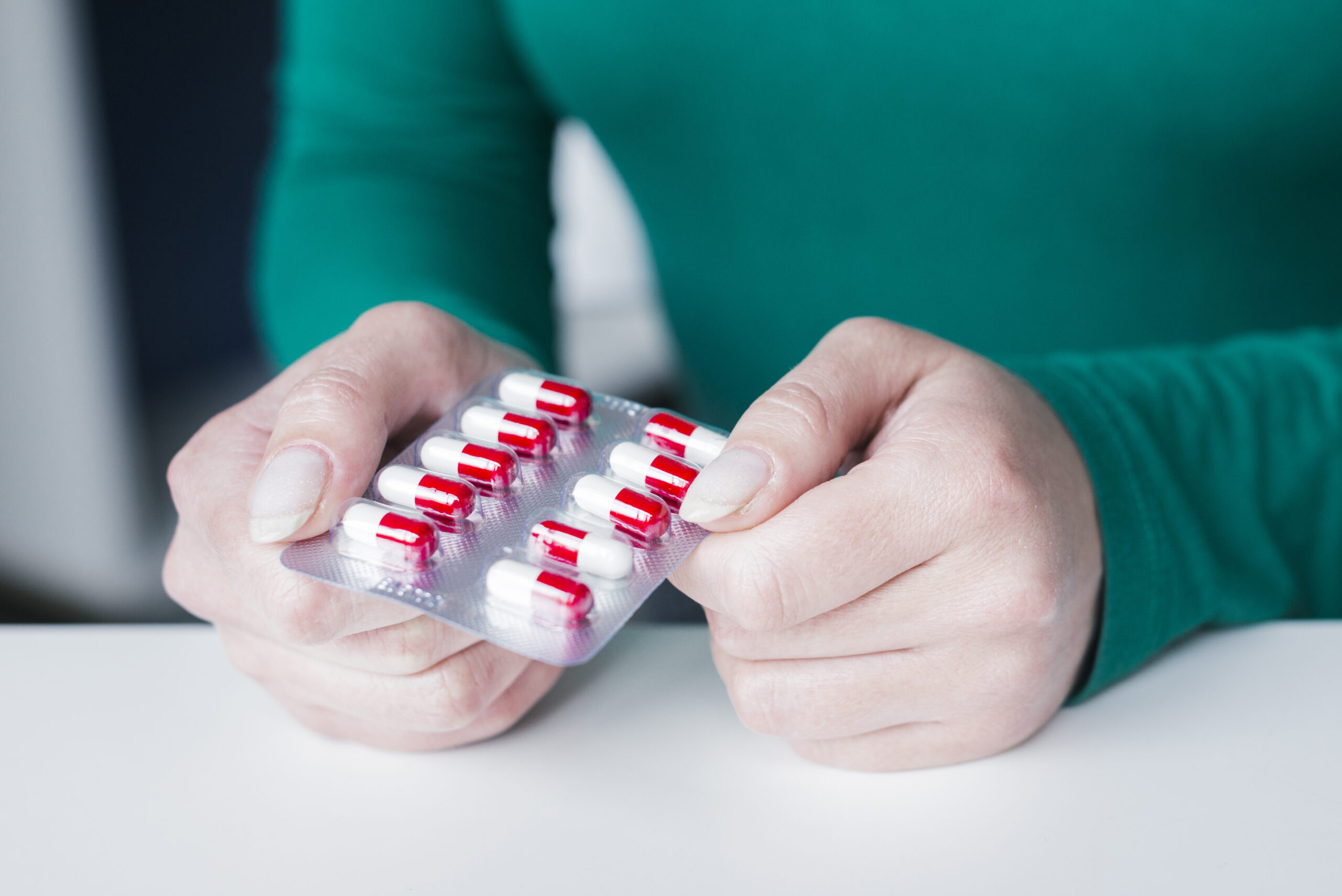
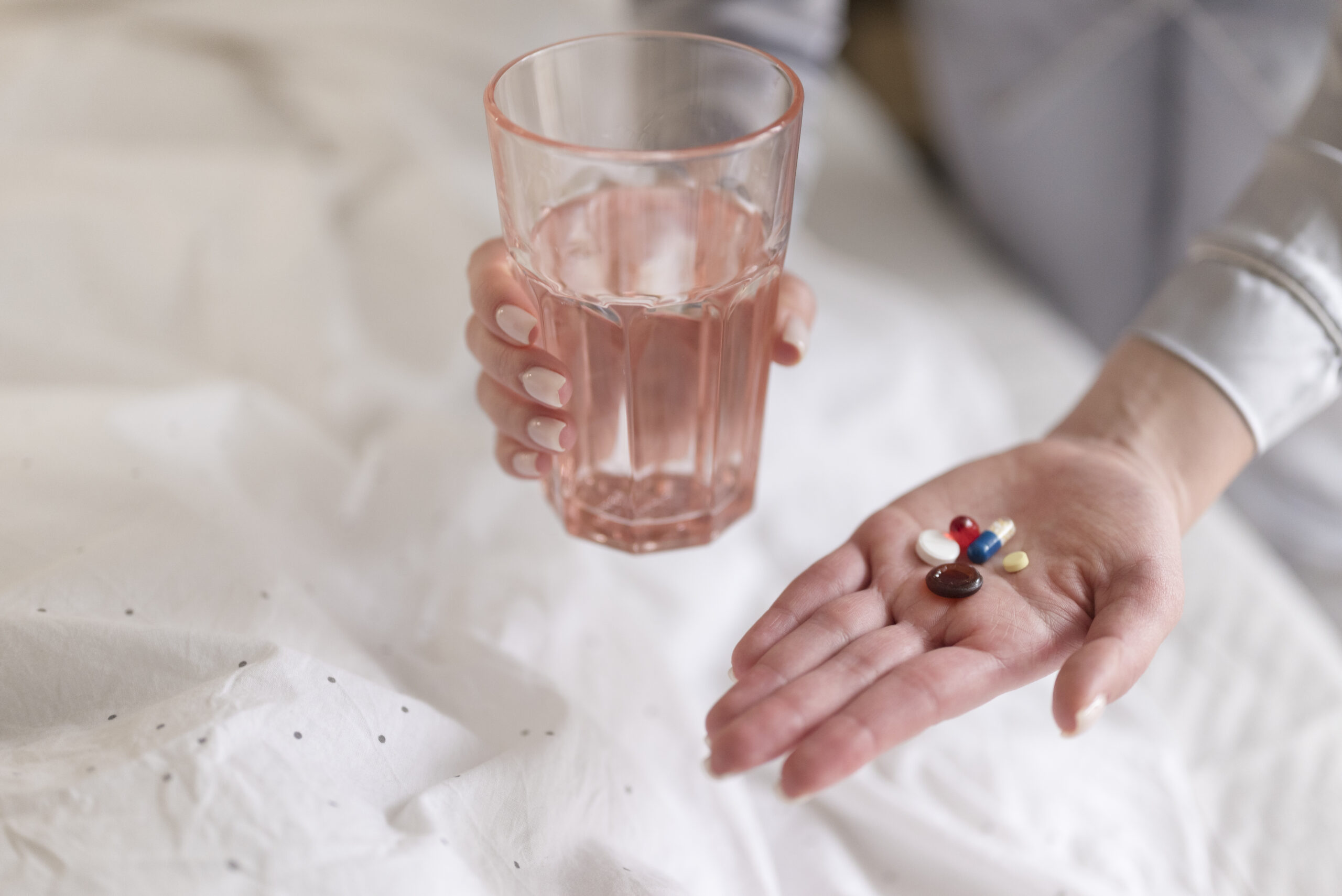
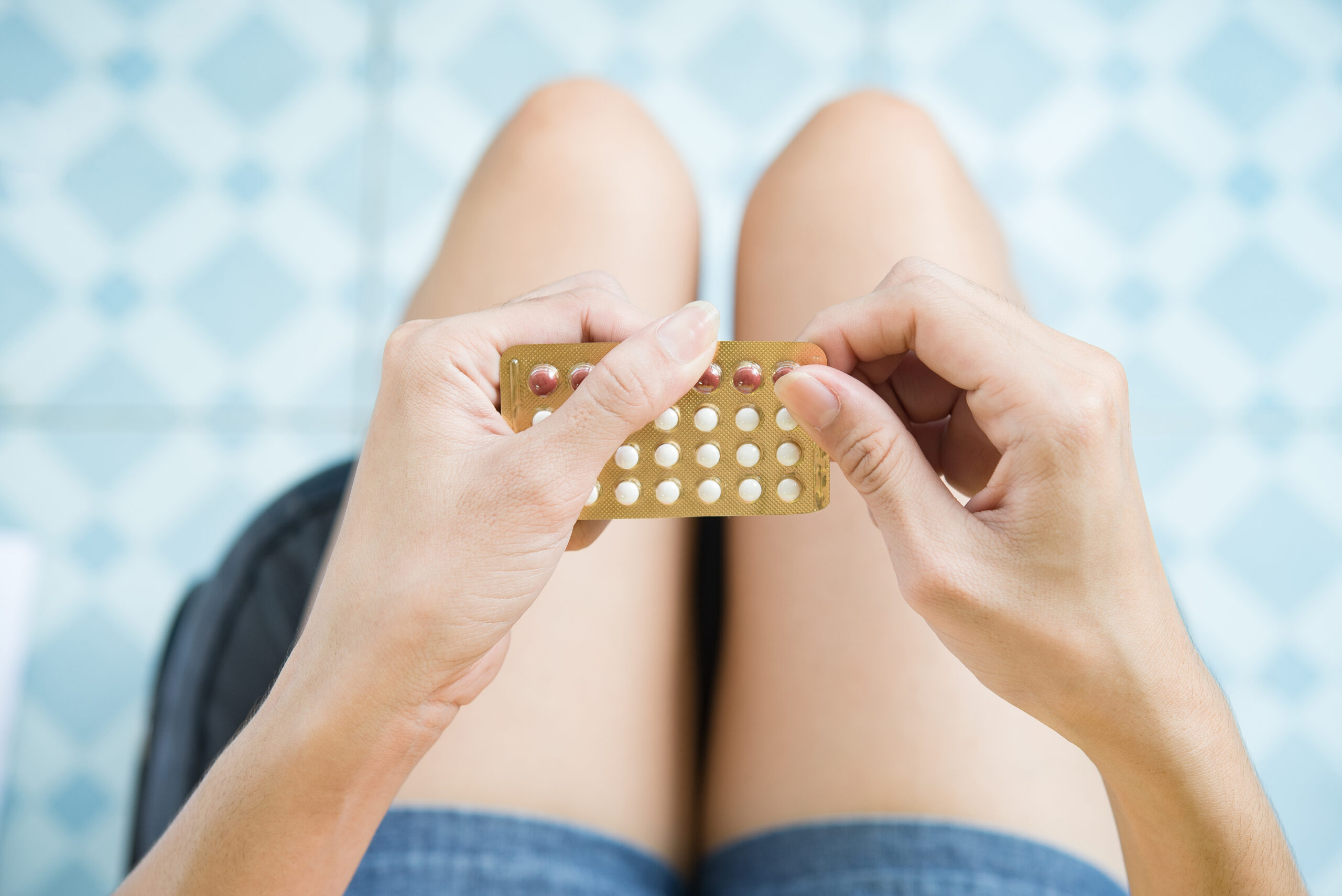 Healthcare professionals recommend retesting for chlamydia three months after completing a full course of medication of chlamydia, especially for individuals who had no symptoms initially. This is crucial because chlamydia meds treat the infection effectively, but reinfection can occur if a sexual partner remains untreated. If symptoms persist or return despite taking meds for chlamydia, it could indicate reinfection, incorrect medication use, or antibiotic resistance, requiring further medical evaluation.
To prevent reinfection, both partners should complete their prescribed chlamydia medications and avoid sexual contact until treatment is fully completed. Safe sexual practices and regular STI testing can help reduce the risk of recurrence and maintain overall sexual health.
Healthcare professionals recommend retesting for chlamydia three months after completing a full course of medication of chlamydia, especially for individuals who had no symptoms initially. This is crucial because chlamydia meds treat the infection effectively, but reinfection can occur if a sexual partner remains untreated. If symptoms persist or return despite taking meds for chlamydia, it could indicate reinfection, incorrect medication use, or antibiotic resistance, requiring further medical evaluation.
To prevent reinfection, both partners should complete their prescribed chlamydia medications and avoid sexual contact until treatment is fully completed. Safe sexual practices and regular STI testing can help reduce the risk of recurrence and maintain overall sexual health.
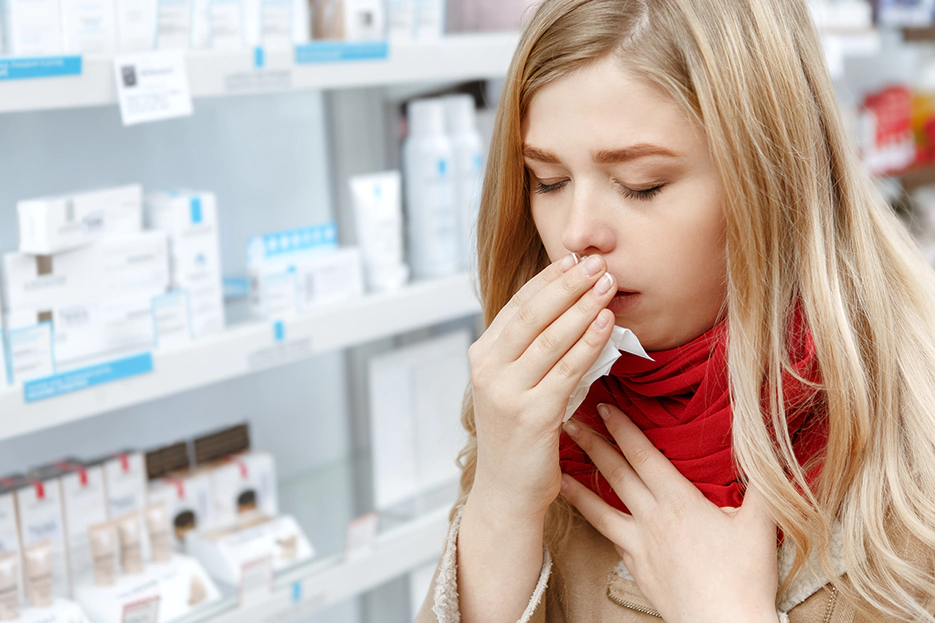 The symptoms of the common cold include:
The symptoms of the common cold include:
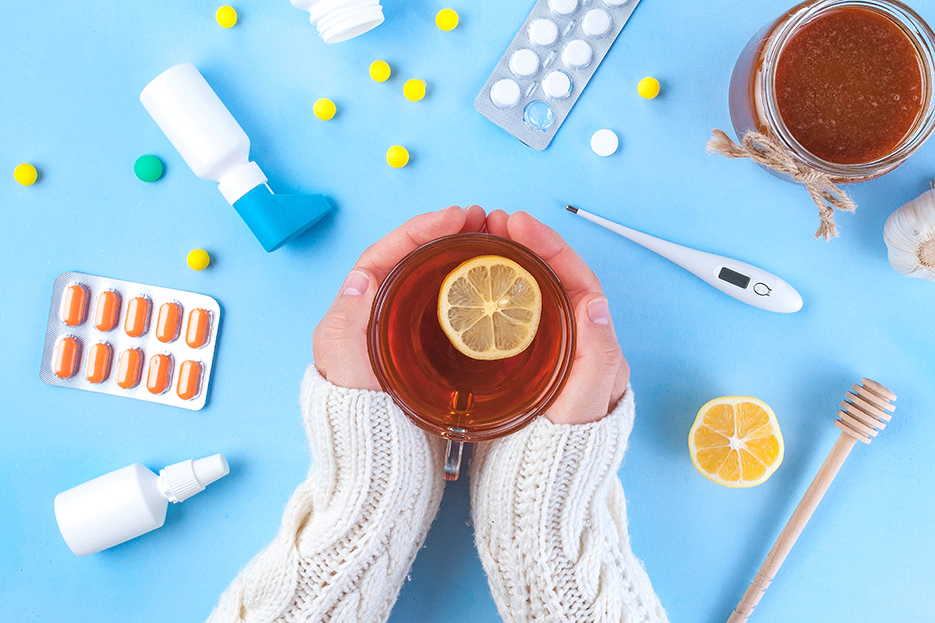
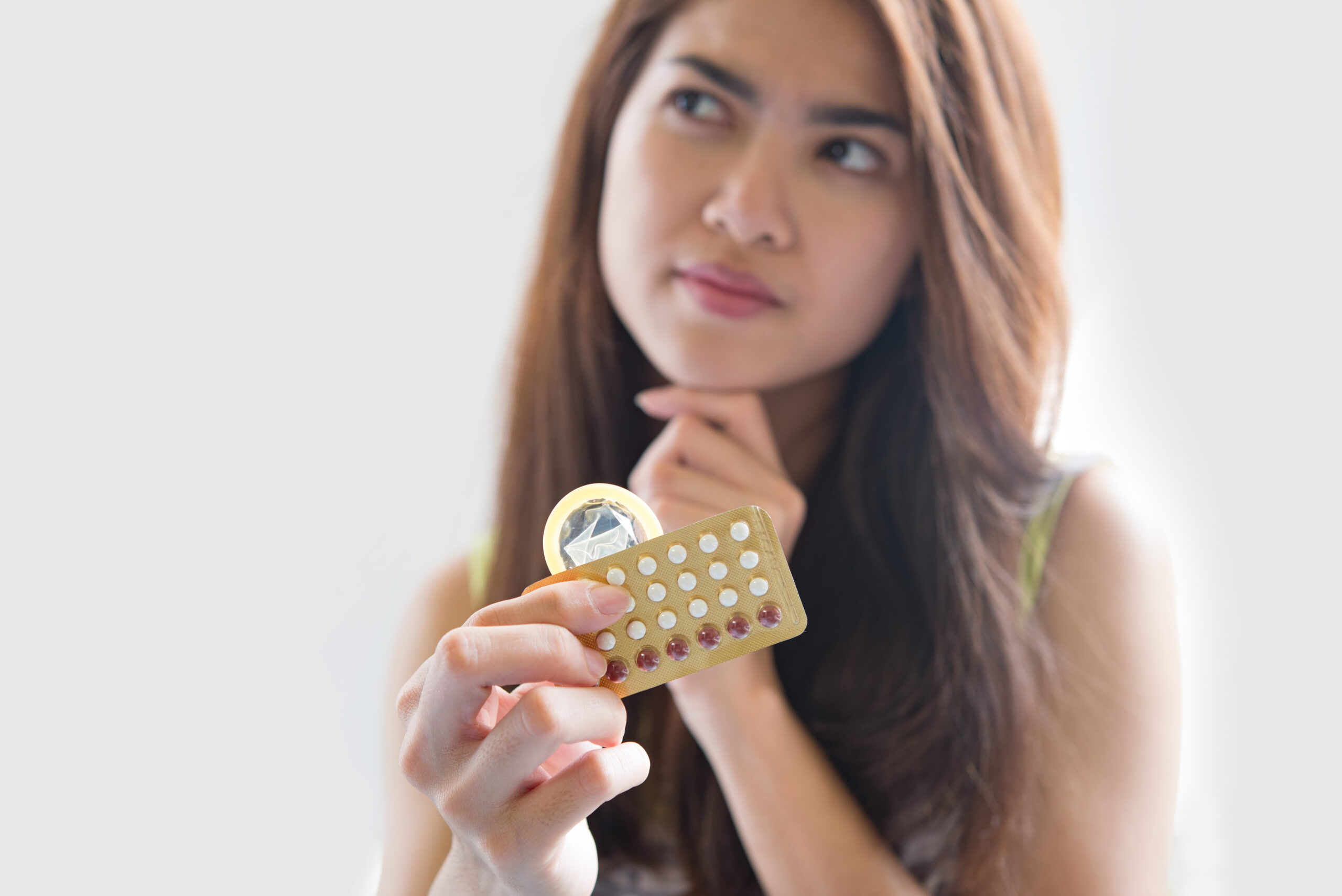
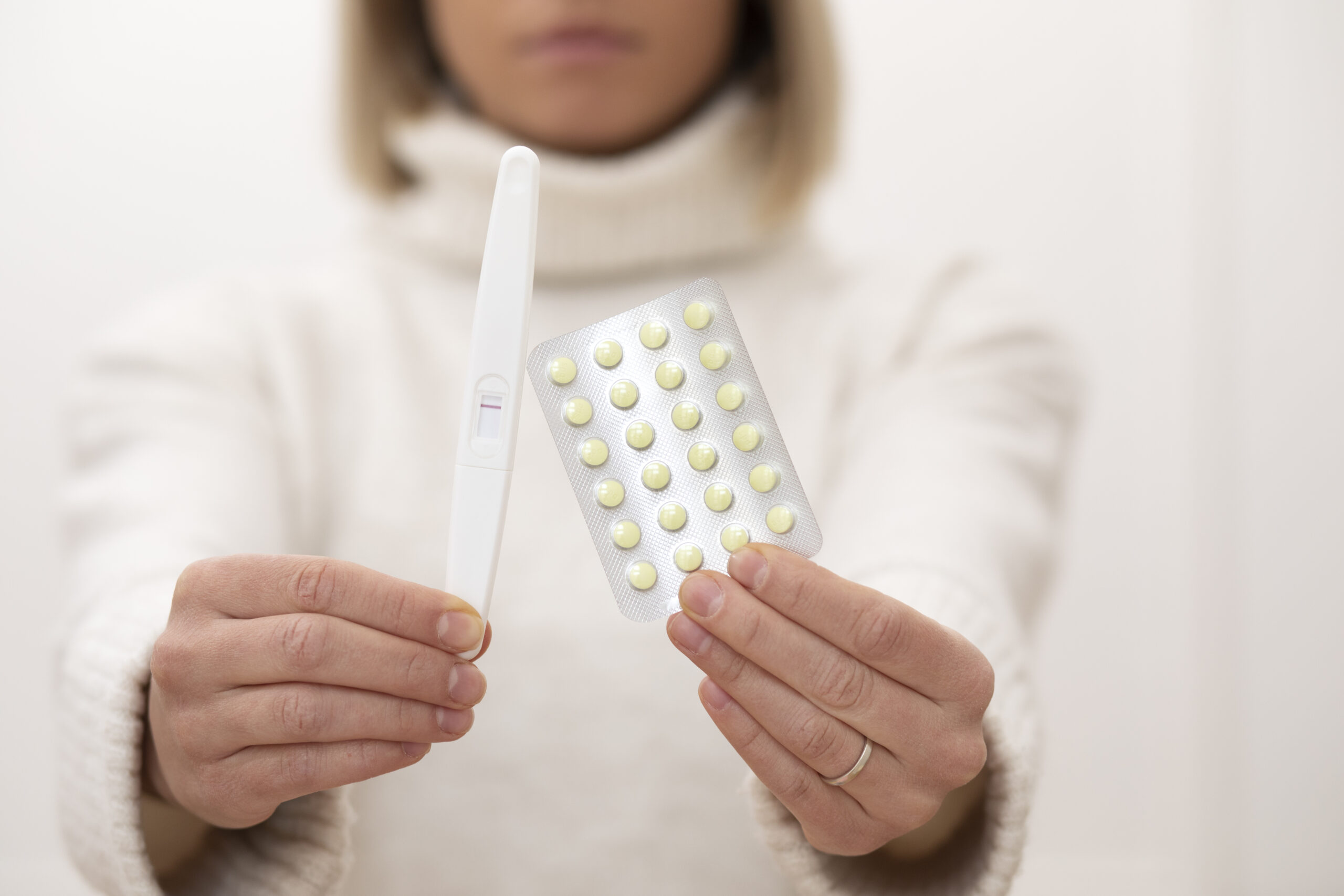 The combined contraceptive pill contains both estrogen and progestin and is suitable for most women. Its benefits include pregnancy prevention, regulation of menstrual cycle and reduction of acne and period pains.
The combined anticonception pill, however, is not suitable for smokers or ex-smokers over the age of 35, women with a history of blood clots, strokes or heart disease and those who experience migraines.
The Progesterone Only Pill (POP) contains only progestin and is more suitable for breastfeeding women, women who cannot tolerate oestrogen and those with a history of blood clots.
The POP requires stricter and more regimented timing when taking and hence the combined pill is more suitable for women who would like some laxity in their schedule.
The combined pill allows monthly bleeding in a controlled way during the “pill free week” allowing you to consciously regulate your cycle and to continue having your periods.
If you wish to skip periods then its most optimal choice would be Progesterone only Pills (norethisterone), however continuous use of combined pills or extended cycle pills can also achieve this function.
As for reproductive goals and returning fertility soon after stopping the pill, the progestin-only pill allows fertility to return immediately after discontinuation, whereas the combined pill allows fertility to return a few weeks to months after stopping the pill.
Some common side effects of the combined pill include Nausea, breast tenderness, headaches or mild weight changes. Whereas side effects of the progesterone only pills include irregular bleeding or spotting.
Each contraceptives pill for women has unique benefits depending on personal health factors and hormonal response. Consulting with a doctor helps identify which formulation suits your body and lifestyle best.
Please speak to your healthcare provider about your individual lifestyle, health status, reproductive goals, side effect profiles and which contraceptive pill is accordingly right for you.
The combined contraceptive pill contains both estrogen and progestin and is suitable for most women. Its benefits include pregnancy prevention, regulation of menstrual cycle and reduction of acne and period pains.
The combined anticonception pill, however, is not suitable for smokers or ex-smokers over the age of 35, women with a history of blood clots, strokes or heart disease and those who experience migraines.
The Progesterone Only Pill (POP) contains only progestin and is more suitable for breastfeeding women, women who cannot tolerate oestrogen and those with a history of blood clots.
The POP requires stricter and more regimented timing when taking and hence the combined pill is more suitable for women who would like some laxity in their schedule.
The combined pill allows monthly bleeding in a controlled way during the “pill free week” allowing you to consciously regulate your cycle and to continue having your periods.
If you wish to skip periods then its most optimal choice would be Progesterone only Pills (norethisterone), however continuous use of combined pills or extended cycle pills can also achieve this function.
As for reproductive goals and returning fertility soon after stopping the pill, the progestin-only pill allows fertility to return immediately after discontinuation, whereas the combined pill allows fertility to return a few weeks to months after stopping the pill.
Some common side effects of the combined pill include Nausea, breast tenderness, headaches or mild weight changes. Whereas side effects of the progesterone only pills include irregular bleeding or spotting.
Each contraceptives pill for women has unique benefits depending on personal health factors and hormonal response. Consulting with a doctor helps identify which formulation suits your body and lifestyle best.
Please speak to your healthcare provider about your individual lifestyle, health status, reproductive goals, side effect profiles and which contraceptive pill is accordingly right for you.
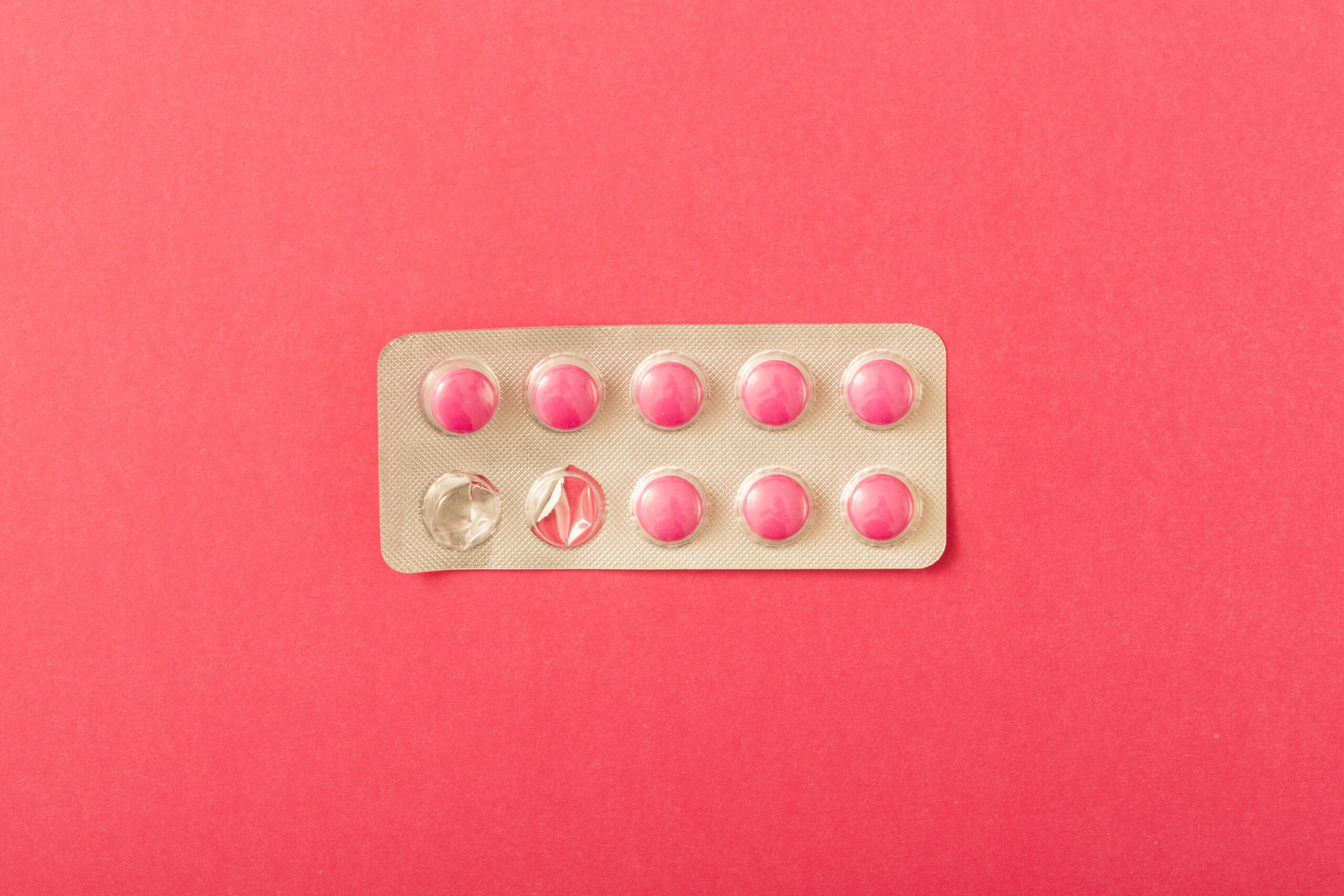
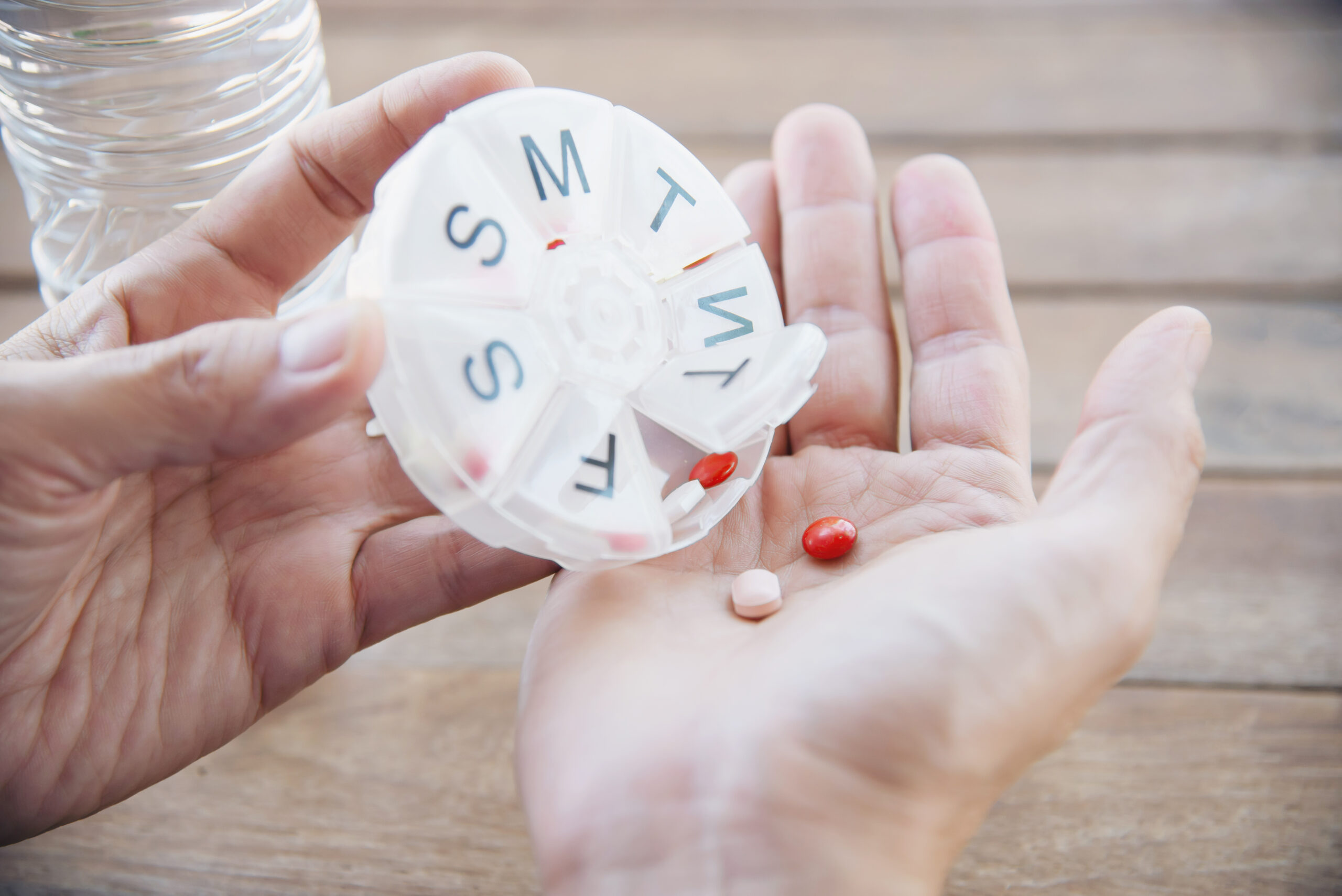 Check out our catalogue of diabetic medications at our website for Meds For Less.
Diabetes Mellitus is a chronic medical condition that occurs when the body cannot properly regulate blood sugar. Blood sugar (glucose) is necessary to provide energy for proper body and cellular function.
Diabetes is caused by problems with insulin (a hormone made by the pancreas to make the body respond to blood sugar). There are two main types of diabetes:
Type 1 Diabetes: A condition caused when insulin producing cells in the pancreas (beta cells) are destroyed causing insufficient insulin in the body to regulate blood glucose.
Type 2 Diabetes: A condition that occurs when the body’s cells don’t respond to insulin as they are desensitised due to the excess production, because of chronically raised blood glucose levels.
There are some other types of diabetes such as gestational diabetes (which occurs in pregnancy) or diabetes insipidus, a condition caused by problems with regulating urine concentrations of the body.
Diabetes insipidus does not arise due to a problem with regulating blood glucose levels, and gestational diabetes is transient diabetes that arises and lasts during pregnancy.
Check out our catalogue of diabetic medications at our website for Meds For Less.
Diabetes Mellitus is a chronic medical condition that occurs when the body cannot properly regulate blood sugar. Blood sugar (glucose) is necessary to provide energy for proper body and cellular function.
Diabetes is caused by problems with insulin (a hormone made by the pancreas to make the body respond to blood sugar). There are two main types of diabetes:
Type 1 Diabetes: A condition caused when insulin producing cells in the pancreas (beta cells) are destroyed causing insufficient insulin in the body to regulate blood glucose.
Type 2 Diabetes: A condition that occurs when the body’s cells don’t respond to insulin as they are desensitised due to the excess production, because of chronically raised blood glucose levels.
There are some other types of diabetes such as gestational diabetes (which occurs in pregnancy) or diabetes insipidus, a condition caused by problems with regulating urine concentrations of the body.
Diabetes insipidus does not arise due to a problem with regulating blood glucose levels, and gestational diabetes is transient diabetes that arises and lasts during pregnancy.
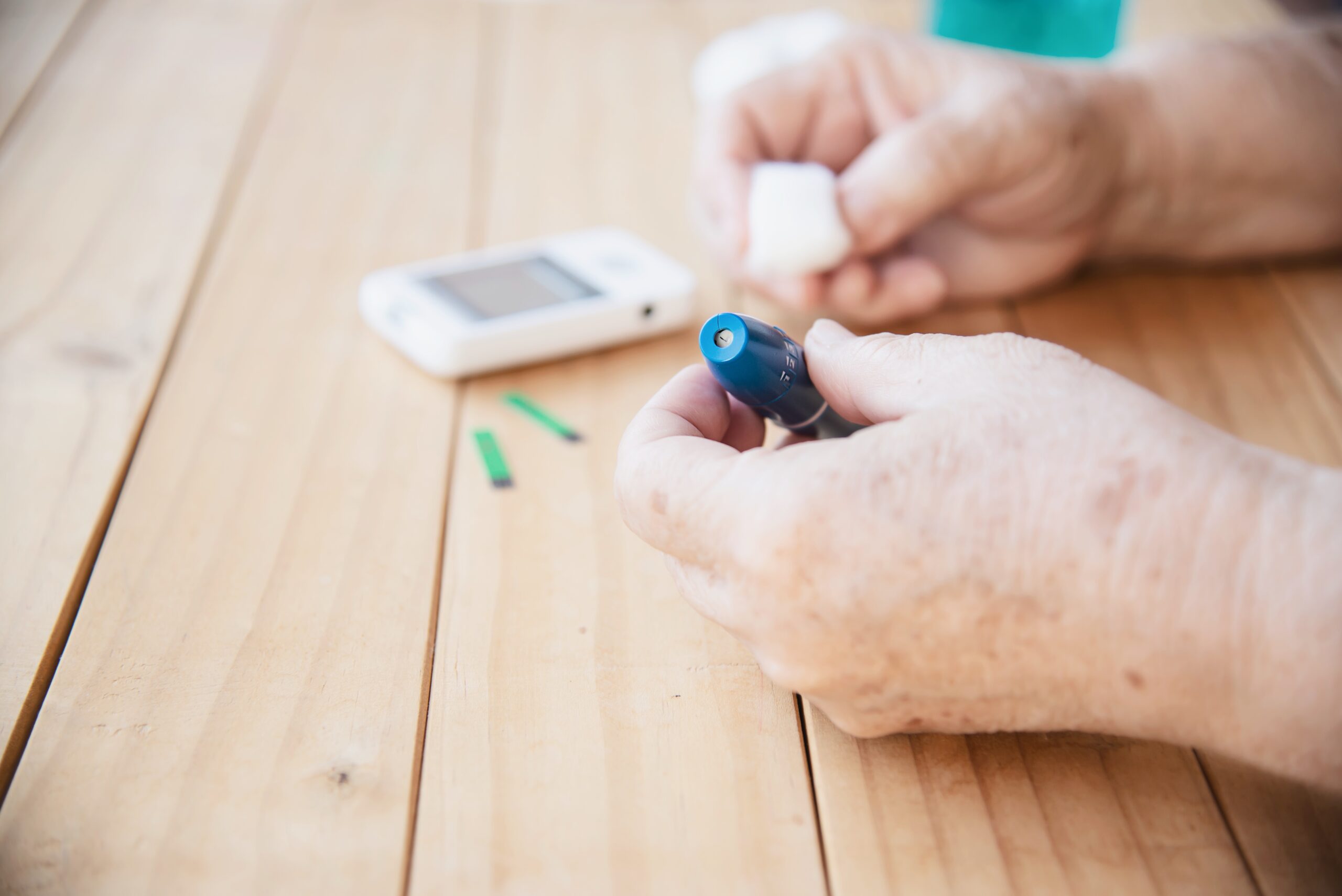
| Panty liners | Thin pads that you stick to underwear Suitable for light discharge e.g towards the end of your period or as a backup to use with tampons Single use |
| Sanitary pads | An absorbent pad that you stick to underwear Absorbs and catches period flow Range of levels for how absorbent it is and how much of your underwear it covers Single use |
| Tampons | Absorbent and cylindrical shaped product Inserted into the vagina to absorb flow (Can be with or without an applicator) Range of levels for how absorbent it is Single use |
| Menstrual cups | Silicone cup Inserted into vagina Creates a suction to collect blood Reusable |
| Feminine Hygiene product | Pros | Cons | |
| Pads | Panty liners | Easy to find Easy to use Different absorbency for different flow Relatively cheap | Not as good for active lifestyles (flow may leak through) Single use and creates large amounts of waste |
| Regular pads | |||
| Overnight pads | |||
| Tampons | Regular tampons | Easy to find Different absorbency for different flow Good for active lifestyles Relatively cheap | Initially tampons can be hard to use Single use and creates large amounts of waste |
| Heavy tampons | |||
| Menstrual cups | Not as easy to find Good for active lifestyles Reusable, sustainable option | You might find the menstrual cup hard to use when you start More expensive than the other options initially | |
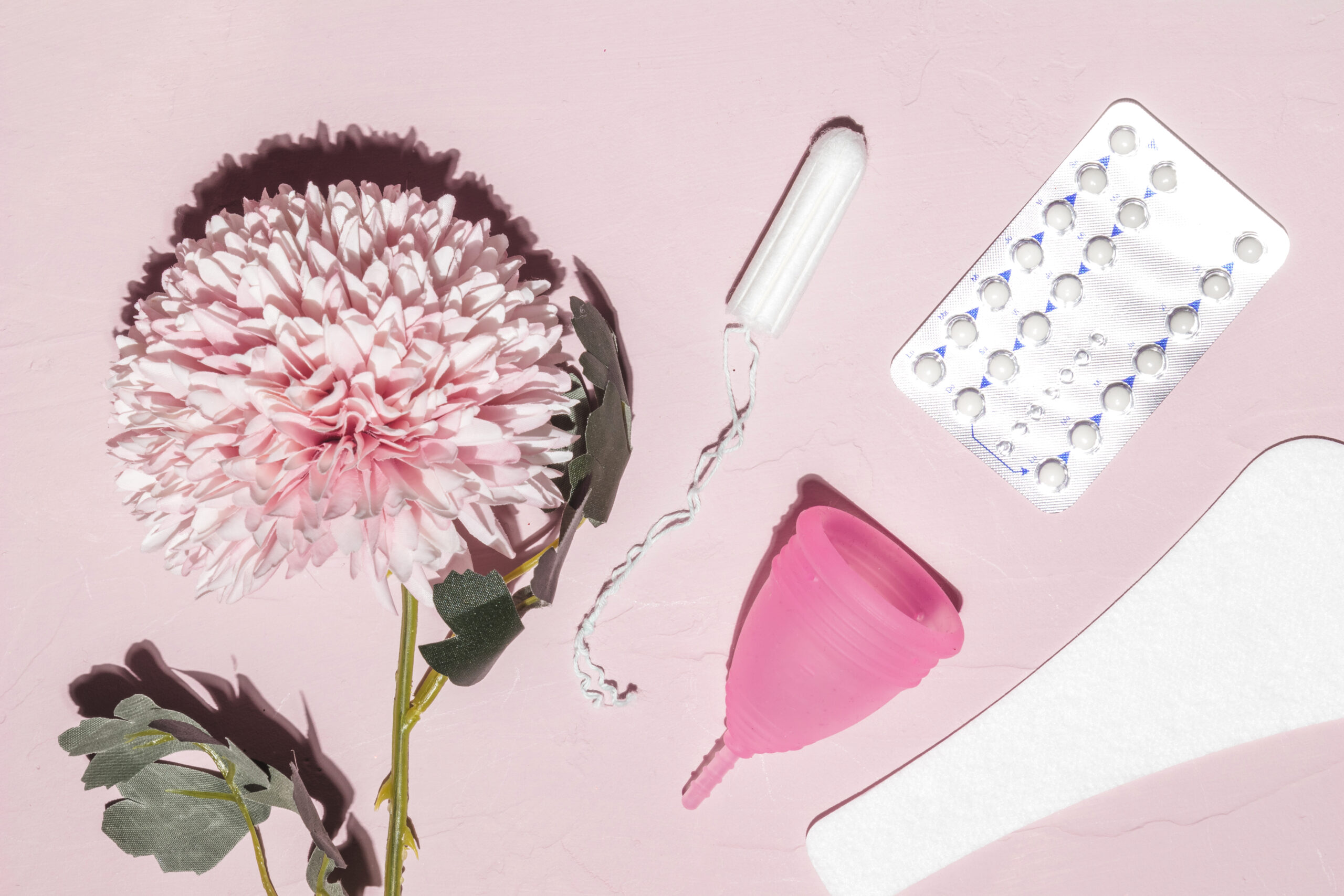 – During light flow
– During light flow
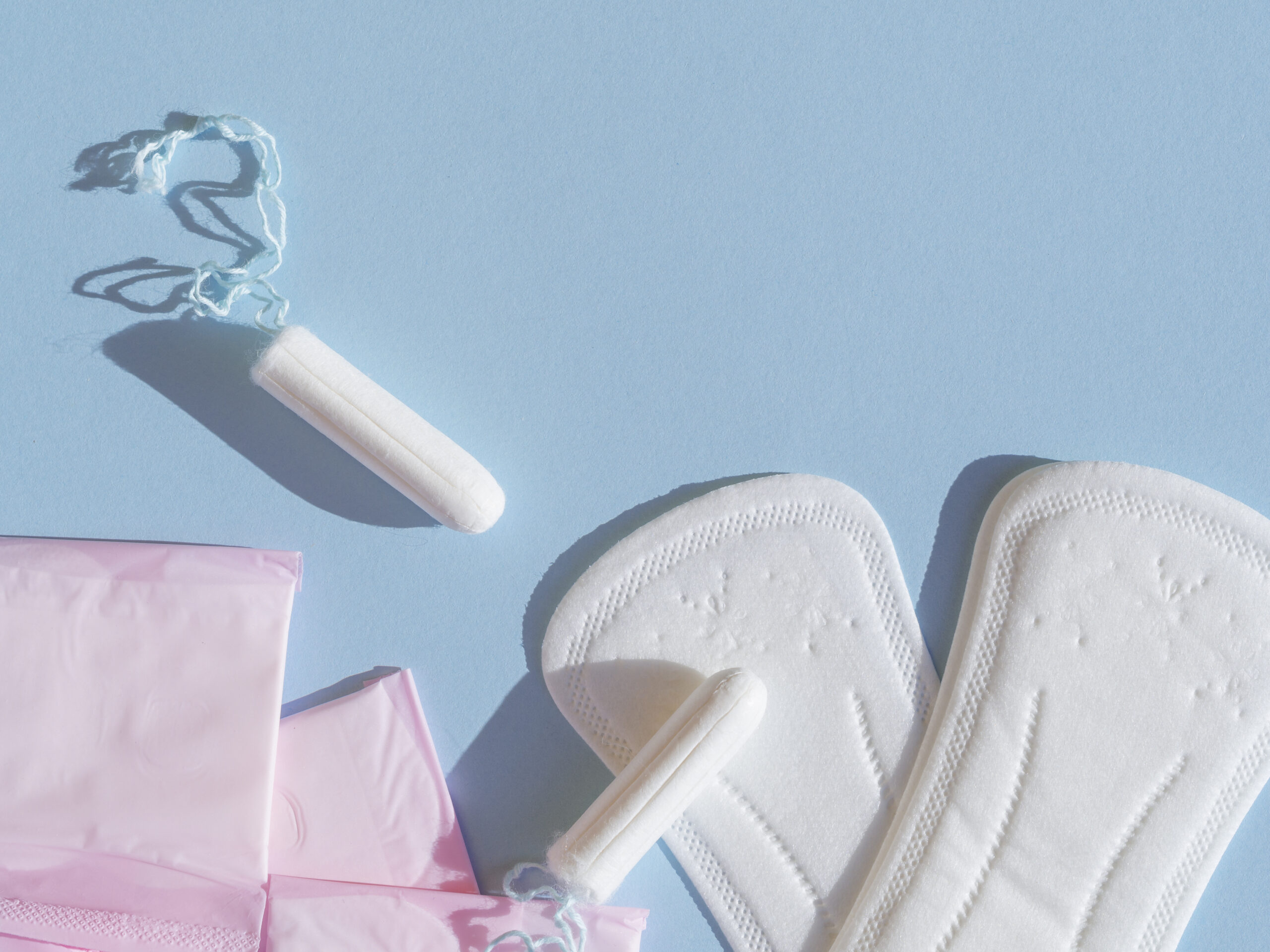 Many people still hold outdated beliefs about what a feminine hygiene product can or should be. For instance, some assume that only disposable options like pads or tampons are hygienic, while reusable options are unsafe — which is not true. Similarly, there is a myth that all female sanitary products contain harmful chemicals, despite the wide availability of organic and dermatologically tested options on the market.
Another misconception is that you must use the same type of product throughout your cycle. In reality, your needs can change daily, and it’s normal to mix products — using panty liners one day and a menstrual cup the next. Education about these myths helps individuals make more informed and personalised choices.
Many people still hold outdated beliefs about what a feminine hygiene product can or should be. For instance, some assume that only disposable options like pads or tampons are hygienic, while reusable options are unsafe — which is not true. Similarly, there is a myth that all female sanitary products contain harmful chemicals, despite the wide availability of organic and dermatologically tested options on the market.
Another misconception is that you must use the same type of product throughout your cycle. In reality, your needs can change daily, and it’s normal to mix products — using panty liners one day and a menstrual cup the next. Education about these myths helps individuals make more informed and personalised choices.
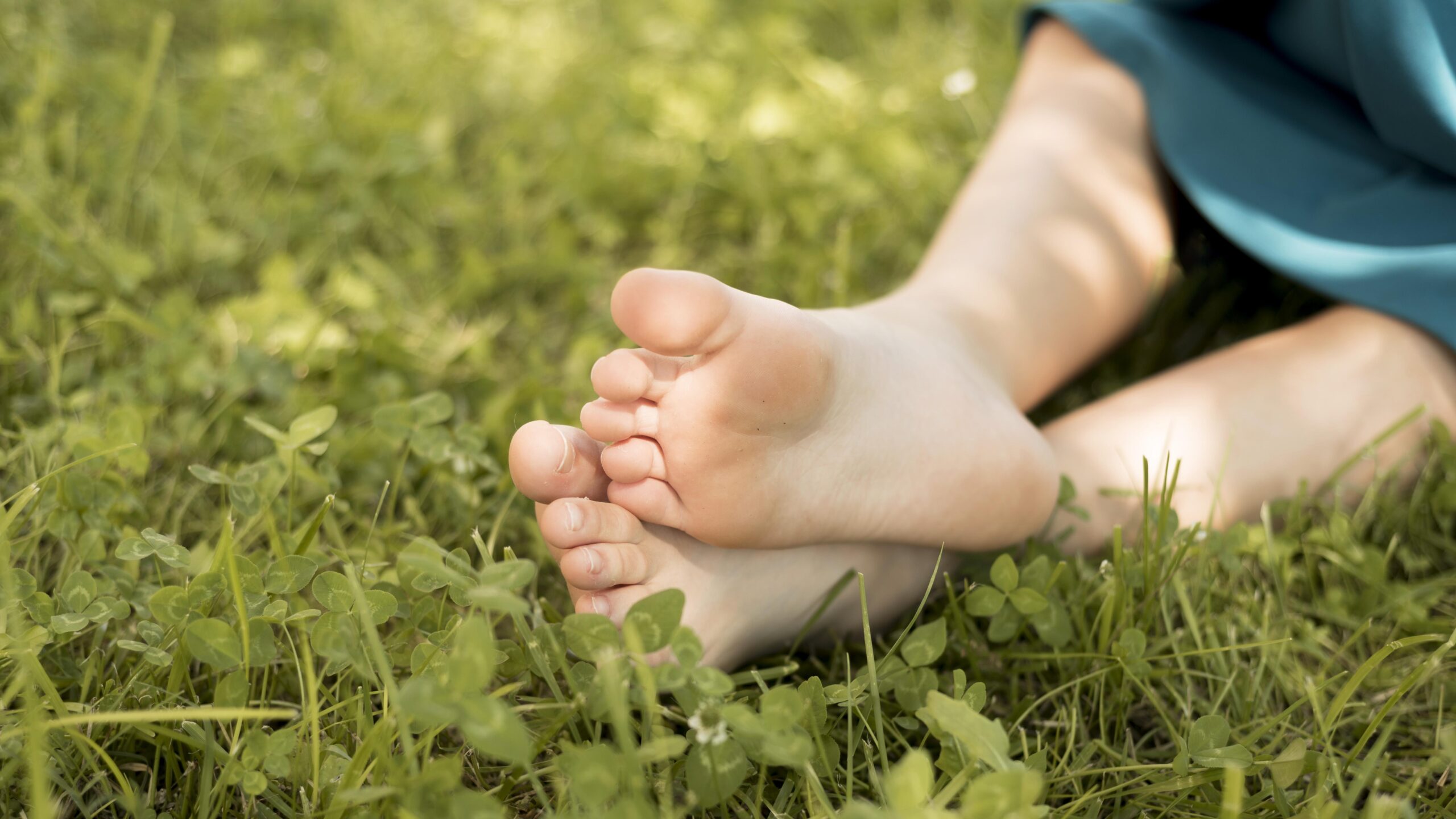
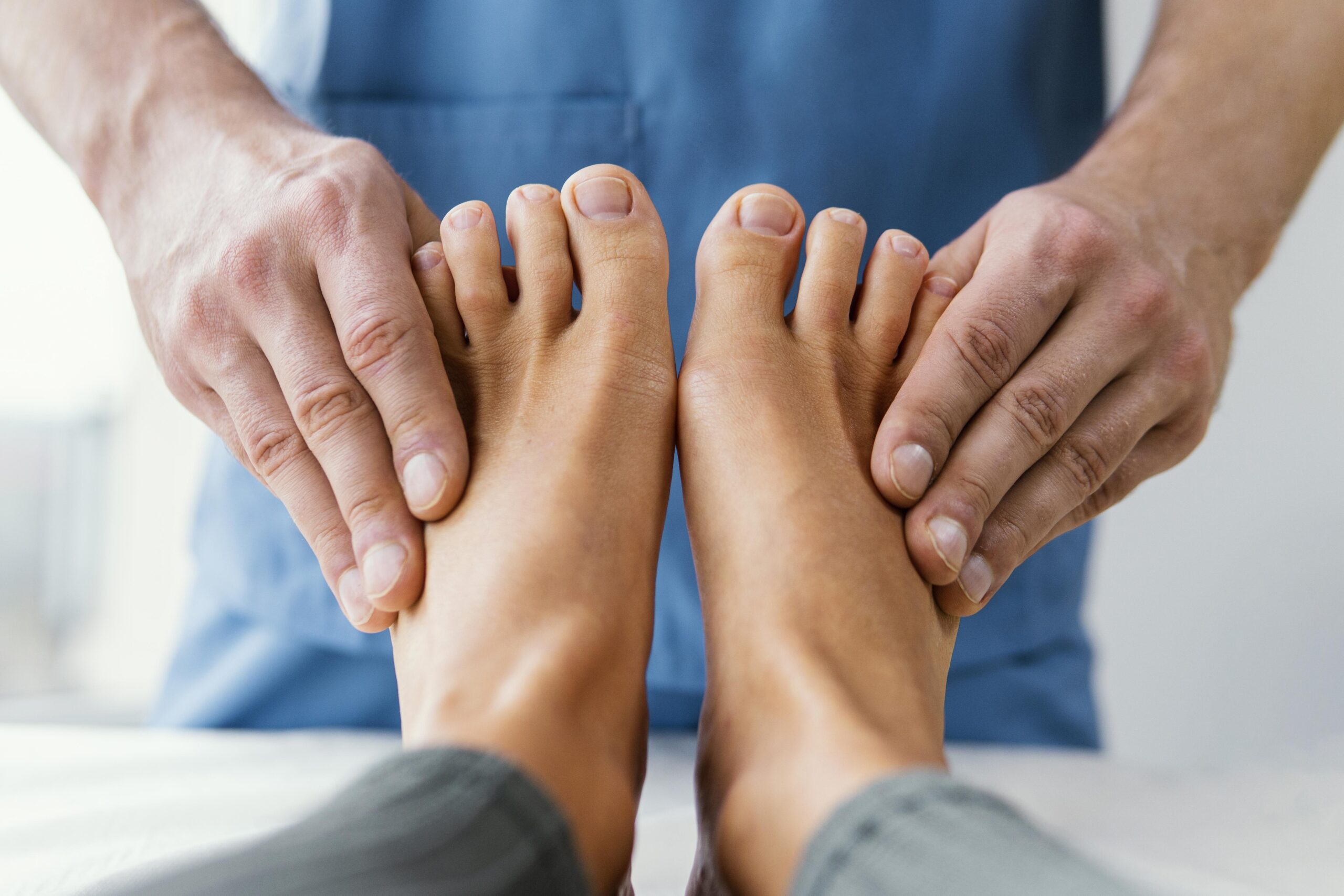
| Condition | Best Medication Type | How It Helps |
| Calluses or corns | Callus removal medicine, medicated plasters, urea creams | Softens thick skin and reduces pressure |
| Foot wounds or cuts | Medicine for foot wound, antiseptic creams, hydrocolloid dressings | Disinfects, protects and speeds up healing |
| Dry or cracked feet | Urea heel balms, moisturising creams | Restores hydration and repairs the skin |
| Fungal infections | Antifungal creams, powders, sprays | Treats athlete’s foot and prevents recurrence |
| Diabetic or sensitive skin | Gentle wound dressings, doctor-approved creams | Protects skin without irritation |
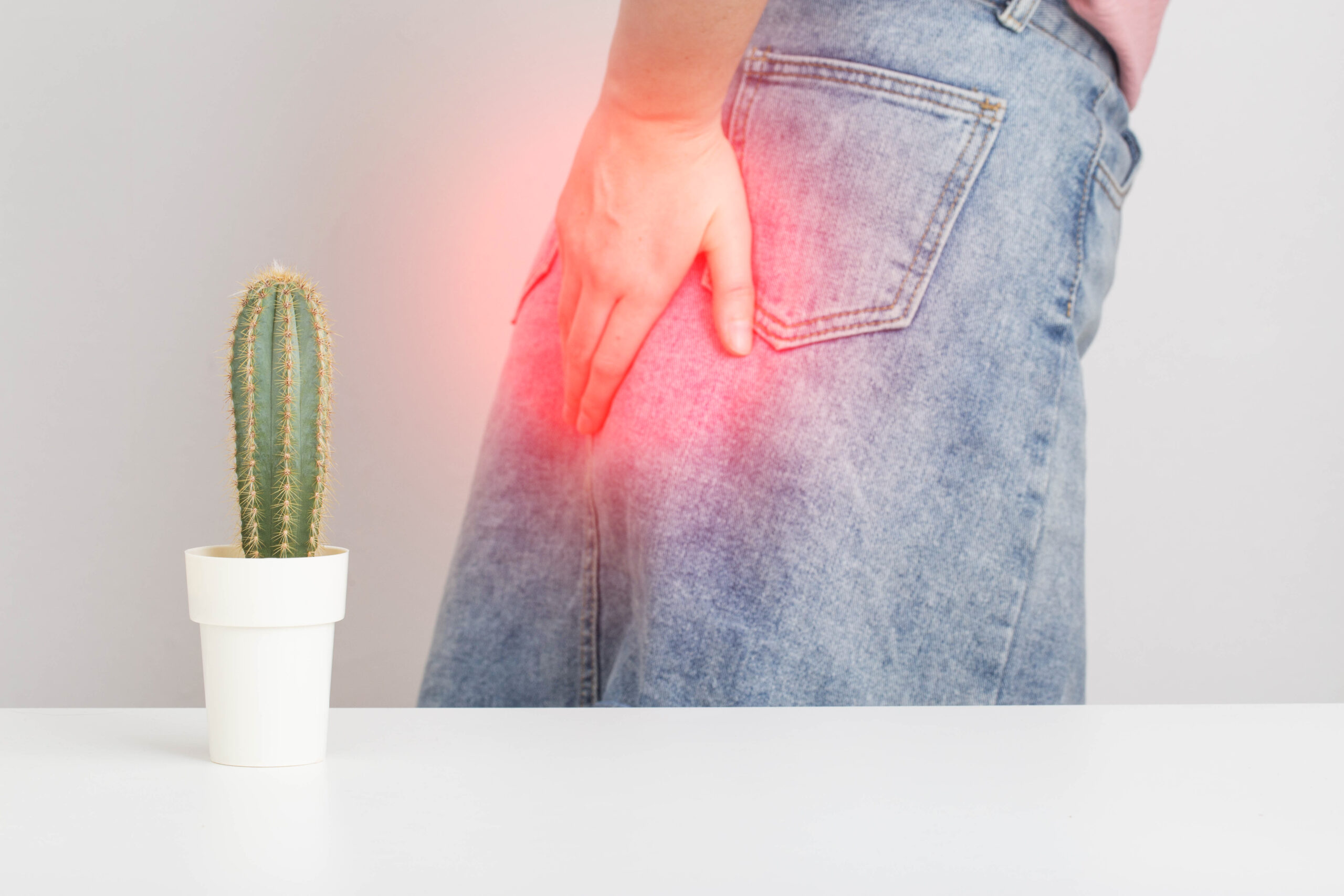 Haemorrhoids (also known as piles) may be an embarrassing topic for some people but it is actually a fairly common condition. With haemorrhoids/piles, you get small lumps around or inside your rectum and anus.
Some people do not experience symptoms but for some people, piles can be incredibly painful or itchy and you may notice blood when you go to the toilet. It is important to get help if you feel like you may have hemorrhoids because they can range from mild to moderate (which can be treated with medication for piles over the counter) to more severe stages of piles that require surgery.
Haemorrhoids, also known as piles, are swollen veins that have clumped together and can get bigger. You might notice lumps around your anus or inside your rectum. They can feel painful or itchy and you may notice some bright red blood or mucus after you poo.
Hemorrhoids usually develop because of increased pressure in the veins often due to constant straining. So if you are finding blood when you wipe, and you are sitting on the toilet for long periods of time straining, then you may be at risk of piles.
Haemorrhoids (also known as piles) may be an embarrassing topic for some people but it is actually a fairly common condition. With haemorrhoids/piles, you get small lumps around or inside your rectum and anus.
Some people do not experience symptoms but for some people, piles can be incredibly painful or itchy and you may notice blood when you go to the toilet. It is important to get help if you feel like you may have hemorrhoids because they can range from mild to moderate (which can be treated with medication for piles over the counter) to more severe stages of piles that require surgery.
Haemorrhoids, also known as piles, are swollen veins that have clumped together and can get bigger. You might notice lumps around your anus or inside your rectum. They can feel painful or itchy and you may notice some bright red blood or mucus after you poo.
Hemorrhoids usually develop because of increased pressure in the veins often due to constant straining. So if you are finding blood when you wipe, and you are sitting on the toilet for long periods of time straining, then you may be at risk of piles.
| Internal piles | External piles |
|
|
| Piles grade | Symptoms |
| Grade 1 |
|
| Grade 2 |
|
| Grade 3 |
|
| Grade 4 |
|
| Eat a diet high in fibre | Eating more foods high in fibre can help make your poo softer which means it is easier to pass and you are less likely to strain Foods rich in fibre include: fruits, vegetables, grains |
| Drink more water | Drinking more water can help make your poo softer and easier to pass without straining |
| Exercise regularly | Regular exercise can reduce the pressure in your veins and prevent constipation |
| Try not to strain | Try not to sit on the toilet straining for long periods of time |
| Urge | Go to the toilet when you feel the need to go and try not to hold it in |
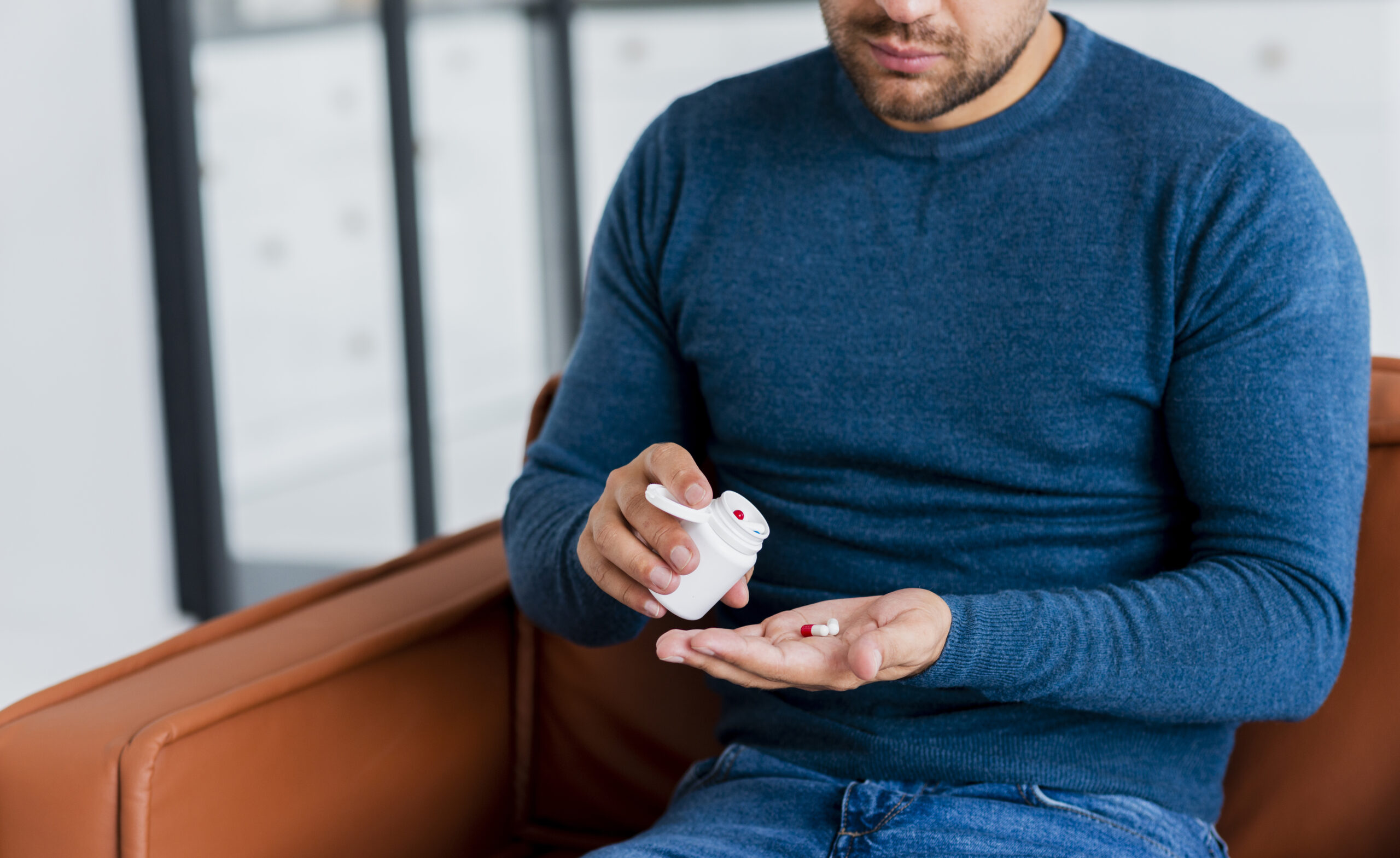
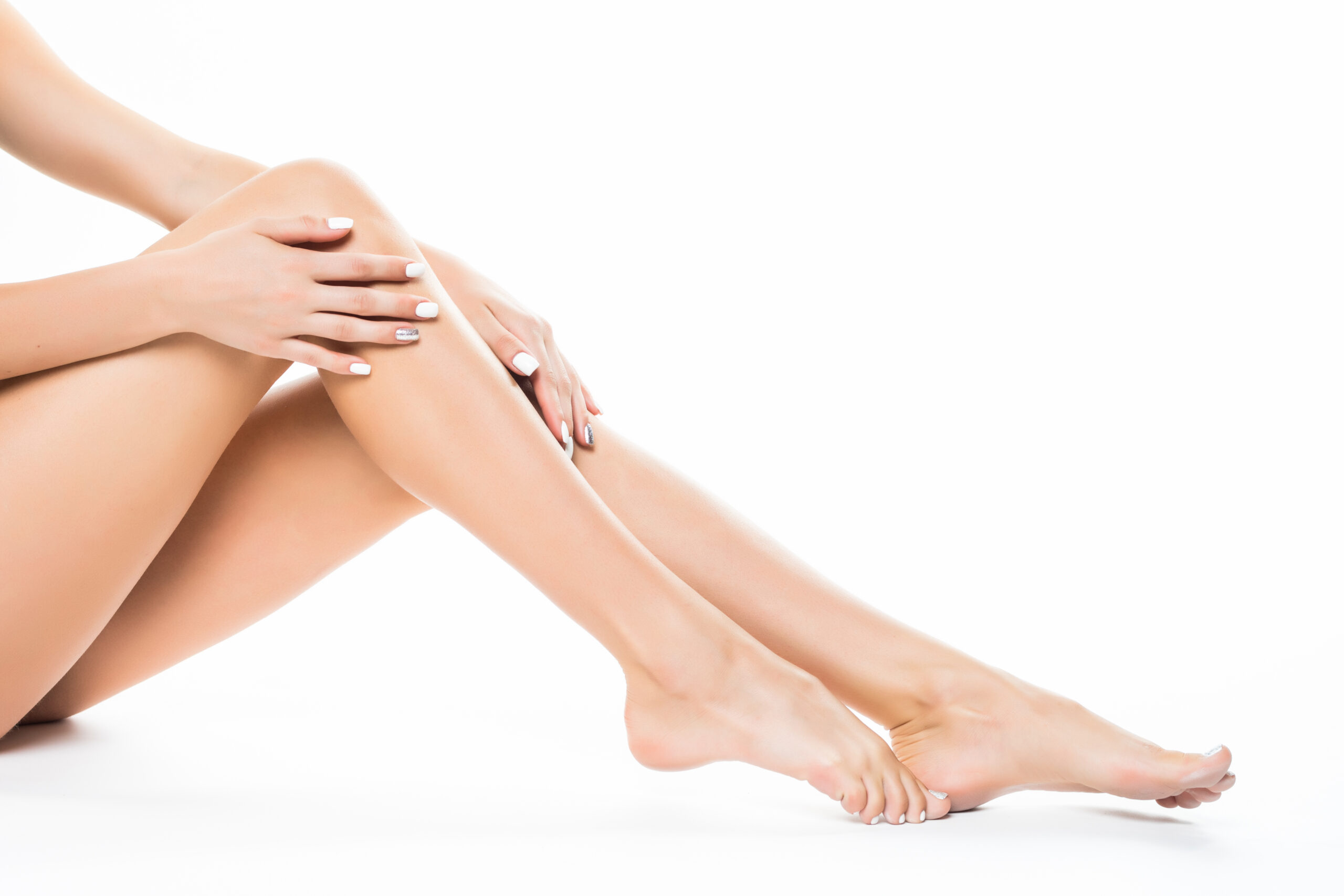 Hair removal medications work by slowing down hair growth by applying it to areas with unwanted hair so you can target the hair follicles located there. The most common hair removal medication is called Eflornithine cream, more commonly sold as Vaniqa. Vaniqa works by blocking ornithine decarboxylase which is an enzyme involved in hair production in the hair follicles. By trying to hold back the action of ornithine decarboxylase, Vaniqa can help decrease the growth of hair in target places and also make the hair thinner and therefore less visible over time.
Hair removal medications work by slowing down hair growth by applying it to areas with unwanted hair so you can target the hair follicles located there. The most common hair removal medication is called Eflornithine cream, more commonly sold as Vaniqa. Vaniqa works by blocking ornithine decarboxylase which is an enzyme involved in hair production in the hair follicles. By trying to hold back the action of ornithine decarboxylase, Vaniqa can help decrease the growth of hair in target places and also make the hair thinner and therefore less visible over time.
 Some people experience excessive or unwanted hair growth due to hormonal imbalances, genetics or conditions such as polycystic ovary syndrome (PCOS). In these cases, using medication to stop unwanted hair growth can be a safe and effective option when cosmetic hair removal methods are not enough.
The most commonly used medicine to stop unwanted hair growth is eflornithine hydrochloride cream. This medical hair removal cream does not remove existing hair but works by slowing down new hair growth at the root, making hair appear finer, lighter and less noticeable over time. Results are usually seen after 6–8 weeks of regular use.
In some cases, doctors may also prescribe hormonal tablets, such as anti-androgens or contraceptive pills, to reduce excessive hair growth from within the body. These treatments are particularly helpful when unwanted hair is caused by high levels of androgens.
Some people experience excessive or unwanted hair growth due to hormonal imbalances, genetics or conditions such as polycystic ovary syndrome (PCOS). In these cases, using medication to stop unwanted hair growth can be a safe and effective option when cosmetic hair removal methods are not enough.
The most commonly used medicine to stop unwanted hair growth is eflornithine hydrochloride cream. This medical hair removal cream does not remove existing hair but works by slowing down new hair growth at the root, making hair appear finer, lighter and less noticeable over time. Results are usually seen after 6–8 weeks of regular use.
In some cases, doctors may also prescribe hormonal tablets, such as anti-androgens or contraceptive pills, to reduce excessive hair growth from within the body. These treatments are particularly helpful when unwanted hair is caused by high levels of androgens.
| Stage | Systolic Blood Pressure | Diastolic Blood Pressure |
| Normal | Less than 120 mmHg | Less than 80 mmHg |
| Prehypertension | 120-129 mmHg | Less than 80 mmHg |
| Hypertension stage 1 | 130-139 mmHg | 80-89 mmHg |
| Hypertension stage 2 | Higher than 140 mmHg | Higher than 90 mmHg |
| Hypertensive crisis | Higher than 180 mm Hg | Higher than 120 mm Hg |
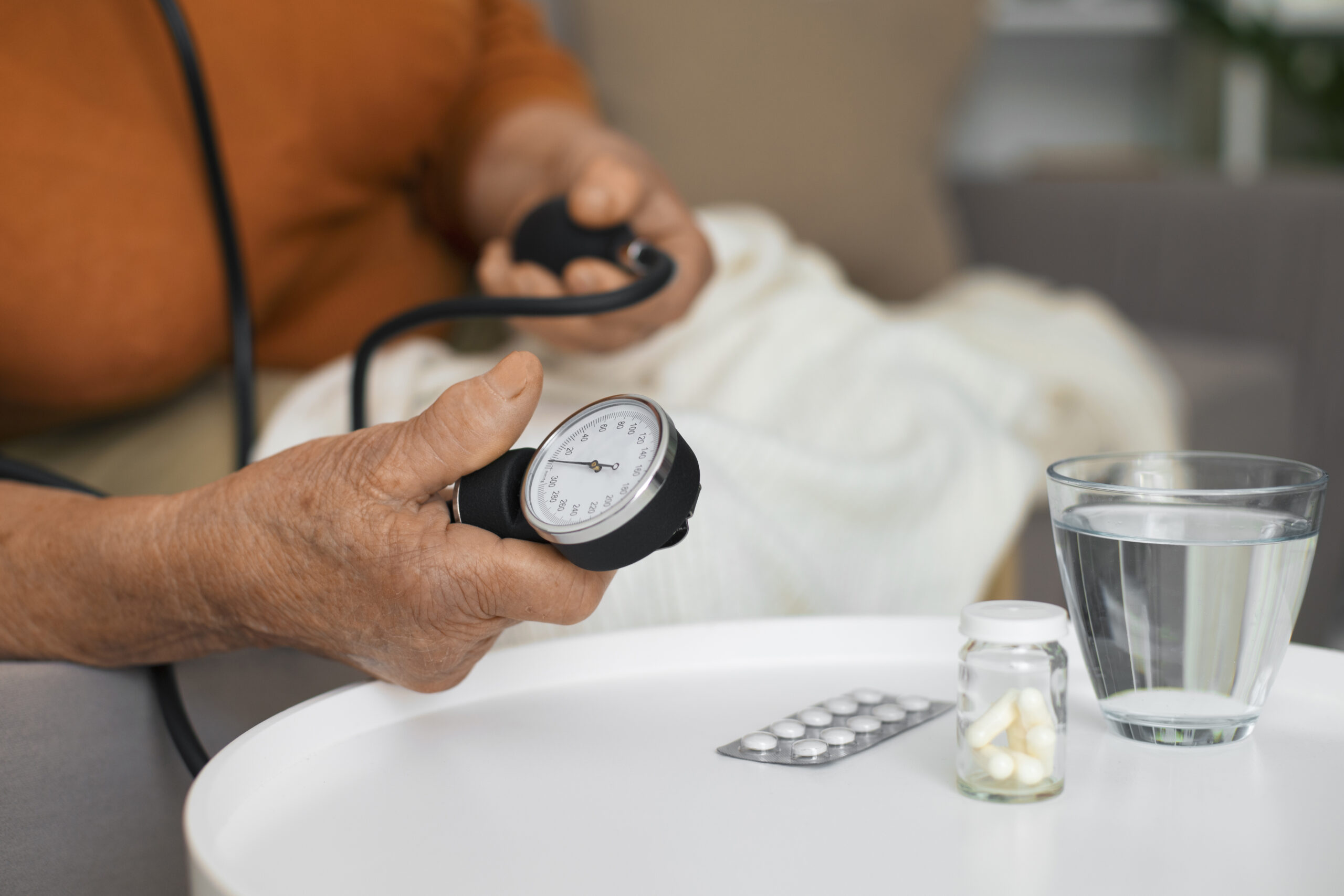 There are many categories of hypertension medication such as:
Diuretics – These helps eliminate extra water (fluid) from the body and reduce blood volume and pressure.
ACE (Angiotensin Converting Enzymes) Inhibitors – ACE inhibitors block the production of angiotensin II, a hormone that usually narrows the diameter of blood vessels and raises blood pressure.
ARBs (Angiotensin Receptor Blockers) – Block the binding of Angiotensin II to blood vessels and prevents the hormone from causing the narrowing of the blood vessels and raising blood pressure
CCB’s (Calcium Channel Blockers) – These drugs prevent calcium from entering the muscle cells of the heart or blood vessels and cause these muscles to relax allowing the lowering of blood pressure.
Beta Blockers – These drugs reduce the stress and workload of the heart and allow it to beat slower and more lightly, hence reducing the pressure of the blood being pushed through the body’s blood vessels and lowering blood pressure.
There are many categories of hypertension medication such as:
Diuretics – These helps eliminate extra water (fluid) from the body and reduce blood volume and pressure.
ACE (Angiotensin Converting Enzymes) Inhibitors – ACE inhibitors block the production of angiotensin II, a hormone that usually narrows the diameter of blood vessels and raises blood pressure.
ARBs (Angiotensin Receptor Blockers) – Block the binding of Angiotensin II to blood vessels and prevents the hormone from causing the narrowing of the blood vessels and raising blood pressure
CCB’s (Calcium Channel Blockers) – These drugs prevent calcium from entering the muscle cells of the heart or blood vessels and cause these muscles to relax allowing the lowering of blood pressure.
Beta Blockers – These drugs reduce the stress and workload of the heart and allow it to beat slower and more lightly, hence reducing the pressure of the blood being pushed through the body’s blood vessels and lowering blood pressure.
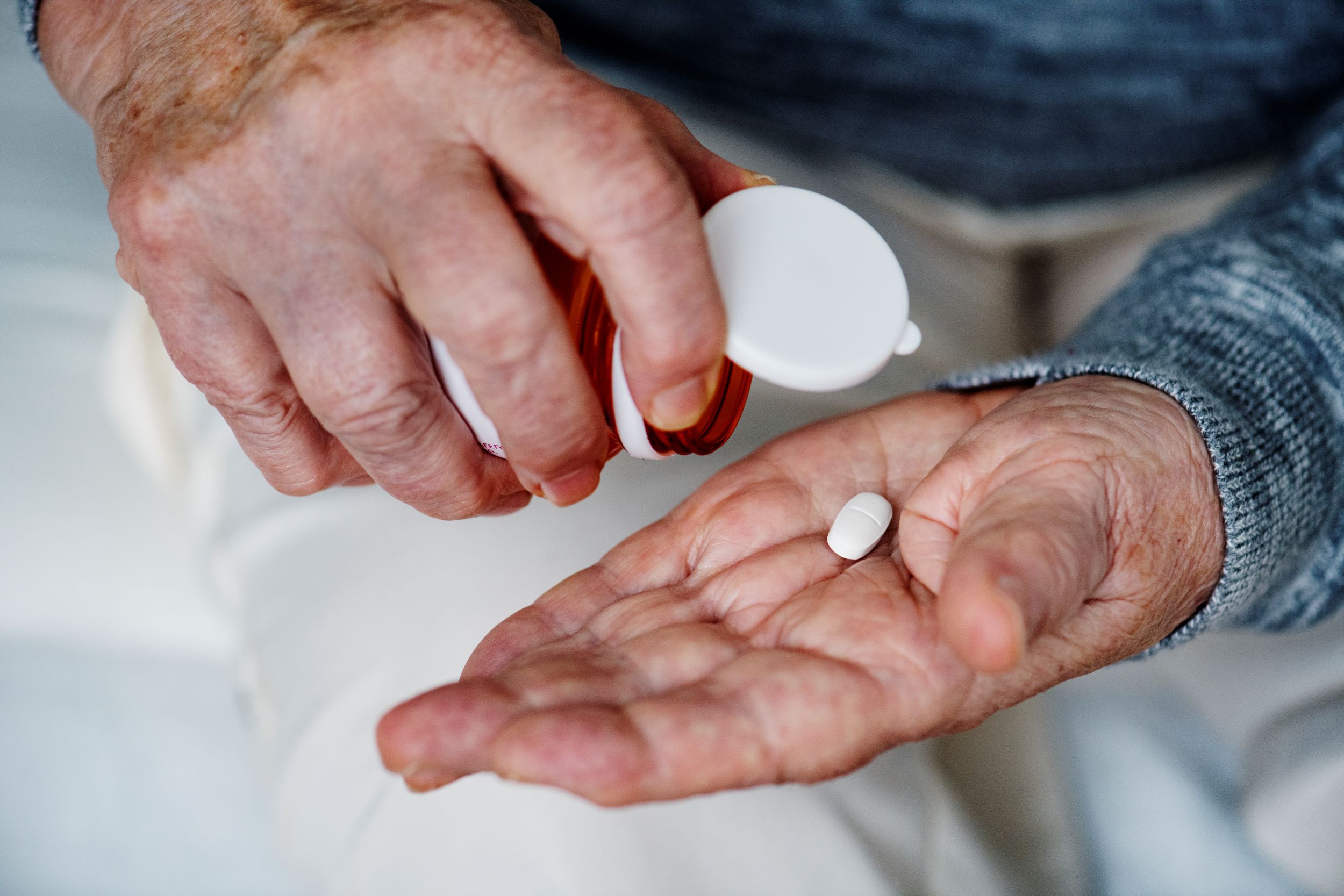
| Lotion |
|
| Gel |
|
| Cream |
|
| Ointment |
|
| Normal skin | A lightweight lotion can help keep your skin hydrated without it feeling greasy or heavy. |
| Sensitive skin E.g if you have eczema or psoriasis. Or your skin may just be more reactive to factors like the weather. | It is best to pick a moisturiser without fragrances as these can irritate sensitive skin. You might also want to look for an option labelled “hypoallergenic” or moisturisers specific for a skin condition. |
| Oily skin You may have acne or notice that your skin gets oily easily. | Pick a moisturiser that is oil-free or water/gel-based to avoid adding more oil to your skin which can clog your pores. |
| Dry skin You may have eczema or notice that your skin gets dry and cracked easily. | Choose one with intense hydration that can help you trap moisture in the skin. For example, an oil-based moisturiser may be helpful at night. |
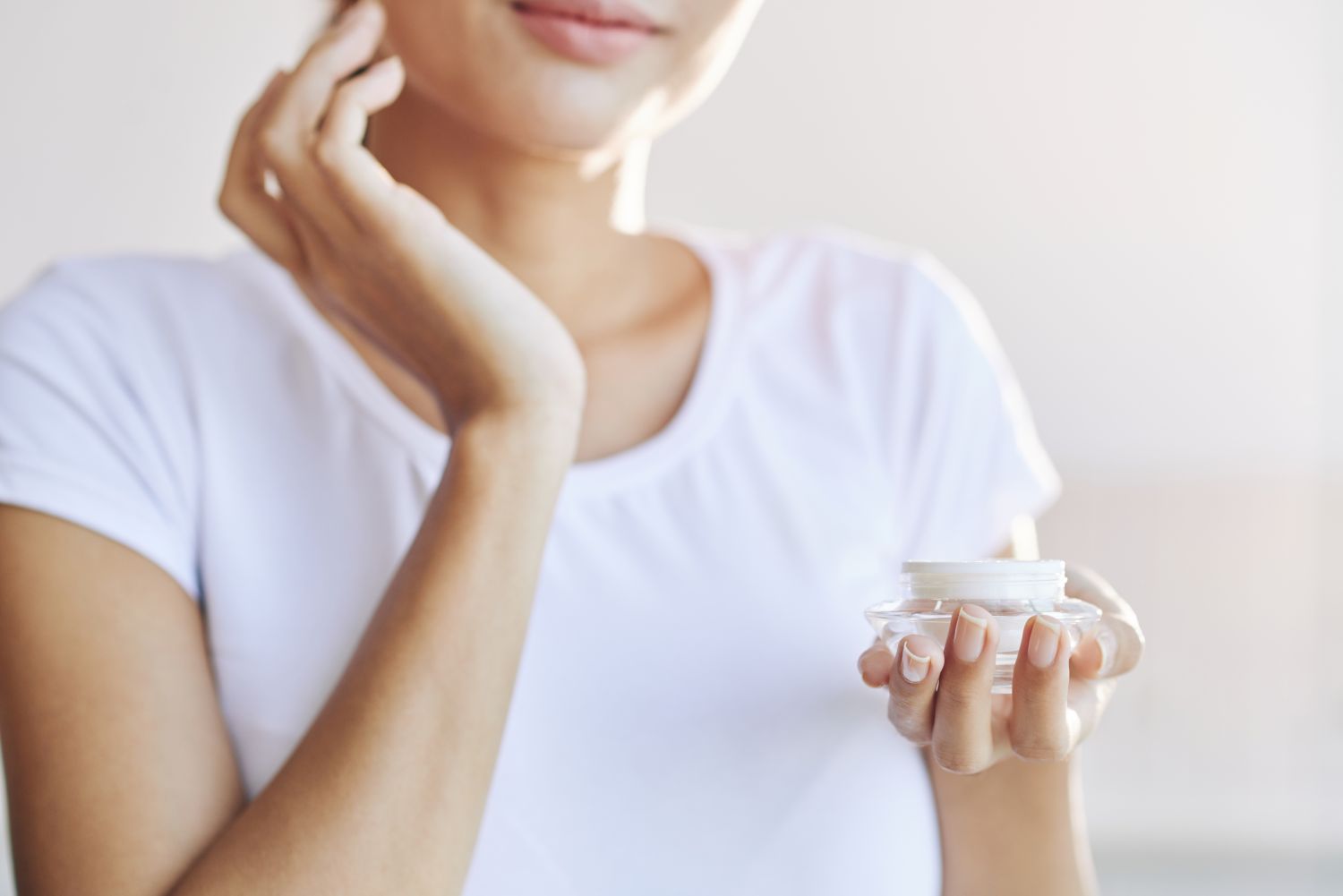
o This is good for trapping moisture to hydrate the skin.
o This can help keep the skin soft.
o This can strengthen the skin.
o This can help soothe and hydrate the skin.
o This can help give the skin deep hydration.
| Day moisturizers | Night moisturizers |
|
|
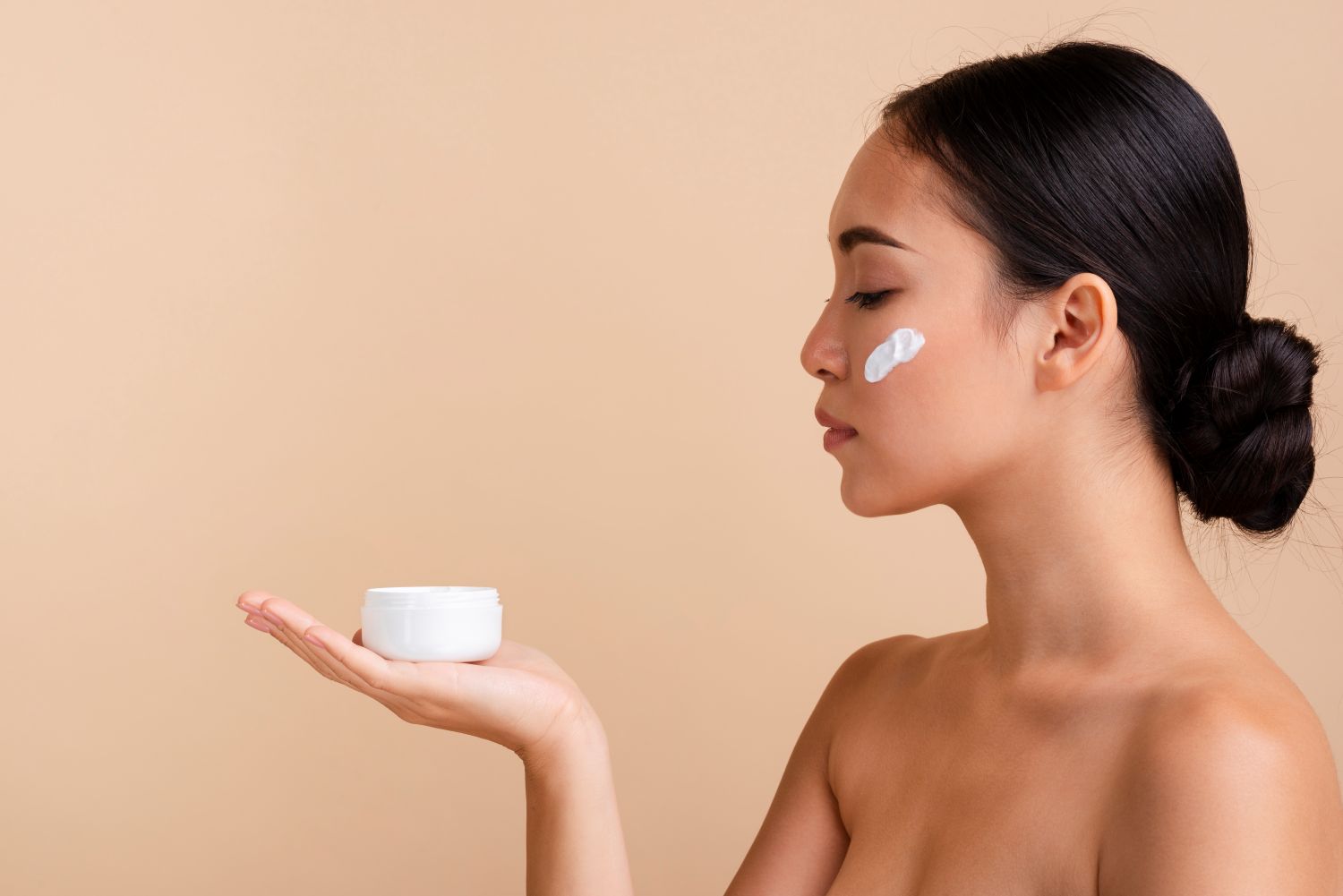
o Regular use of moisturisers can help keep the skin hydrated and reduce irritation to the skin barrier which can reduce symptoms such as itching. It can also help manage and reduce flare-ups.
o Oil-free moisturizer cream for skin prone to acne can help keep the skin hydrated and healthy without clogging pores. This can help manage acne.
o Flaky or cracked skin can be prevented and relieved by using moisturisers.
o Keeping the skin hydrated helps maintain its soft and supple qualities which can help make the skin look plumper and younger.
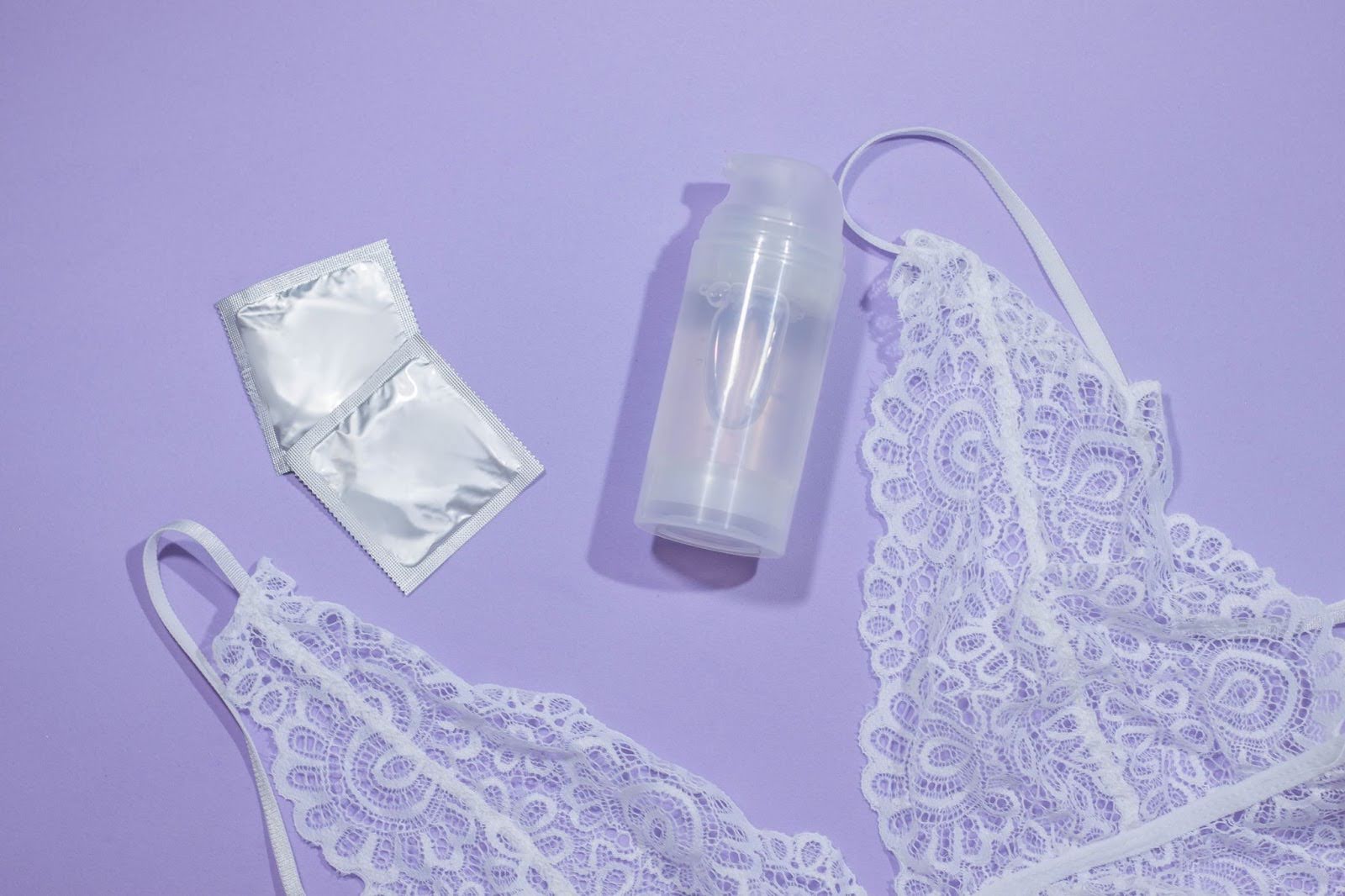 Are you thinking about buying a sex gel? Lubricants (or lubes) and gels introduce more moisture to improve comfort and reduce pain from friction when surfaces rub against each other. This can be used in a range of situations such as medical procedures but more commonly, sexual intercourse. There is nothing embarrassing about needing lube. A lot of people use it and it can help with normal problems that you might run into during sex such as vaginal dryness or discomfort.
Are you thinking about buying a sex gel? Lubricants (or lubes) and gels introduce more moisture to improve comfort and reduce pain from friction when surfaces rub against each other. This can be used in a range of situations such as medical procedures but more commonly, sexual intercourse. There is nothing embarrassing about needing lube. A lot of people use it and it can help with normal problems that you might run into during sex such as vaginal dryness or discomfort.
| Types of lubes and gels uk | Pros | Cons |
| Water-based | Versatile. Can be used with sex toys and latex condoms. Easy to wash off. | Does not last as long as other options so you may need to reapply if it dries out mid intercourse. |
| Silicone-based | Lasts longer than the water-based option. Good for anal sex. | Can damage silicone sex toys. Can cause skin irritation. |
| Oil-based | Lasts longer than the water-based option. Good for sensual massages. | Can make condoms weaker/tear them. Can irritate the vagina in some cases. |
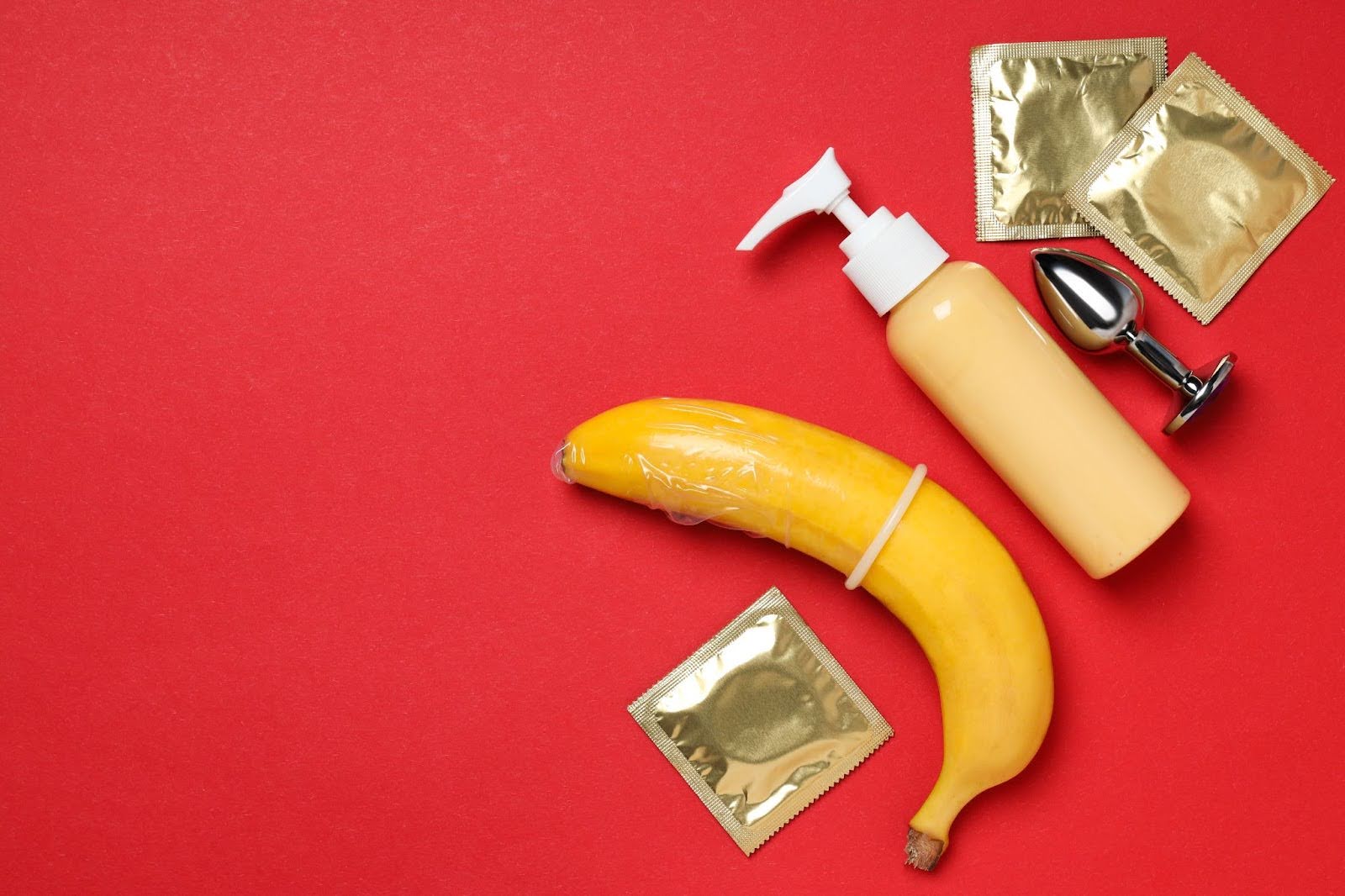

| Specialty lube: | Description |
| Warming | Increases sensitivity for a more stimulating time |
| Cooling | Refreshes and soothes you, introducing new sensations |
| Flavoured | Usually water-based lube with flavours (e.g fruit flavours) for more fun |
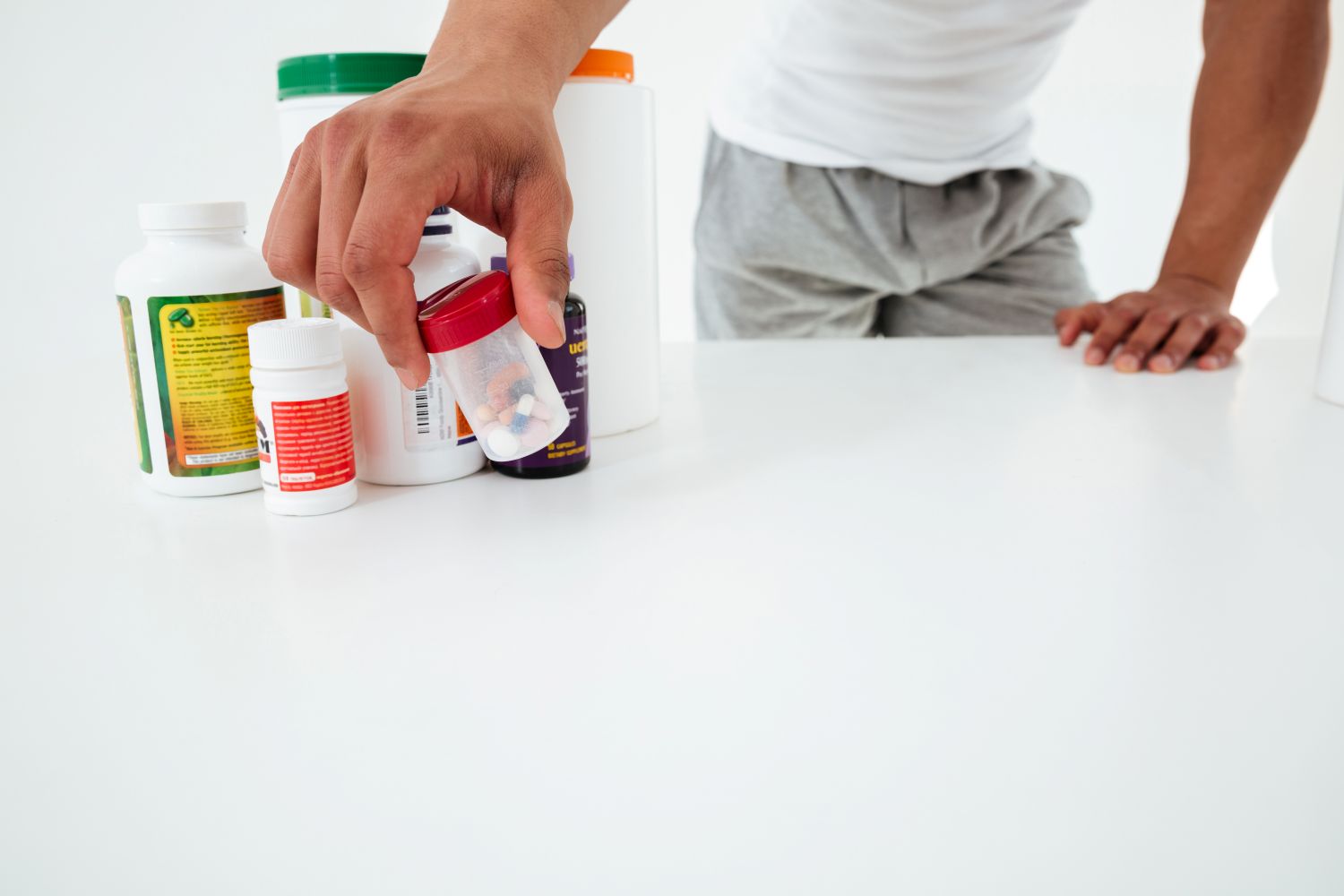 Malaria is a disease caused when you are infected by a parasite. You can get it if you are bitten by a mosquito carrying the parasitic infection. It is extremely important that malaria is treated quickly, otherwise there could be serious consequences. Luckily there are some malaria tablets for travel that can help prevent you from getting the disease.
You can blame the plasmodium parasite for malaria. Mosquitoes can carry this parasite and spread it to a human through a bite. The parasite then goes into the infected human’s red blood cells which can break and release more parasites.
The typical symptoms of malaria are a high fever, tiredness, vomiting and diarrhoea, sweating but feeling very cold, and a headache. However, some people do not have symptoms. If you have travelled to a country with malaria risk and you feel you may have malaria, please consult a medical professional urgently as malaria can be life-threatening.
There are different types of malaria depending on which parasite is causing the infection. Malaria is more common in certain areas in Africa, South America, and Asia.
Malaria is a disease caused when you are infected by a parasite. You can get it if you are bitten by a mosquito carrying the parasitic infection. It is extremely important that malaria is treated quickly, otherwise there could be serious consequences. Luckily there are some malaria tablets for travel that can help prevent you from getting the disease.
You can blame the plasmodium parasite for malaria. Mosquitoes can carry this parasite and spread it to a human through a bite. The parasite then goes into the infected human’s red blood cells which can break and release more parasites.
The typical symptoms of malaria are a high fever, tiredness, vomiting and diarrhoea, sweating but feeling very cold, and a headache. However, some people do not have symptoms. If you have travelled to a country with malaria risk and you feel you may have malaria, please consult a medical professional urgently as malaria can be life-threatening.
There are different types of malaria depending on which parasite is causing the infection. Malaria is more common in certain areas in Africa, South America, and Asia.
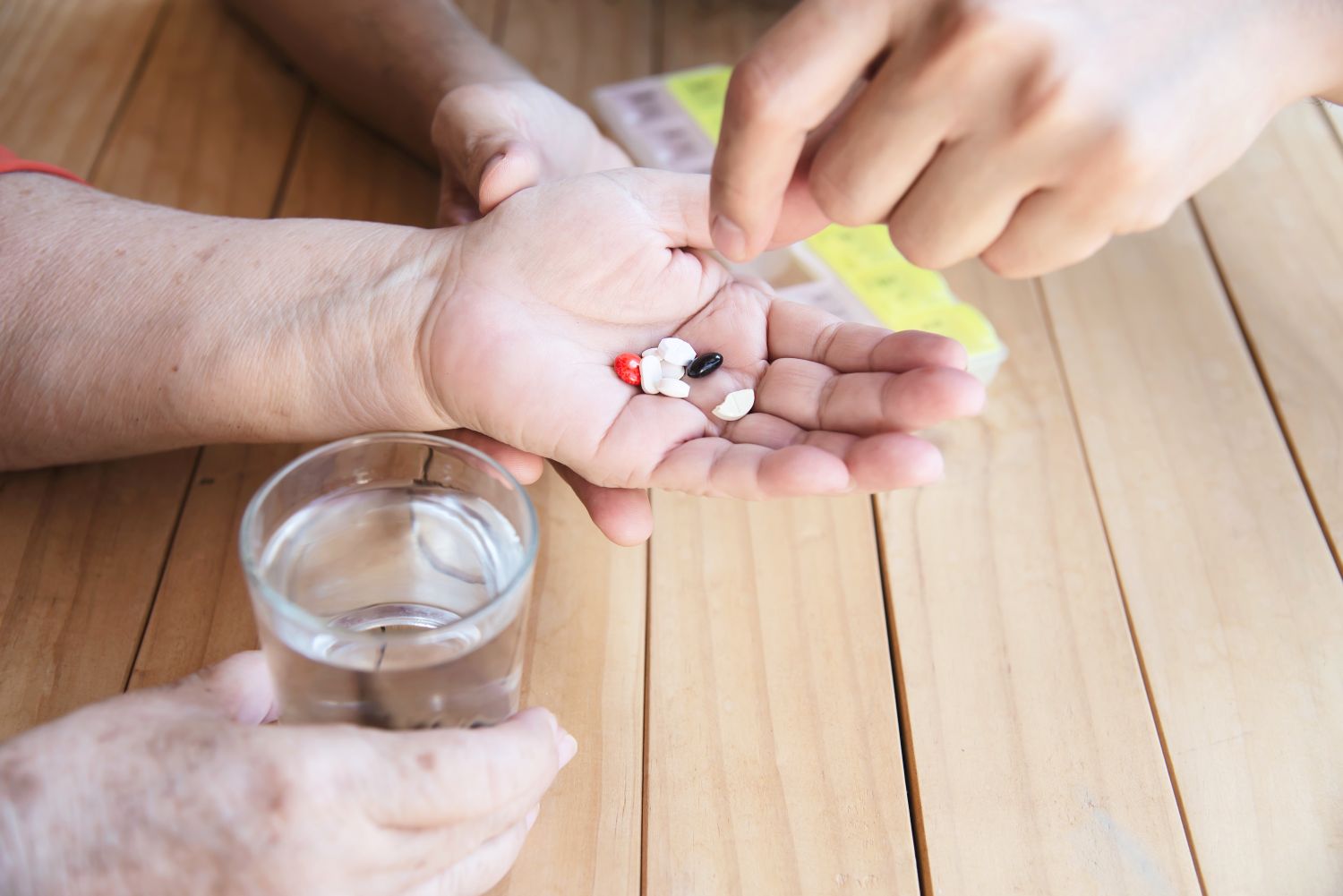
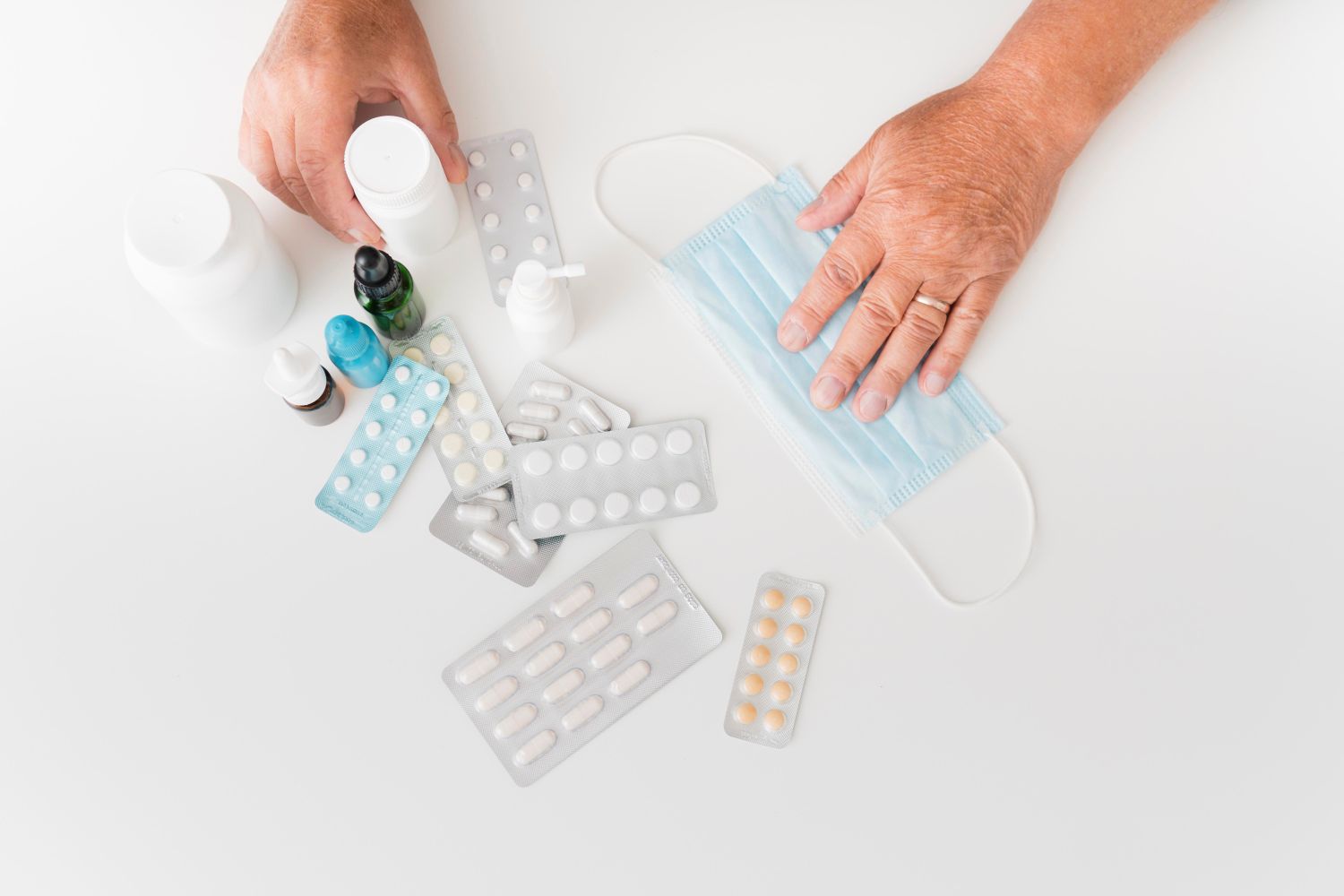
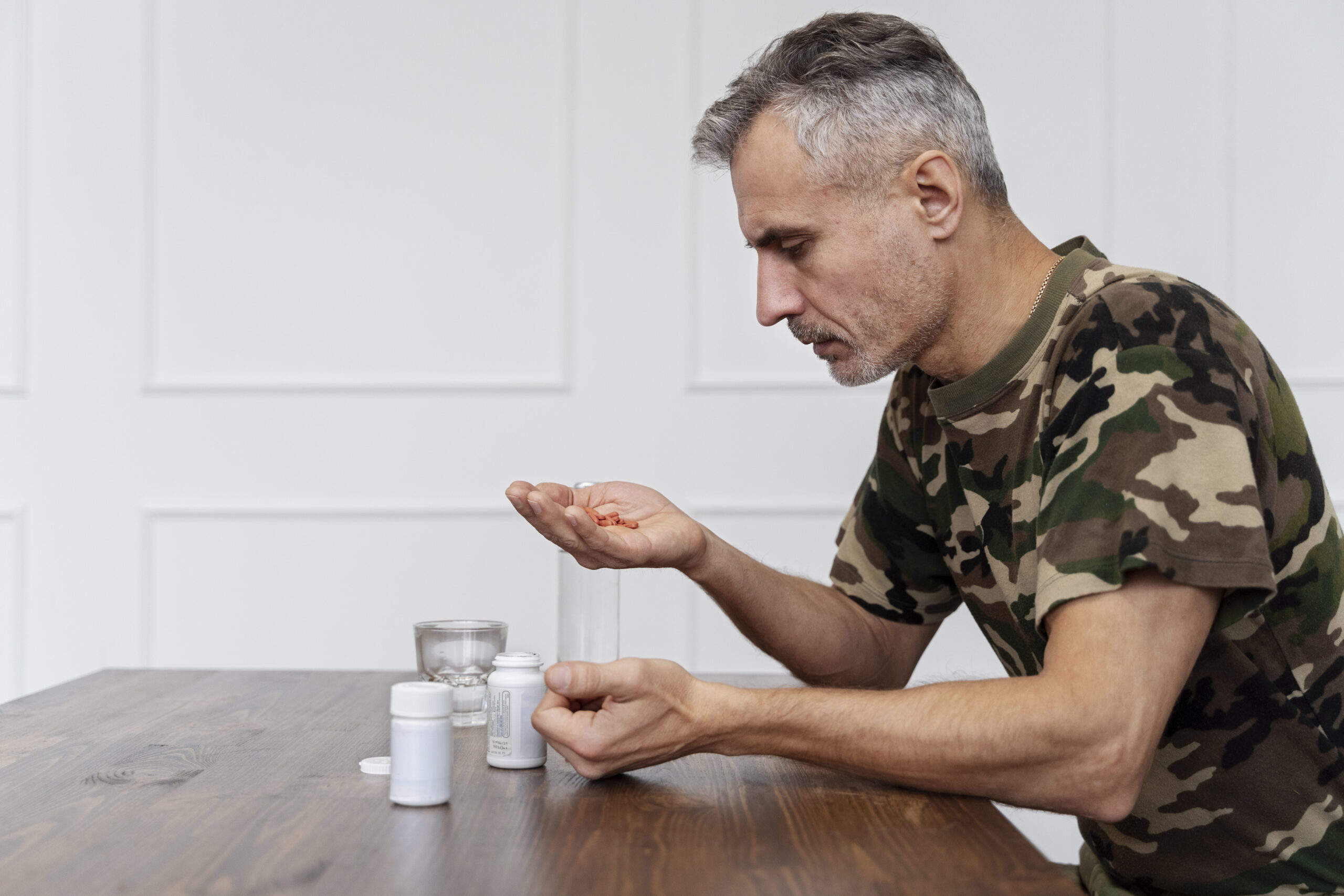 Male fertility is essentially whether or not a man can father children. This includes different processes including producing sufficient healthy sperm, storing the sperm, and ejaculating during sexual intercourse.
However, even if there are problems with sperm count or quality, natural conception is still possible. Depending on the underlying cause, your doctor may prescribe medication for infertility in males. If natural conception has not worked for two years, a couple may be referred for in vitro fertilisation (IVF).
Male fertility is essentially whether or not a man can father children. This includes different processes including producing sufficient healthy sperm, storing the sperm, and ejaculating during sexual intercourse.
However, even if there are problems with sperm count or quality, natural conception is still possible. Depending on the underlying cause, your doctor may prescribe medication for infertility in males. If natural conception has not worked for two years, a couple may be referred for in vitro fertilisation (IVF).
| Factor | Explanation |
| Low sperm count | If not enough sperm is made, this lowers the chance of a sperm fertilising an egg. Low sperm count can be due to genetic conditions, lifestyle factors, hormonal imbalances and more. |
| Poor sperm motility | Sperm motility is about how well the sperm can move. If the sperm do not move effectively then it reduces the chance of one reaching the egg for fertilisation. |
| Abnormal sperm shape | Even if the sperm makes it to the egg, if the sperm is shaped differently, penetrating the egg for fertilisation may still be difficult. |
| Ejaculation issues | Problems during sexual intercourse such as ejaculation difficulties can also have an impact on fertility because the sperm are not delivered to the female reproductive organs effectively. |
| Hormonal imbalance | Problems with maintaining a good balance of hormone levels can affect conception. In particular, testosterone is a key player in sperm production and the quality of sperm. Therefore, low levels of testosterone can be a common culprit in male fertility problems. |
| Medical conditions affecting the male reproductive organs | For example, there may be a blockage somewhere in the reproductive tract affecting the flow of sperm. |
| Underlying problem | Medication |
| Ejaculation difficulties | This will depend on whether the problem is premature ejaculation, delayed ejaculation, or retrograde ejaculation. |
| Gonadotropin deficiency | For men with gonadotropin (type of hormone that helps regulate reproductive system) deficiency, gonadotropin therapy might be considered to supplement levels using injections of the hormone. |
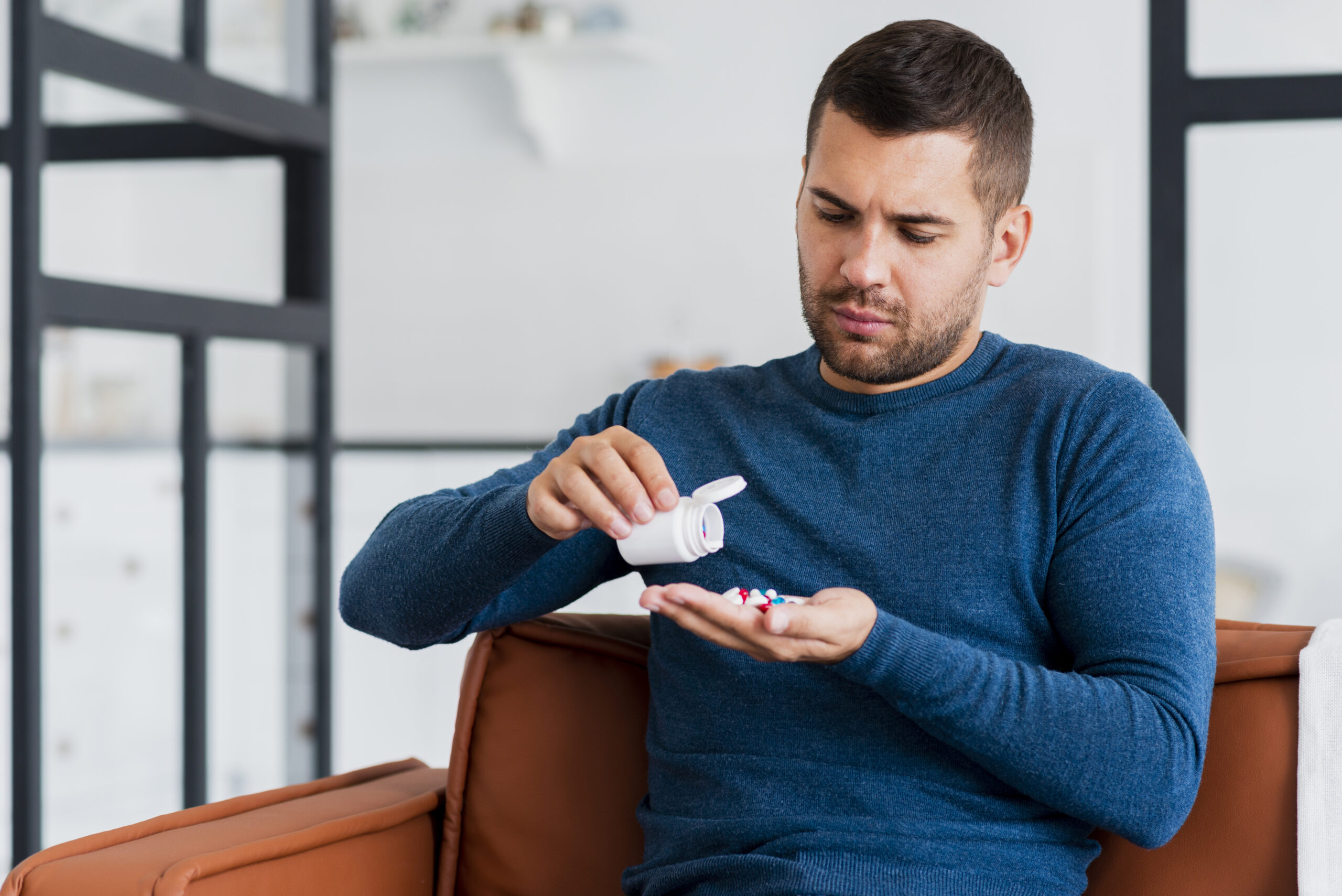 Some sources also suggest that antibiotics to treat white blood cells in semen or steroids to treat antisperm antibodies are effective medication to boost male fertility. However, currently the National Institute for Health and Care Excellence (NICE) guidelines in the United Kingdom state that you should not be given these medications as there is not enough evidence for these treatments in male fertility.
Some sources also suggest that antibiotics to treat white blood cells in semen or steroids to treat antisperm antibodies are effective medication to boost male fertility. However, currently the National Institute for Health and Care Excellence (NICE) guidelines in the United Kingdom state that you should not be given these medications as there is not enough evidence for these treatments in male fertility.
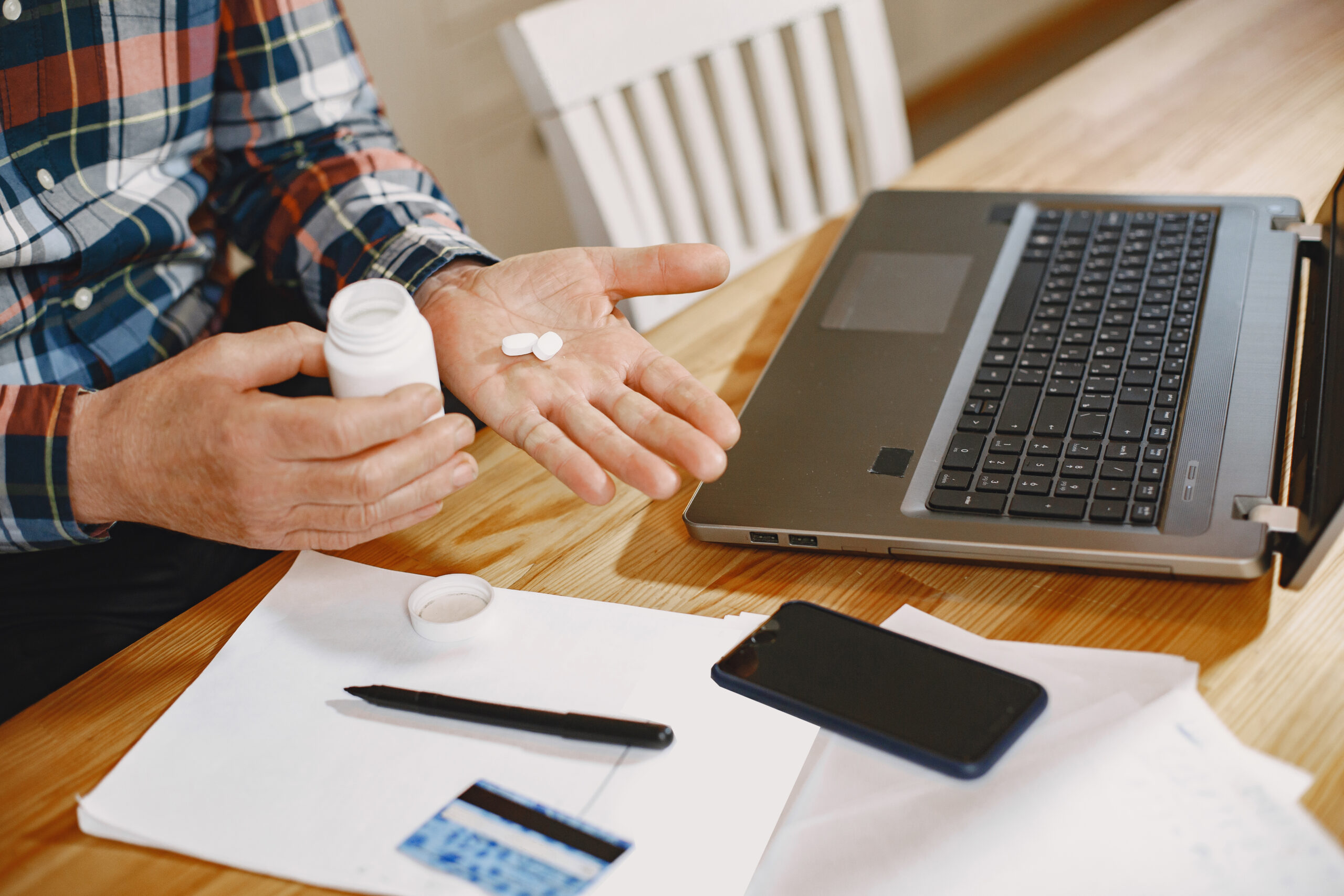
| Healthy nutrition and physical activity | Research links being underweight or overweight to fertility problems. It is recommended to eat a balanced nutritious diet and do regular exercise. Including a multivitamin into your daily routine may also be helpful. |
| Cut down on harmful substances | Try to cut down on alcohol intake and stop smoking as these are linked to problems with sperm quality. |
| Managing wellbeing | If you are someone who is stressed all the time, it may be affecting your hormone levels which can affect sperm production. Try to find activities that can help you manage stress such as meditation or exercise. |
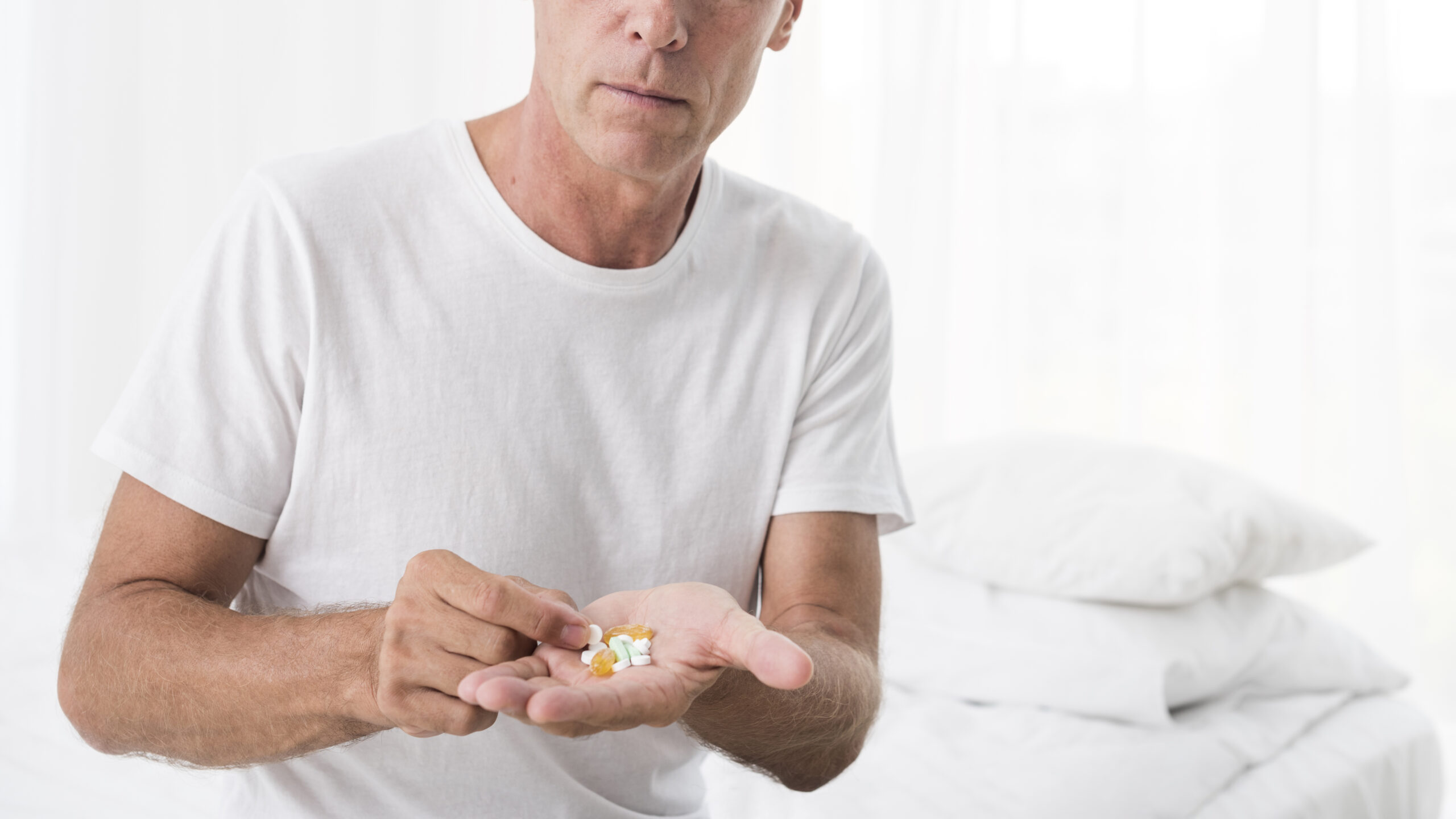
| Viagra® | Cialis® | Levitra® | Spedra® | |
| Generic available? | Sildenafil | Tadalafil | Vardenafil | No |
| Over-The-Counter version? | Viagra Connect | Cialis Together | Vardenafil | No |
| Available as daily tablet? | No | Cialis Daily, Vardenafil 2.5mg / 5mg | No | No |
| Onset time? | 30-60 mins | 30 mins | 30-60 mins | 15-30 mins |
| How long does it last? | 4-6 Hours | Up to 36 hours | 4-6 hours | Up to 6 hours |
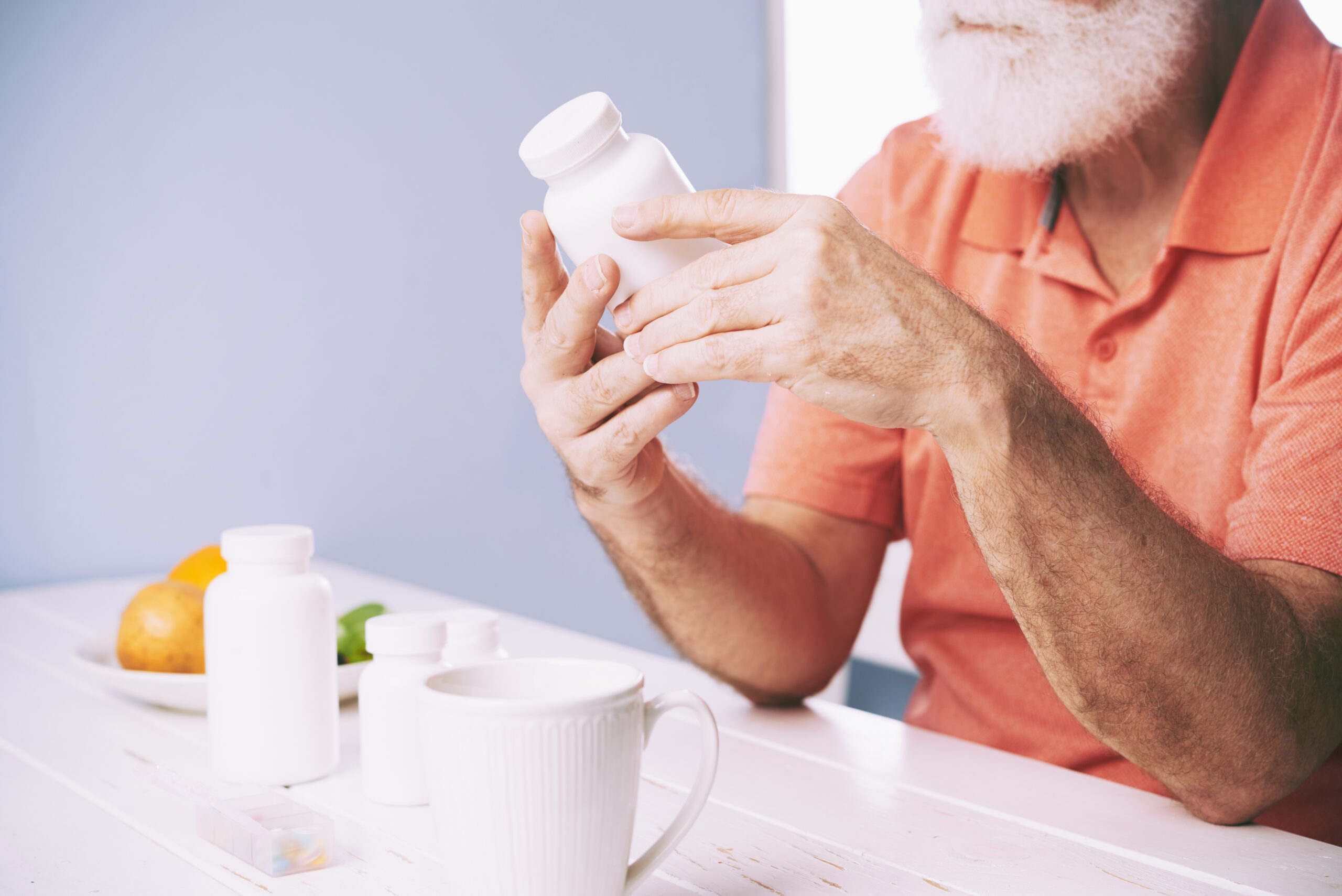
| Genetics | Inherited hair loss is the most common cause of hair loss. If baldness runs in the family, your genes may mean you have a higher chance of also losing hair. For male pattern baldness, a hormone called dihydrotestosterone activates genes that shrink hair follicles and form thinner hairs. This causes hair loss and impedes the anagen (growth) phase of the hair growth cycle. |
| Medical conditions | Certain medical conditions like scalp infections or alopecia areata can cause you to lose hair. |
| Medication | Certain medication used for cancer (chemotherapy), heart conditions (propranolol), and depression (sertraline) can be associated with hair loss. This is usually due to their mechanism of action. Chemotherapy in particular is known to cause hair loss because the medication targets rapidly-dividing cells (like cancerous cells) but consequently also affects other rapidly-dividing cells like hair follicles. |
| Hormones | Changes to your hormone levels such as menopause or thyroid issues can lead to hair loss. For example, in the case of menopause, oestrogen and progesterone are key to maintaining hair growth. When these hormone levels drop during menopause, women may experience hair thinning or loss. |
| Stress | Stress can also lead to hair loss as stress hormones like cortisol can have a negative effect on the hair growth cycle. |
| Malnutrition | You are at increased risk of hair loss if your diet does not contain enough nutrients such as iron, vitamins, and protein. Hair loss also happens in severe calorie restriction. For example, hair is made of a protein called keratin. So, if you do not have enough protein in your diet, it is more difficult to grow new hair. |
| Medication | Description |
| Finasteride | Finasteride is a hair loss pill for men going through male pattern baldness that works by reducing the levels of a hormone called dihydrotestosterone (DHT). DHT shrinks hair follicles so decreasing its levels helps decrease hair loss. This is a prescription only drug and is taken as a daily pill. |
| Ritlecitinib (Litfulo) | This is used to treat alopecia areata. It works by reducing the inflammatory processes at the hair follicles. You take it as a daily pill. |
| Minoxidil | This helps decrease hair loss and stimulate hair growth. You can use it as a foam or topical solution and it is available over the counter. |
|
Medication |
Function |
|
Finasteride or Propecia (contains Finasteride) |
This is a type of 5-alpha reductase inhibitor which works by stopping the action of the 5-alpha reductase enzyme from turning testosterone into dihydrotestosterone (DHT). DHT is a hormone that leads to the shrinking of your hair follicles; this causes male pattern baldness. Taking this pill once daily should therefore help treat male pattern baldness by reducing levels of the follicle-shrinking hormone. |
|
Ritlecitinib |
Ritlecitinib is a type of kinase inhibitor. This means it stops the action of kinases (type of enzyme) that are involved in inflammation at the hair follicles. In alopecia areata, the excessive inflammatory response damages the hair follicles. This medication treats alopecia areata by reducing inflammation to decrease hair loss and promote regrowth. |
|
Medication |
Description |
|
Minoxidil |
This is a common topical medication to treat male pattern baldness. It is believed that Minoxidil helps stimulate growth and reduce loss by increasing blood flow to the hair follicles and extending the growth phase of the hair cycle. |
|
Caffeine shampoos |
Caffeine in shampoos may increase blood flow to the scalp which may help to promote hair growth. The evidence base on the effectiveness of caffeine shampoos is mixed but some users report positive results. This can be used with Minoxidil. |
|
Essential oils |
There is some evidence to suggest that oils like rosemary and peppermint oil have shown some benefit in promoting hair growth. However, results on their benefits can vary and more research is needed. |
| Criteria | Male Hair Loss Pills | Topical Treatments |
| Form | Tablet (e.g. Finasteride, Ritlecitinib) | Foam, spray, shampoo (e.g. Minoxidil) |
| Best for | Consistent hormonal causes, alopecia areata | Early-stage thinning, scalp circulation |
| Availability | Usually prescription only | Some OTC, some prescription |
| Usage | Once daily, easy to integrate into routine | Requires regular application on the scalp |
| Examples | pill for male hair loss, Finasteride tablets | Minoxidil, caffeine shampoo, essential oils |
o NSAIDs can decrease the levels of prostaglandins which can therefore reduce the intensity and pain from uterine contractions.
o These can use hormones to help regulate the menstrual cycle which can result in periods that are lighter in flow and less painful.
o In cases of endometriosis or fibroids, as well as severe period pain that other medication was unsuccessful in managing, prescription medications may be needed
| Period medicine | Overview |
| Non-steroidal anti-inflammatory drugs (NSAIDs) | For example: Ibuprofen, Naproxen, and Aspirin NSAIDs tackle period pains by reducing inflammation and blocking prostaglandin production. Often sold under period pain specific brands such as Feminax. |
| Hormonal Contraceptives | For example: Birth control pills, Birth control patches, and Intrauterine devices (IUDs) These tackle menstrual pains by using hormones to regulate the menstrual cycle. |
| Antispasmodics | For example: Hyoscine Butylbromide These work by relaxing the muscles of the uterus to reduce the intensity and pain from contractions during periods. |
| Prescription Medications | For cases where other pain relief has not worked or in specialist cases such as endometriosis, your doctor may prescribe stronger medication that may be more suitable. |
o Recommend that you trial hormonal contraceptives to regulate your periods
o Prescribe stronger medication
If your period pain persists or gets worse, you should consult a medical professional. They will also be able to address any worries about side effects and check for interactions with other medications you are taking.o Put a hot water bottle or another heating pad on your tummy when you feel period cramps or pain. This can help relax your muscles and reduce the pain from the cramps.
o Keeping up regular physical activity but selecting low-impact options such as walking or yoga may help reduce pain and help you relax.
o Eating a balanced diet and staying hydrated is important for your overall health and may help reduce period pains and associated symptoms such as bloating.
o Make sure to get enough sleep to help you destress and help regulate hormones. It may also help with the uncomfortable period symptoms.
o You may opt to take some painkillers like ibuprofen to help relieve the pain.
If you have tried all of this and are still suffering from serious period pains then you should consult a medical professional.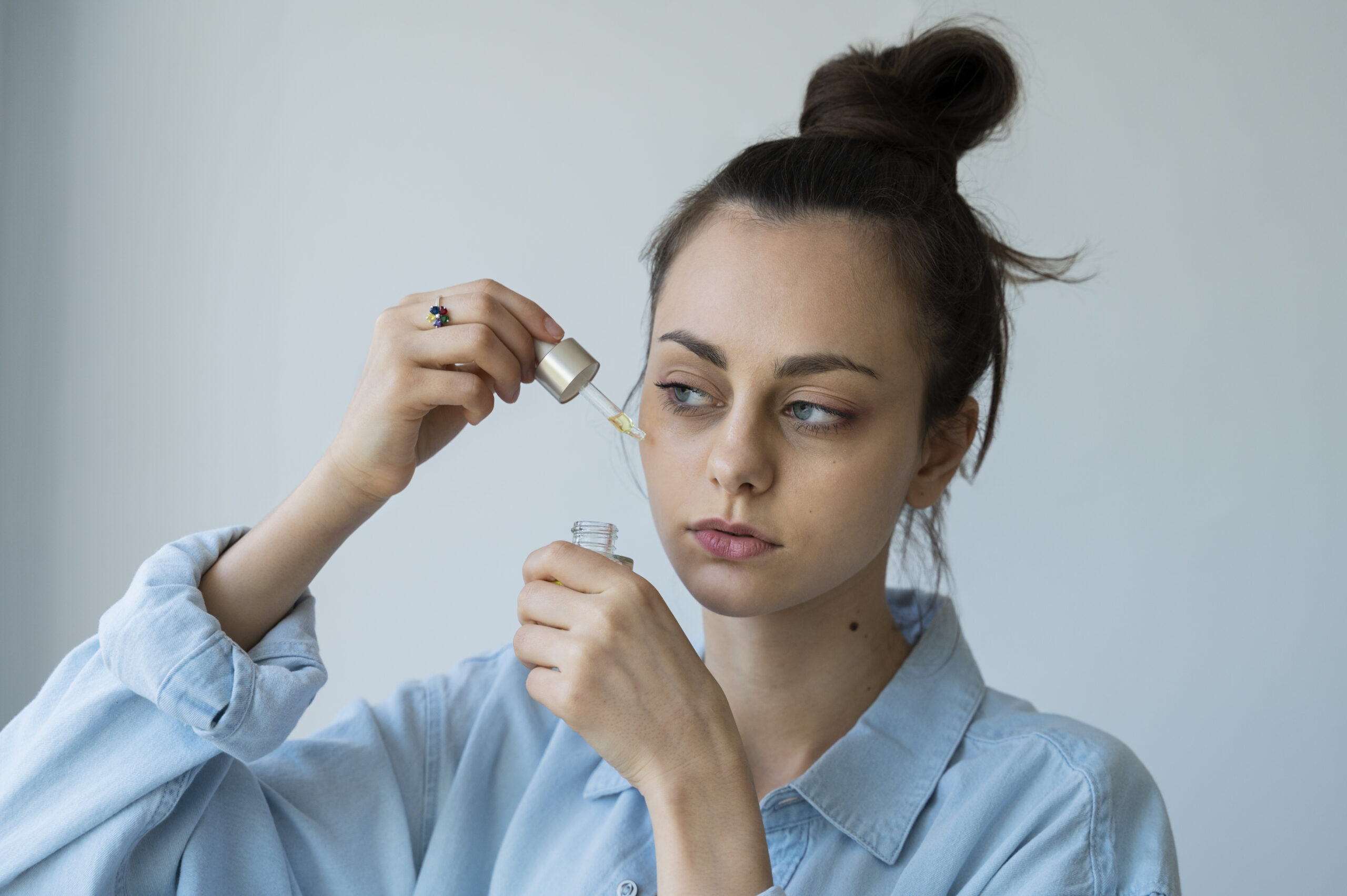
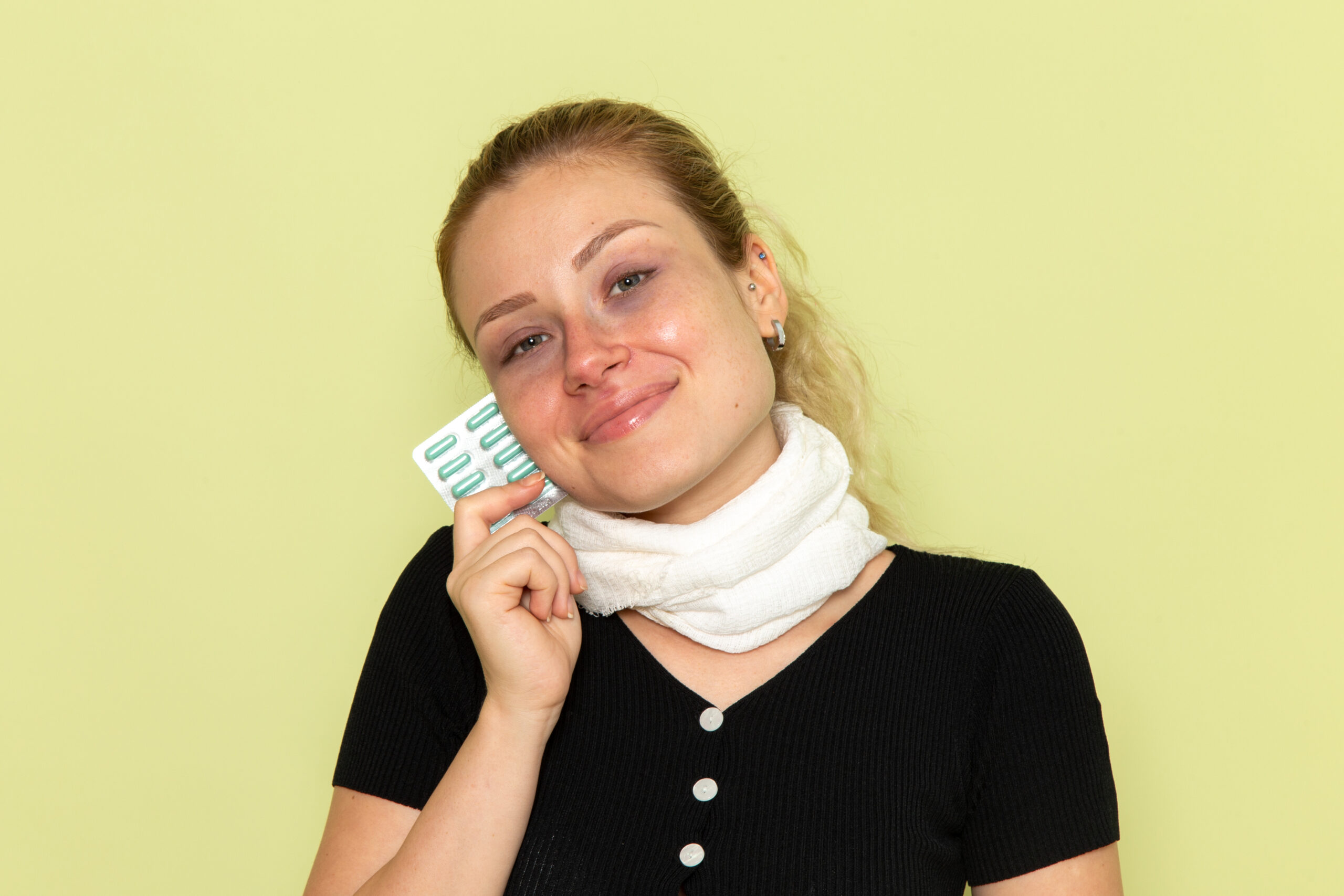
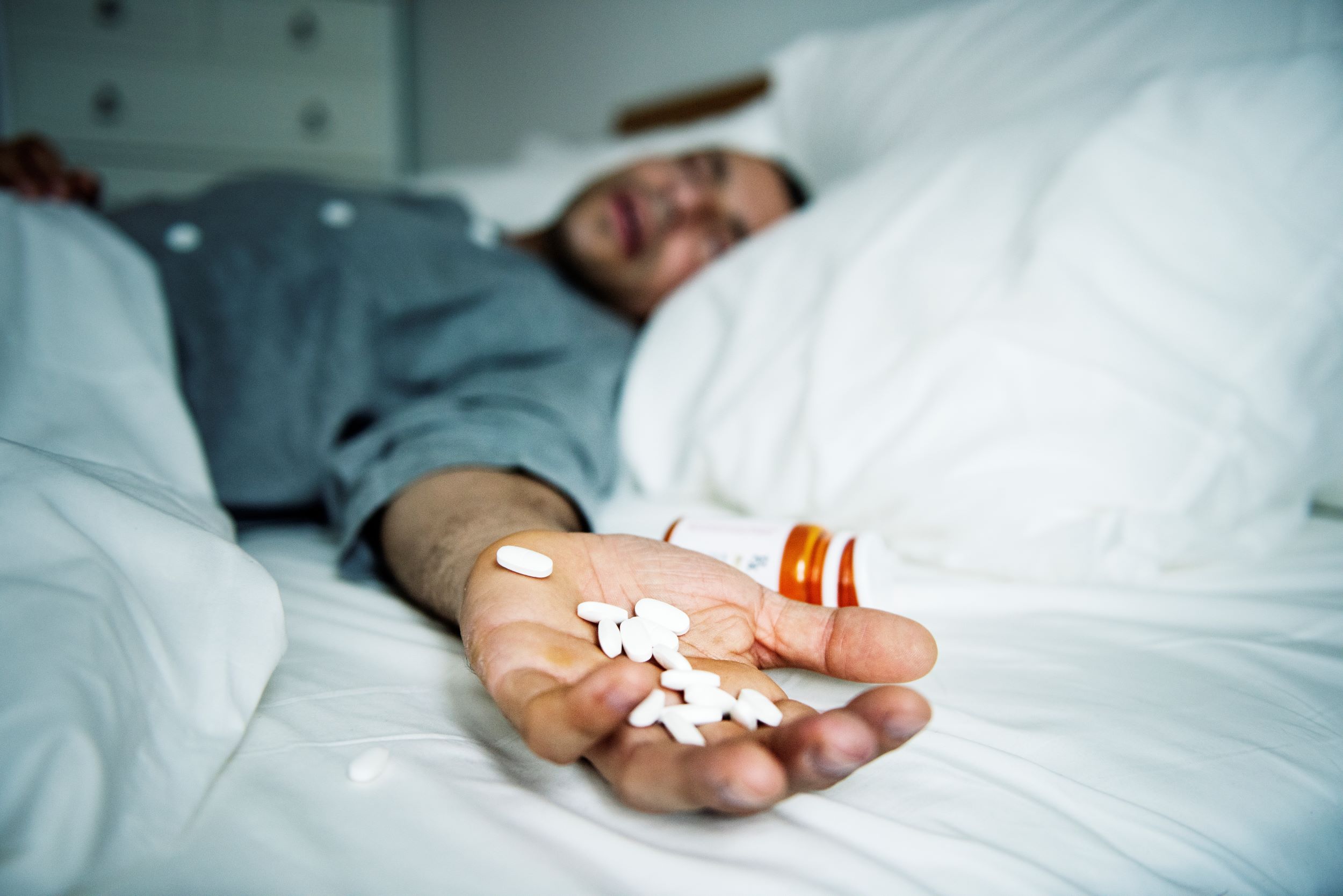 Issues with your sleep environment such as noise, a room that’s too hot or too cold or an uncomfortable bed can cause insomnia.
Other causes of insomnia can include jet lag, shift work or alcohol, caffeine or nicotine consumption.
If you’re persistently having difficulties falling asleep, lie awake at night, wake up several times during the night or are generally seeing a persistent decline in sleep quality, you should consult with a GP who can advise regarding insomnia.
Issues with your sleep environment such as noise, a room that’s too hot or too cold or an uncomfortable bed can cause insomnia.
Other causes of insomnia can include jet lag, shift work or alcohol, caffeine or nicotine consumption.
If you’re persistently having difficulties falling asleep, lie awake at night, wake up several times during the night or are generally seeing a persistent decline in sleep quality, you should consult with a GP who can advise regarding insomnia.
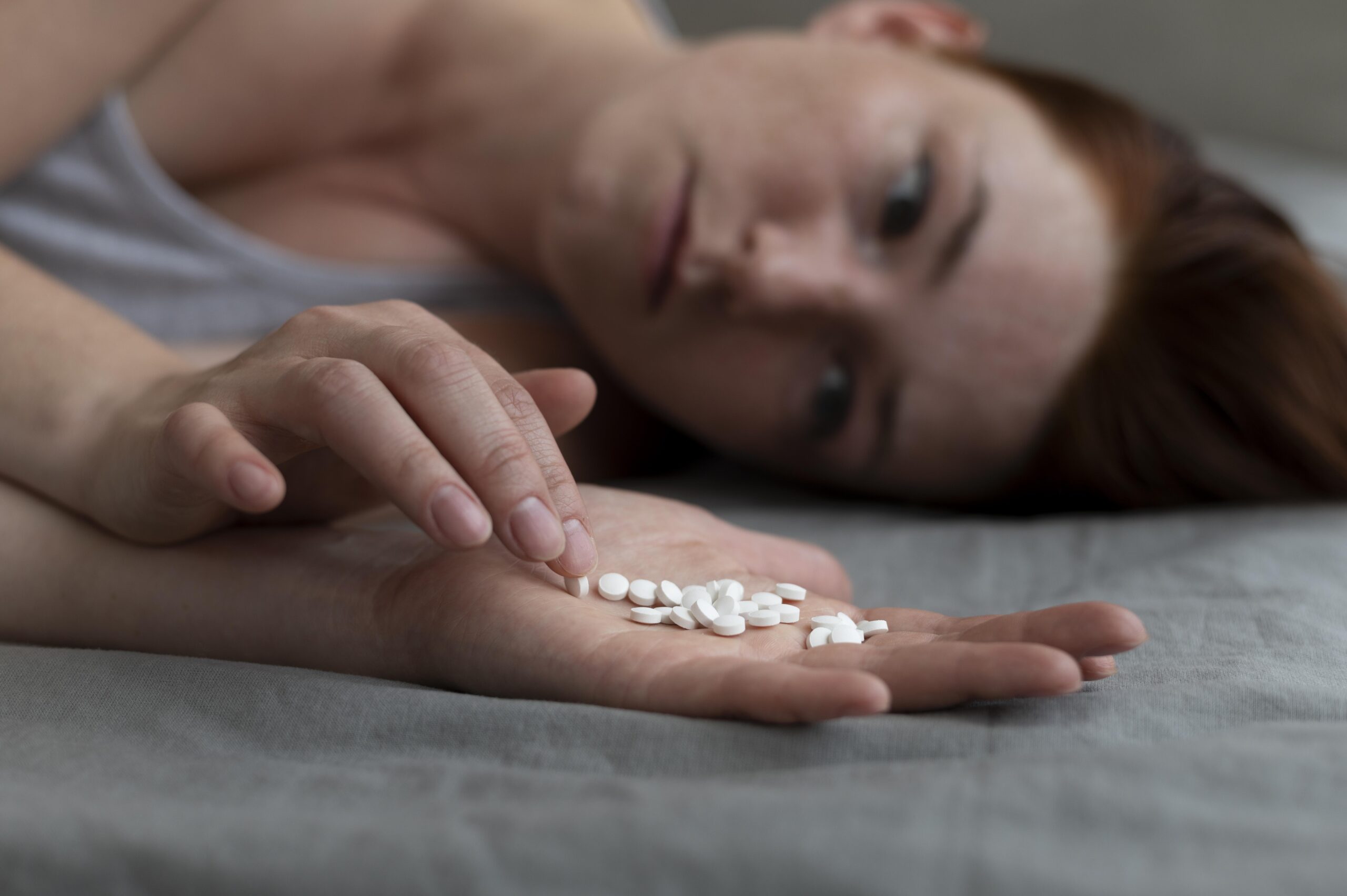 Products such as Melatonin require a prescription in the United Kingdom (despite being available over the counter in many parts of Europe and the US.) Melatonin is most often prescribed to treat Jet Lag in the UK.
There are certain controlled medication prescribed for Insomnia. Z-Drugs such as Zopiclone or Zolpidem are cautiously prescribed short-term for Insomnia. However there are risks with this type of medication as it can be highly addictive.
Similarly Benzodiazepines may be prescribed as sleep medication for Insomnia associated with anxiety but again, these medications are used cautiously and in the short-term only due to their habit forming nature.
Products such as Melatonin require a prescription in the United Kingdom (despite being available over the counter in many parts of Europe and the US.) Melatonin is most often prescribed to treat Jet Lag in the UK.
There are certain controlled medication prescribed for Insomnia. Z-Drugs such as Zopiclone or Zolpidem are cautiously prescribed short-term for Insomnia. However there are risks with this type of medication as it can be highly addictive.
Similarly Benzodiazepines may be prescribed as sleep medication for Insomnia associated with anxiety but again, these medications are used cautiously and in the short-term only due to their habit forming nature.
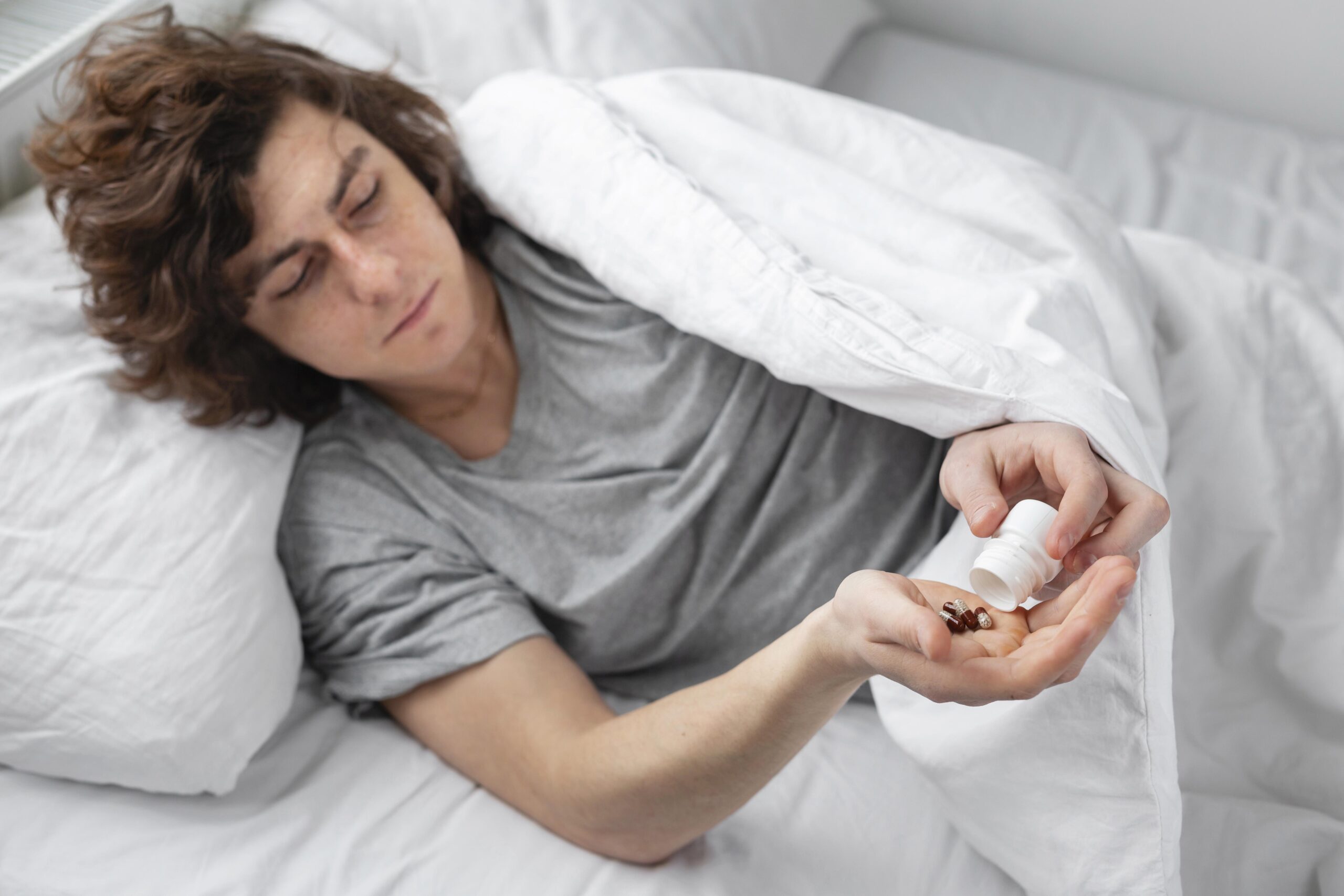
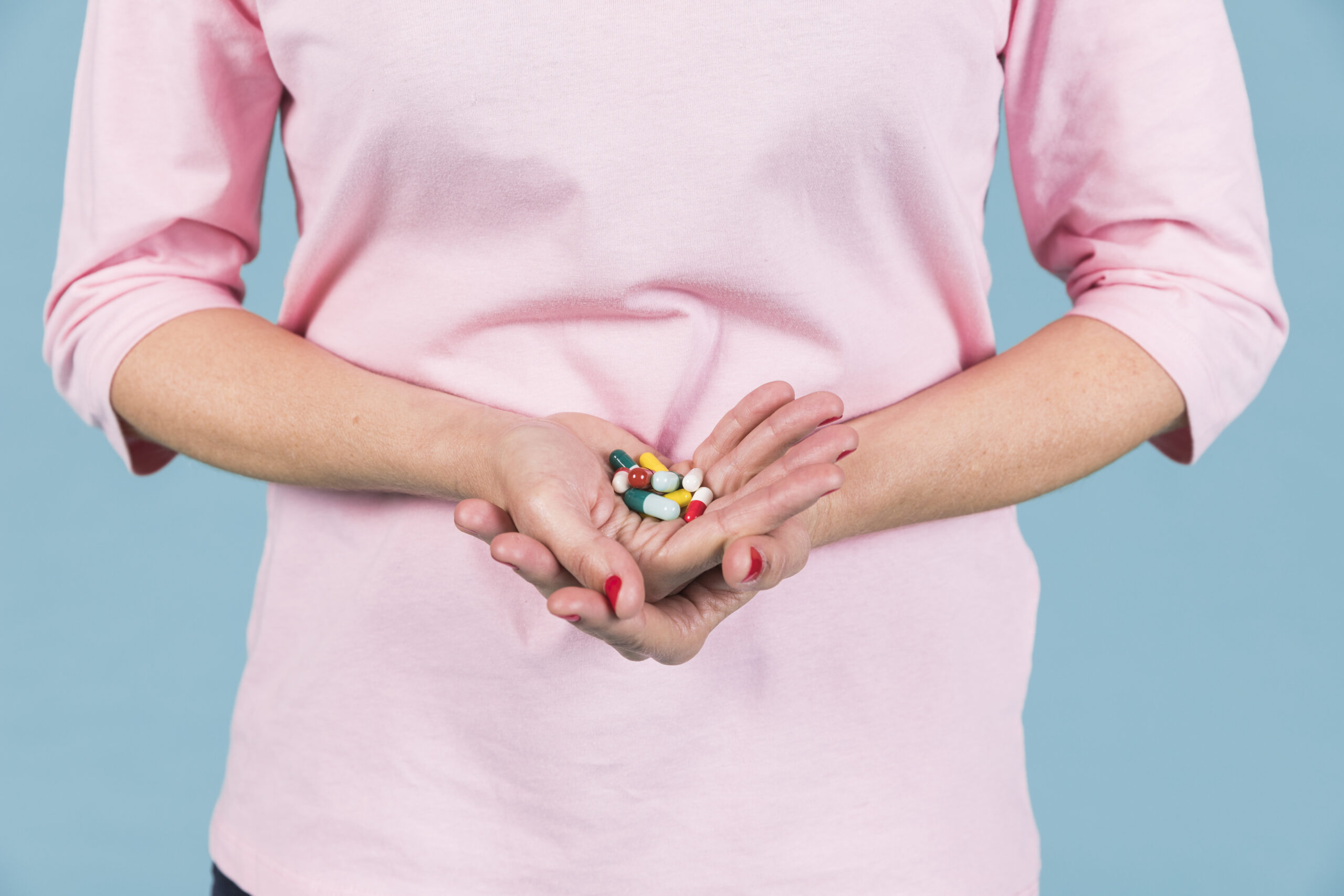 You can browse meds for utis and cystitis medication online at our Meds For Less website and order the appropriate medication for you easily, reliably and securely to your home address in the next 24 hours.
Urinary Tract infections (UTI’s) and cystitis are related conditions which involve infection and inflammation of parts of the urinary tract.
A UTI is an infection of any part of the urinary system including the kidneys, the ureters, the bladder and the urethra. UTIs can be divided into upper UTI and lower UTIs.
Upper UTIs include infections of the kidneys (pyelonephritis) and ureters. These are rarer and more serious than lower UTI’s and symptoms can include symptoms like fevers, chills and back pain.
Lower UTIs include infection of the bladder (Cystitis) and of the urethra. Lower UTIs are more common and symptoms include pain during urination, frequent urge to urinate and discomfort in the lower abdomen.
You can browse meds for utis and cystitis medication online at our Meds For Less website and order the appropriate medication for you easily, reliably and securely to your home address in the next 24 hours.
Urinary Tract infections (UTI’s) and cystitis are related conditions which involve infection and inflammation of parts of the urinary tract.
A UTI is an infection of any part of the urinary system including the kidneys, the ureters, the bladder and the urethra. UTIs can be divided into upper UTI and lower UTIs.
Upper UTIs include infections of the kidneys (pyelonephritis) and ureters. These are rarer and more serious than lower UTI’s and symptoms can include symptoms like fevers, chills and back pain.
Lower UTIs include infection of the bladder (Cystitis) and of the urethra. Lower UTIs are more common and symptoms include pain during urination, frequent urge to urinate and discomfort in the lower abdomen.
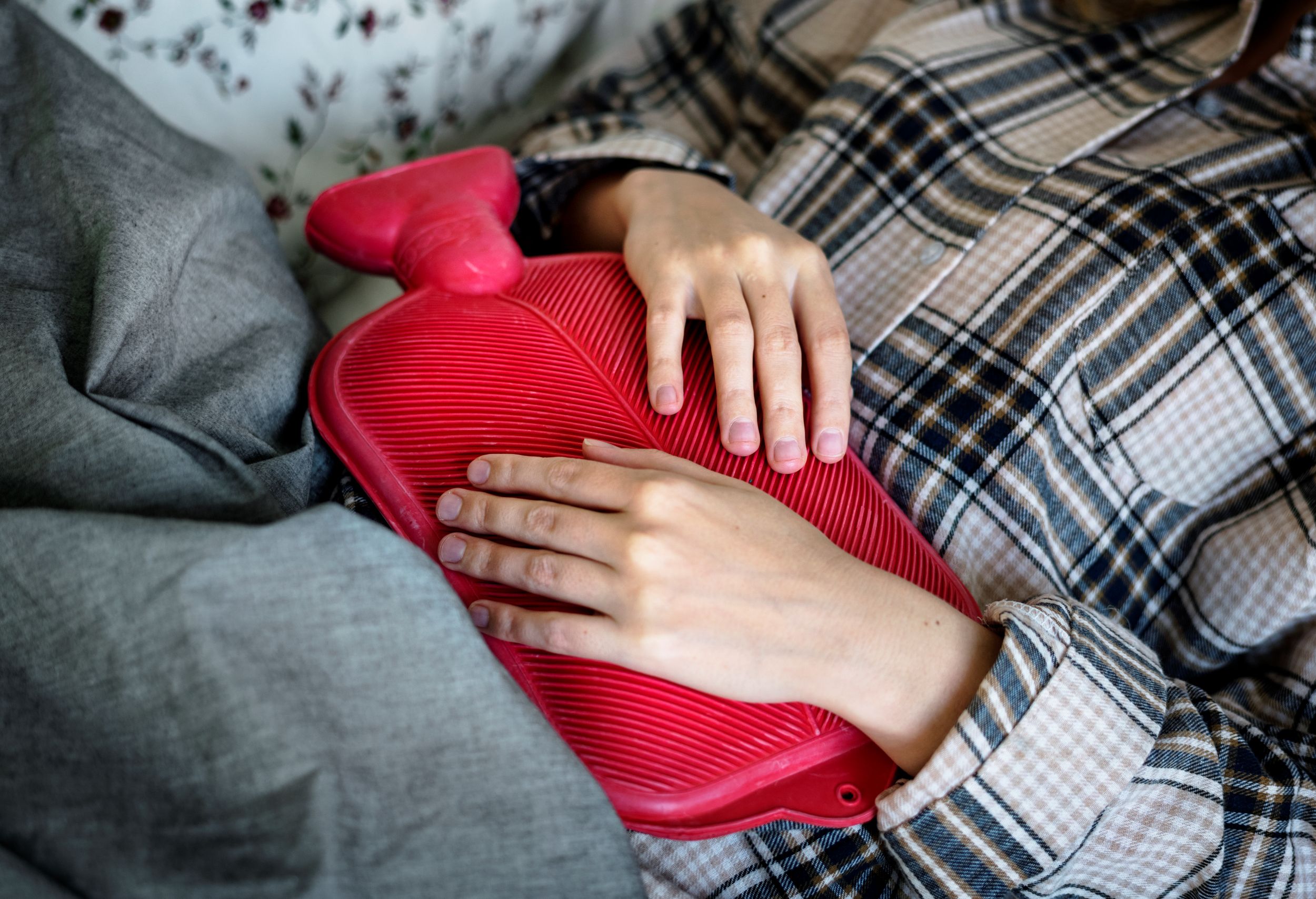 For Bacterial cystitis, first line treatments cystitis medications are prescription antibiotics such as Nitrofurtanonin, Trimethoprim, and Fosfomycin. It’s important to complete the entire course of antibiotics even if and when symptoms improve.
Pain medications for cystitis can include ibuprofen and paracetamol can help to provide relief from pain and discomfort in the short-term. Urinary pain relievers such as pyridium may also be used as a pain medication.
Hydration and drinking plenty of water and fluids can help flush bacteria from the bladder. Drinking plenty of fluids can cause increased frequency of urination and the accompanying burning sensation due to the UTI, however this is beneficial overall due to its flushing ability.
For noninfectious interstitial cystitis, meds for cystitis including pentosan polysulfate sodium (Elmiron) , antihistamines or tricyclic antidepressants can help soothe the bladder and restore the bladder lining. Other methods of treating non-infectious cystitis include pelvic-floor therapy, dietary changes and bladder training.
For Bacterial cystitis, first line treatments cystitis medications are prescription antibiotics such as Nitrofurtanonin, Trimethoprim, and Fosfomycin. It’s important to complete the entire course of antibiotics even if and when symptoms improve.
Pain medications for cystitis can include ibuprofen and paracetamol can help to provide relief from pain and discomfort in the short-term. Urinary pain relievers such as pyridium may also be used as a pain medication.
Hydration and drinking plenty of water and fluids can help flush bacteria from the bladder. Drinking plenty of fluids can cause increased frequency of urination and the accompanying burning sensation due to the UTI, however this is beneficial overall due to its flushing ability.
For noninfectious interstitial cystitis, meds for cystitis including pentosan polysulfate sodium (Elmiron) , antihistamines or tricyclic antidepressants can help soothe the bladder and restore the bladder lining. Other methods of treating non-infectious cystitis include pelvic-floor therapy, dietary changes and bladder training.
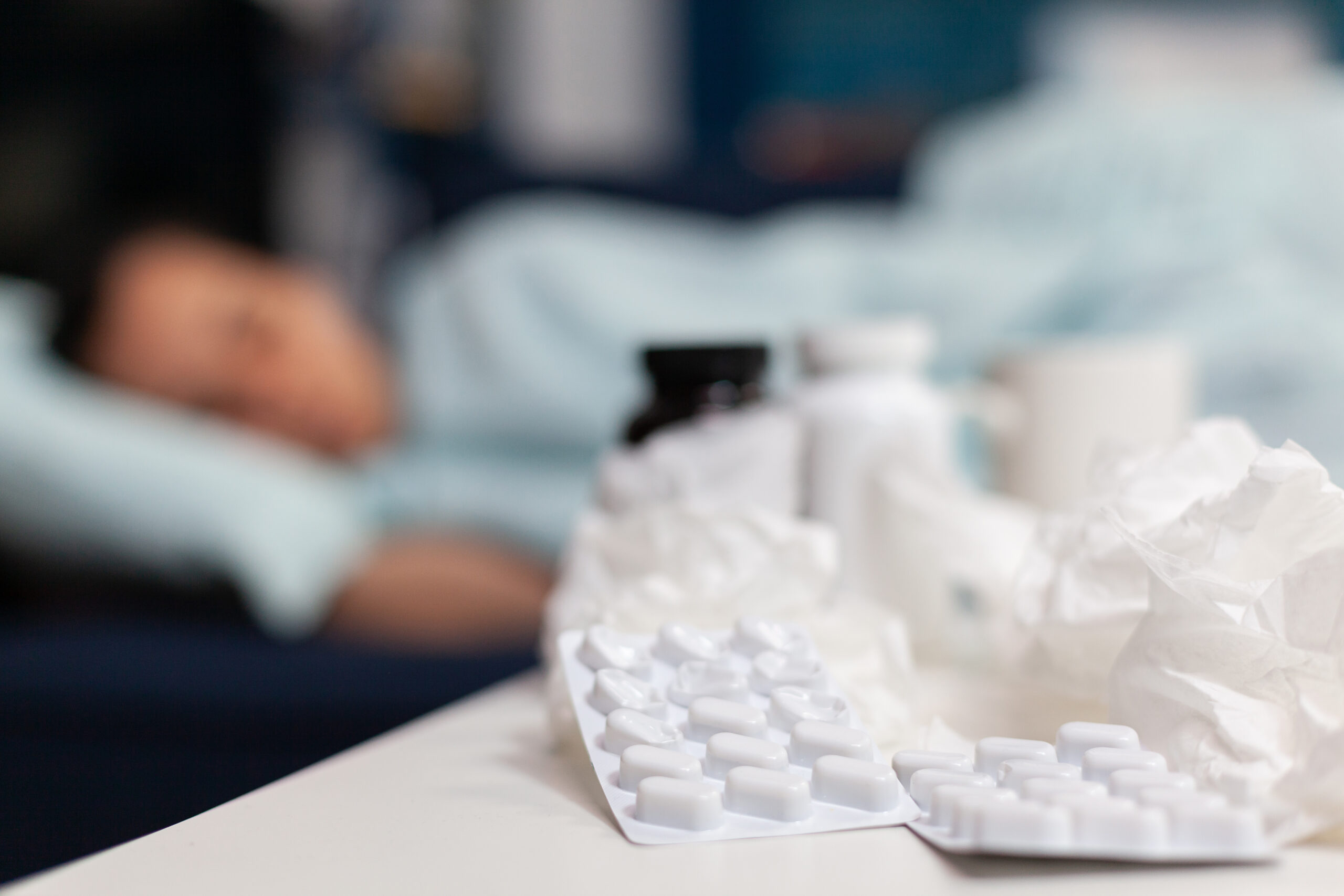
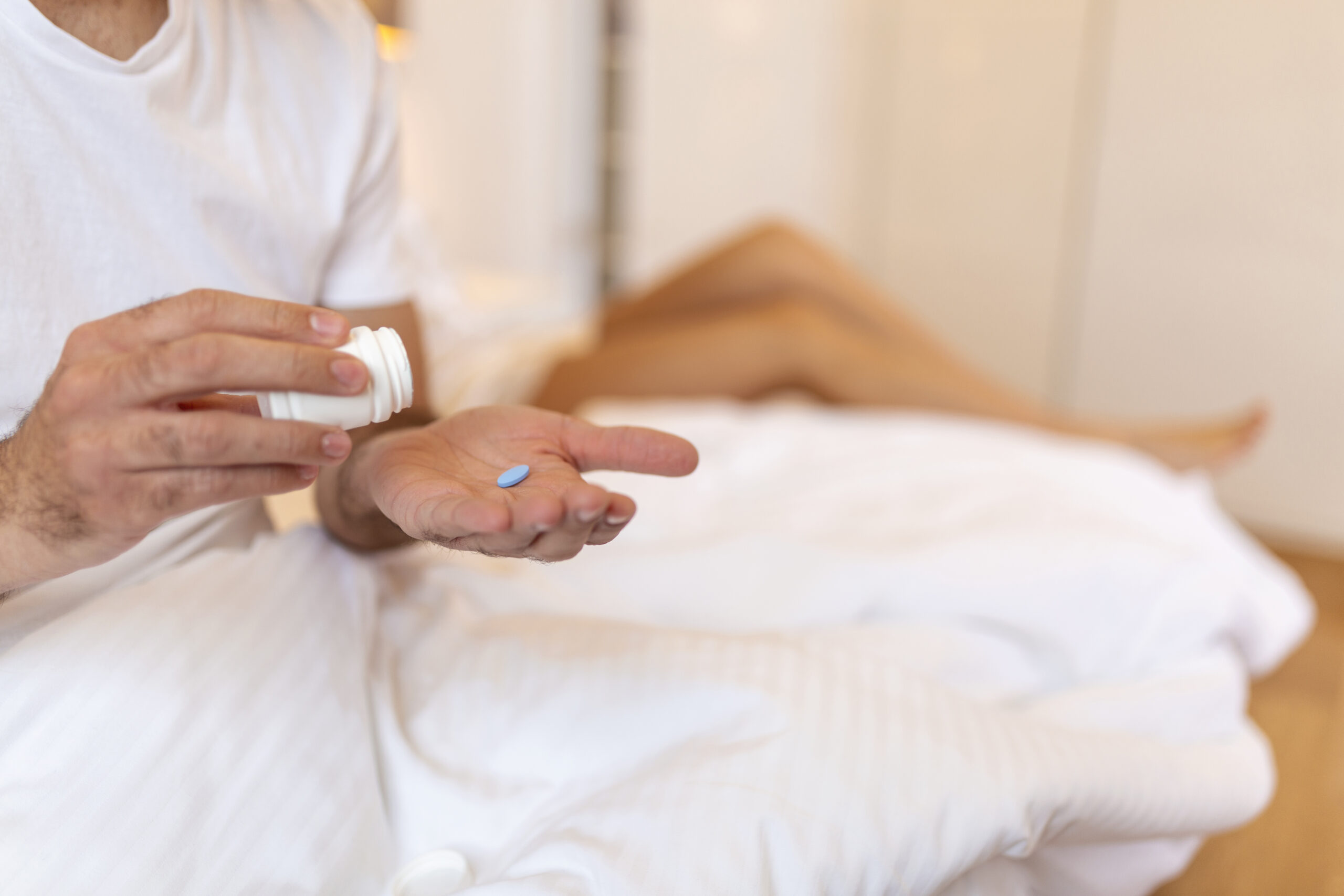
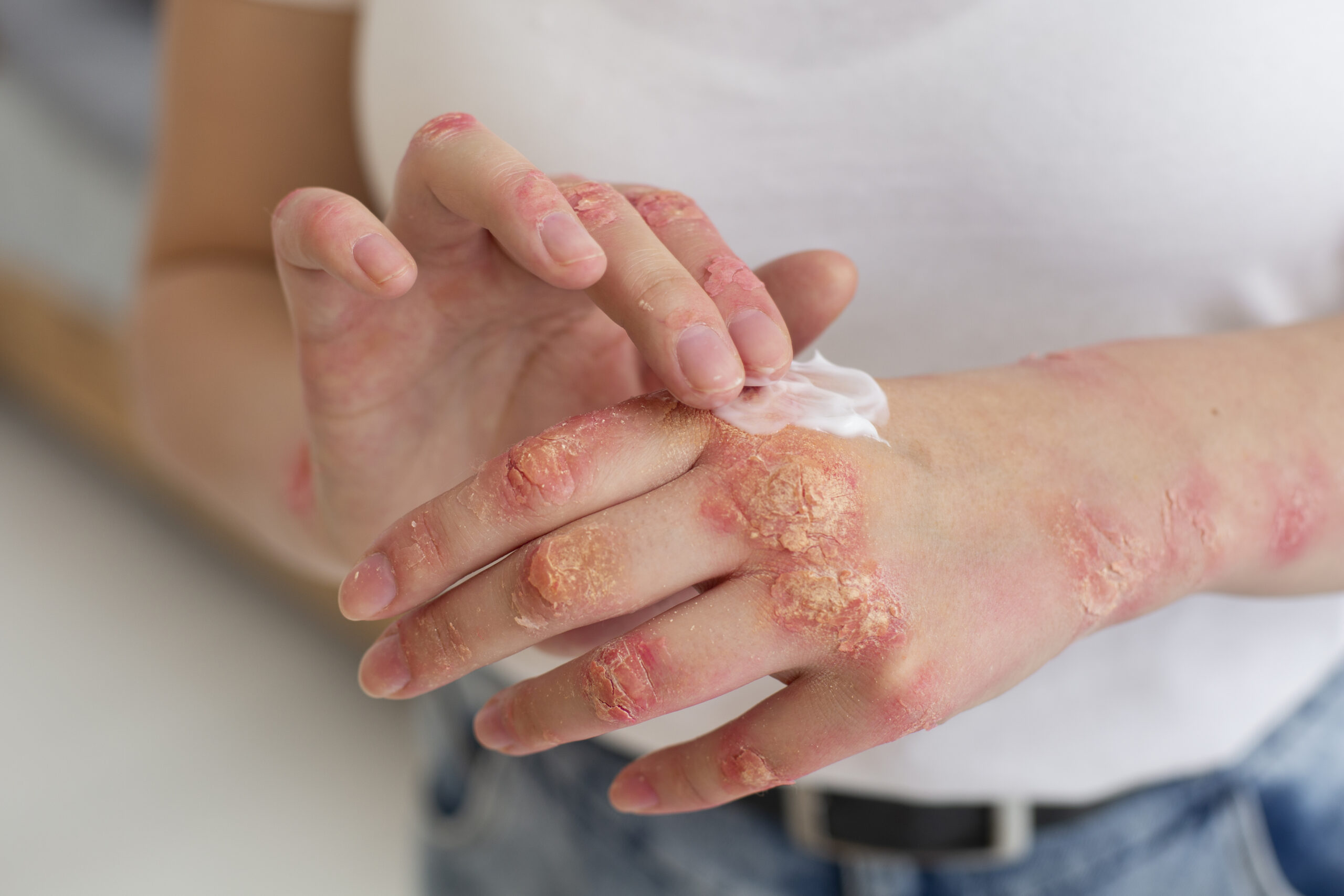
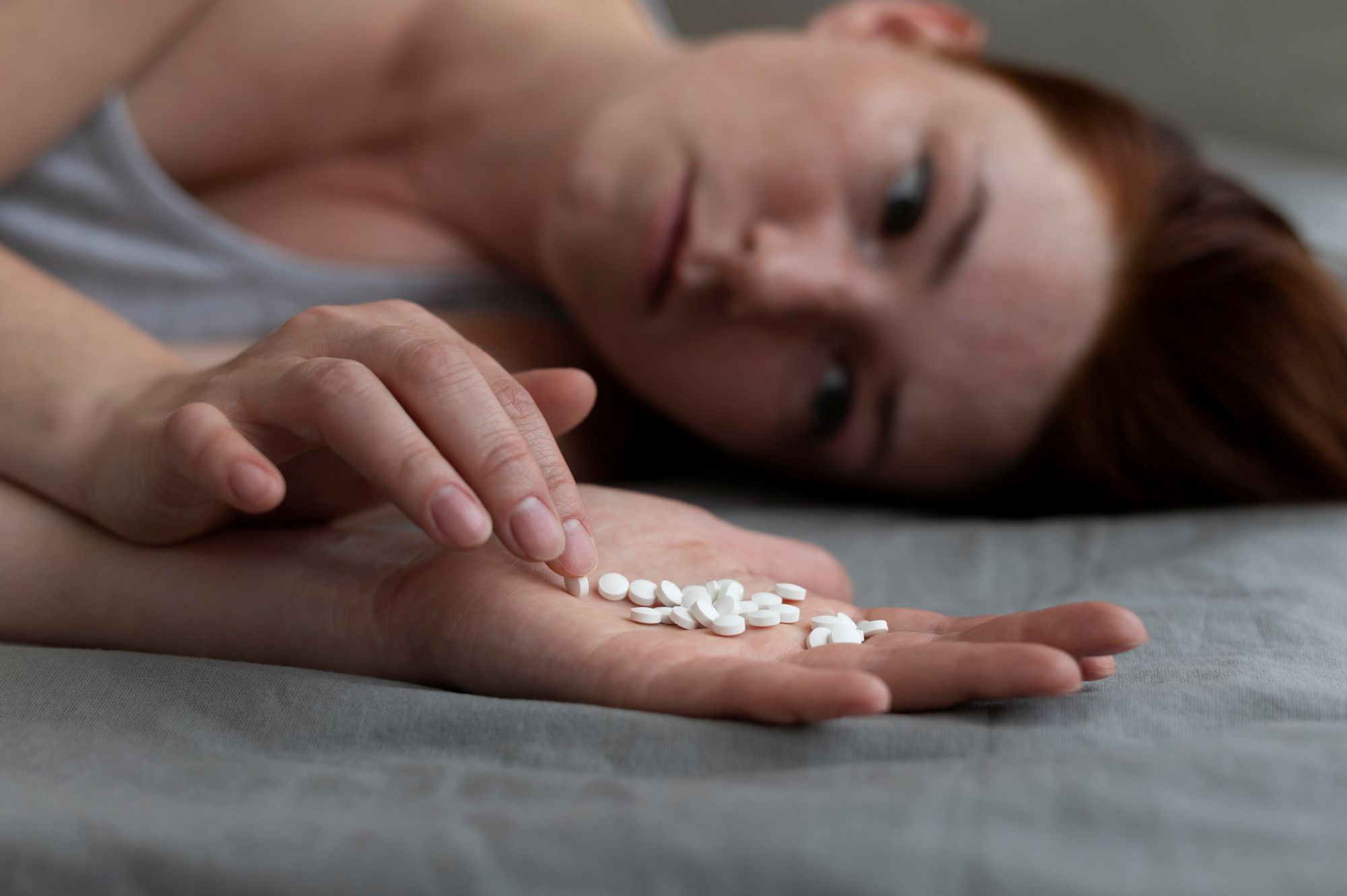
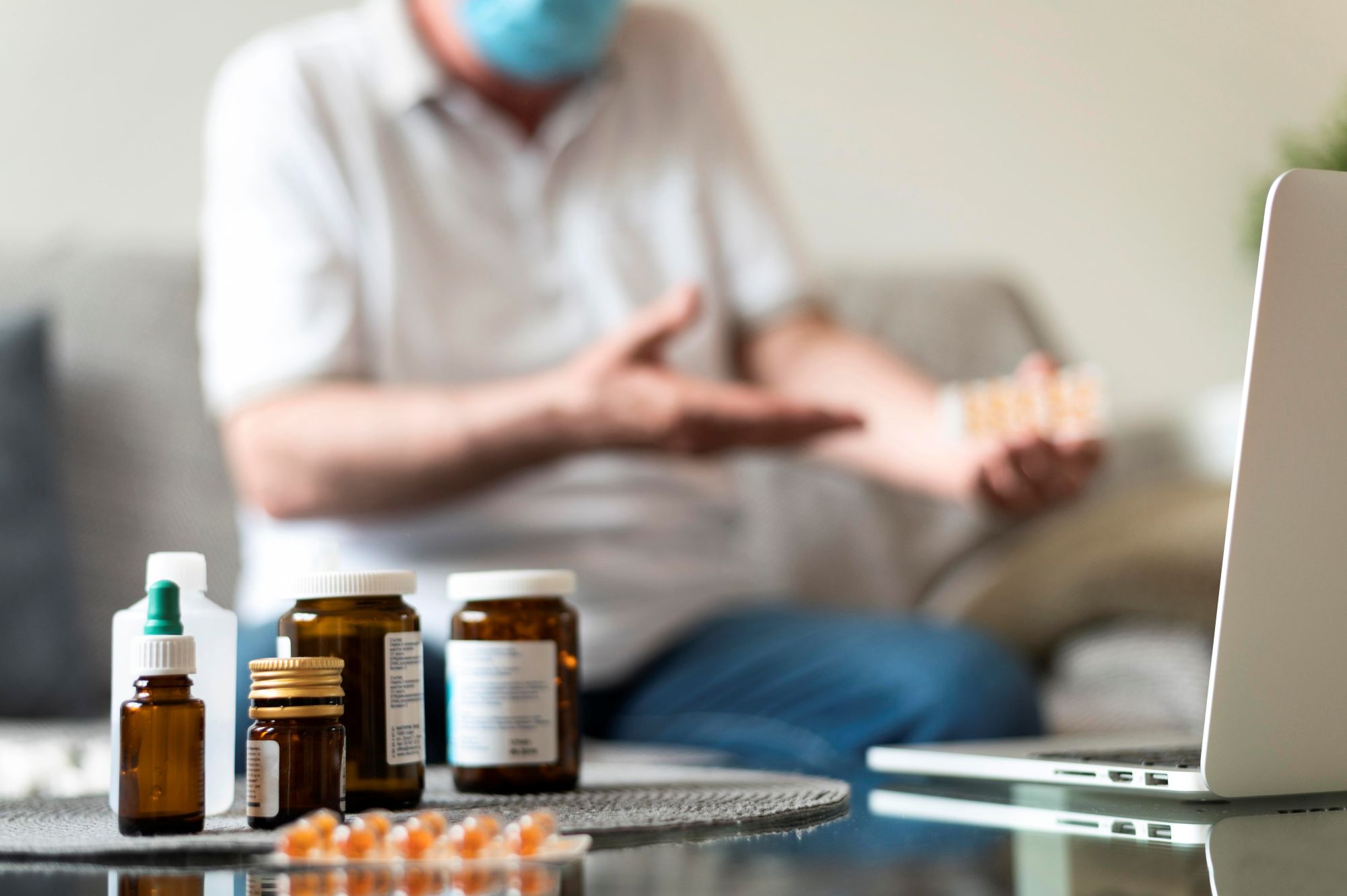 Generally, management of narcolepsy can be broken down into two categories:
Generally, management of narcolepsy can be broken down into two categories:
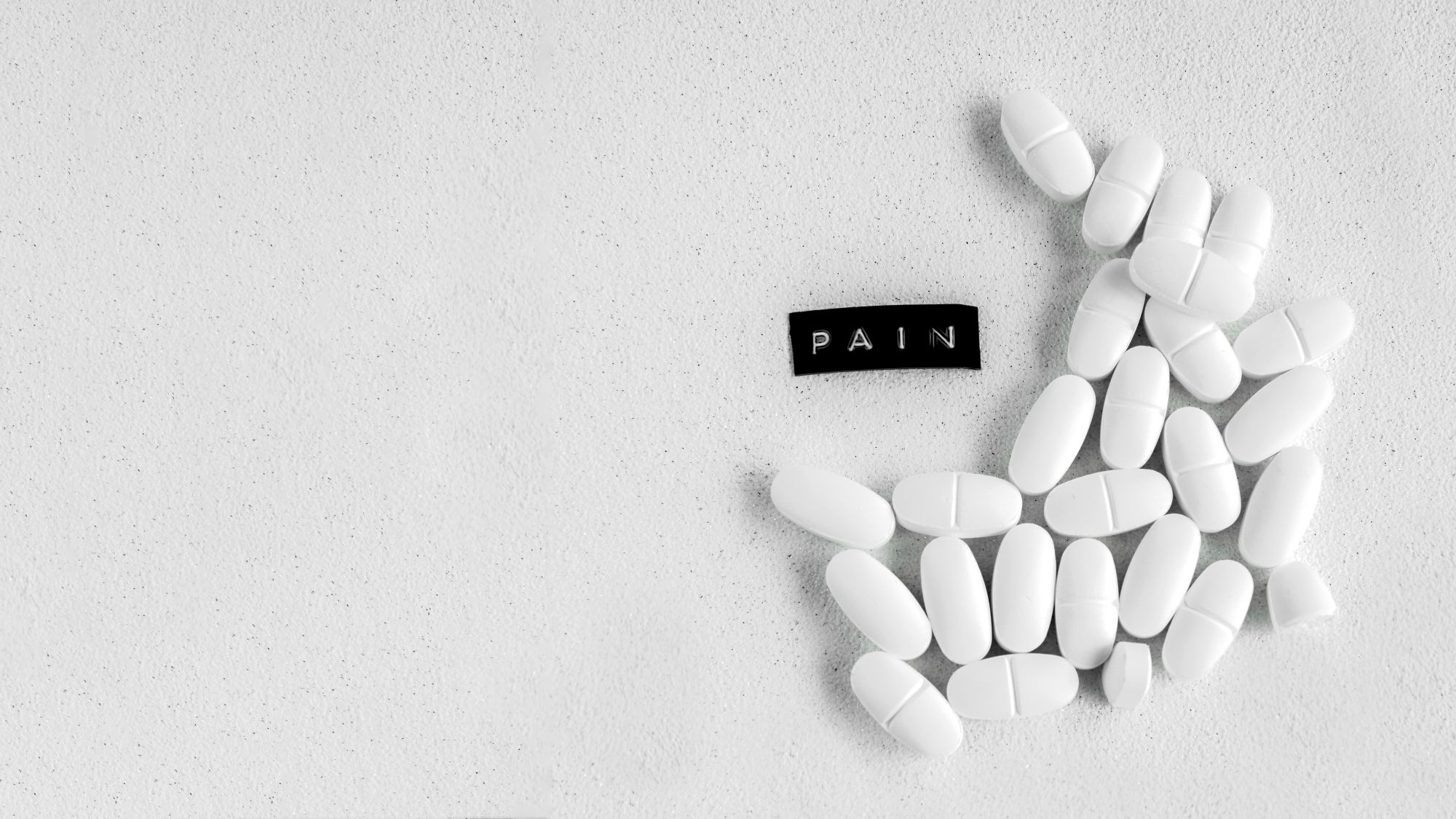
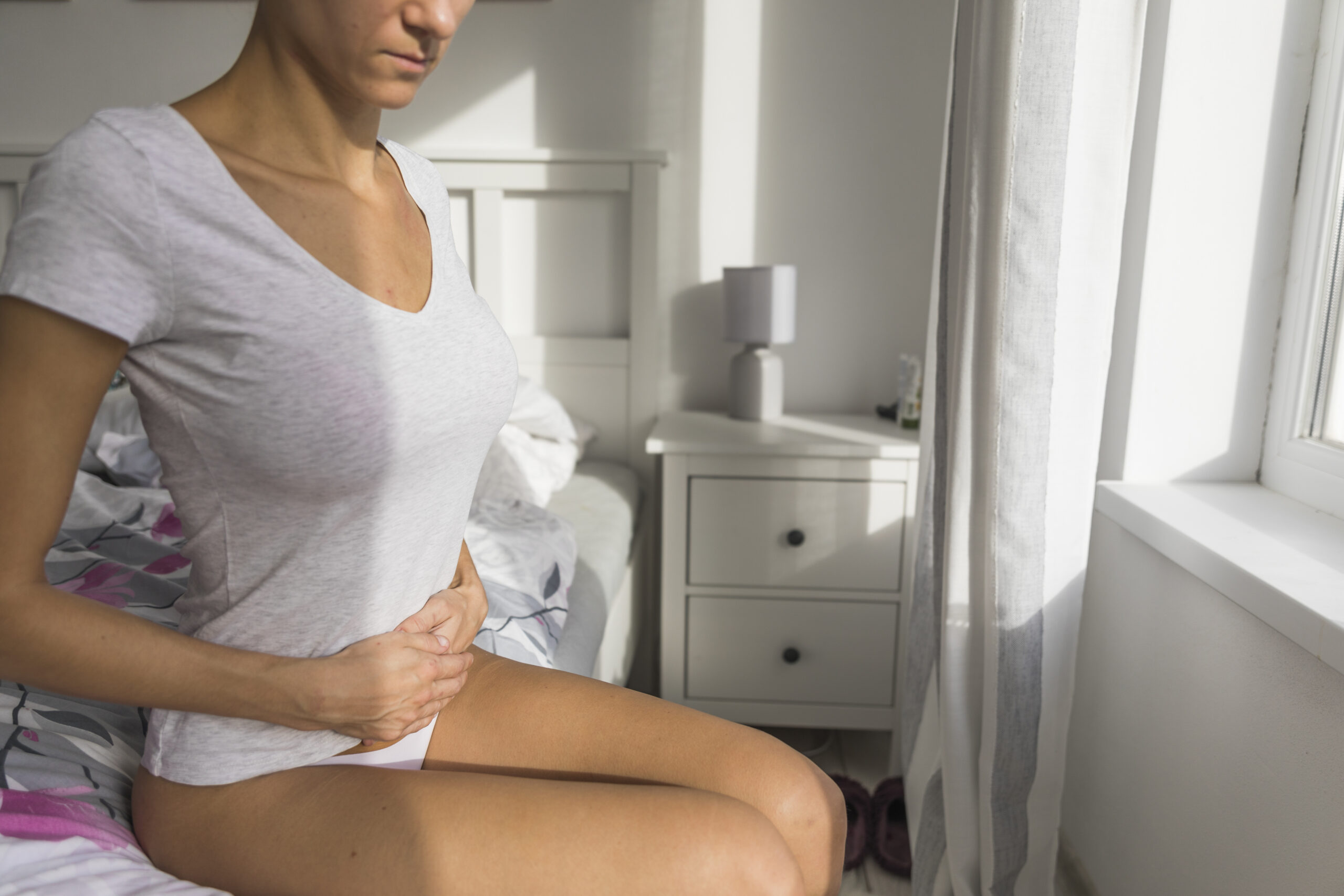 Bacterial vaginosis is usually treated with a combination of Over The Counter (OTC) and Prescription medications to clear out the growth of harmful bacteria and restore the normal, healthy bacterial environment.
You can check out our full catalogue of medicines to treat Bacterial vaginosis on our website and you can buy bacterial vaginosis medicine from Meds For Less easily, reliably and safely and have them delivered to your home in the next 24 hours.
Bacterial vaginosis (BV) is a common vaginal infection caused by an imbalance of natural bacteria found in the vagina.
Usually the vagina has a healthy microbial environment, with an abundance of “good” bacteria which help keep other bacteria in check. In BV there is an overgrowth of harmful bacteria such as Gardnerella Vaginalis which disrupts the healthy balance.
Bacterial vaginosis is usually treated with a combination of Over The Counter (OTC) and Prescription medications to clear out the growth of harmful bacteria and restore the normal, healthy bacterial environment.
You can check out our full catalogue of medicines to treat Bacterial vaginosis on our website and you can buy bacterial vaginosis medicine from Meds For Less easily, reliably and safely and have them delivered to your home in the next 24 hours.
Bacterial vaginosis (BV) is a common vaginal infection caused by an imbalance of natural bacteria found in the vagina.
Usually the vagina has a healthy microbial environment, with an abundance of “good” bacteria which help keep other bacteria in check. In BV there is an overgrowth of harmful bacteria such as Gardnerella Vaginalis which disrupts the healthy balance.
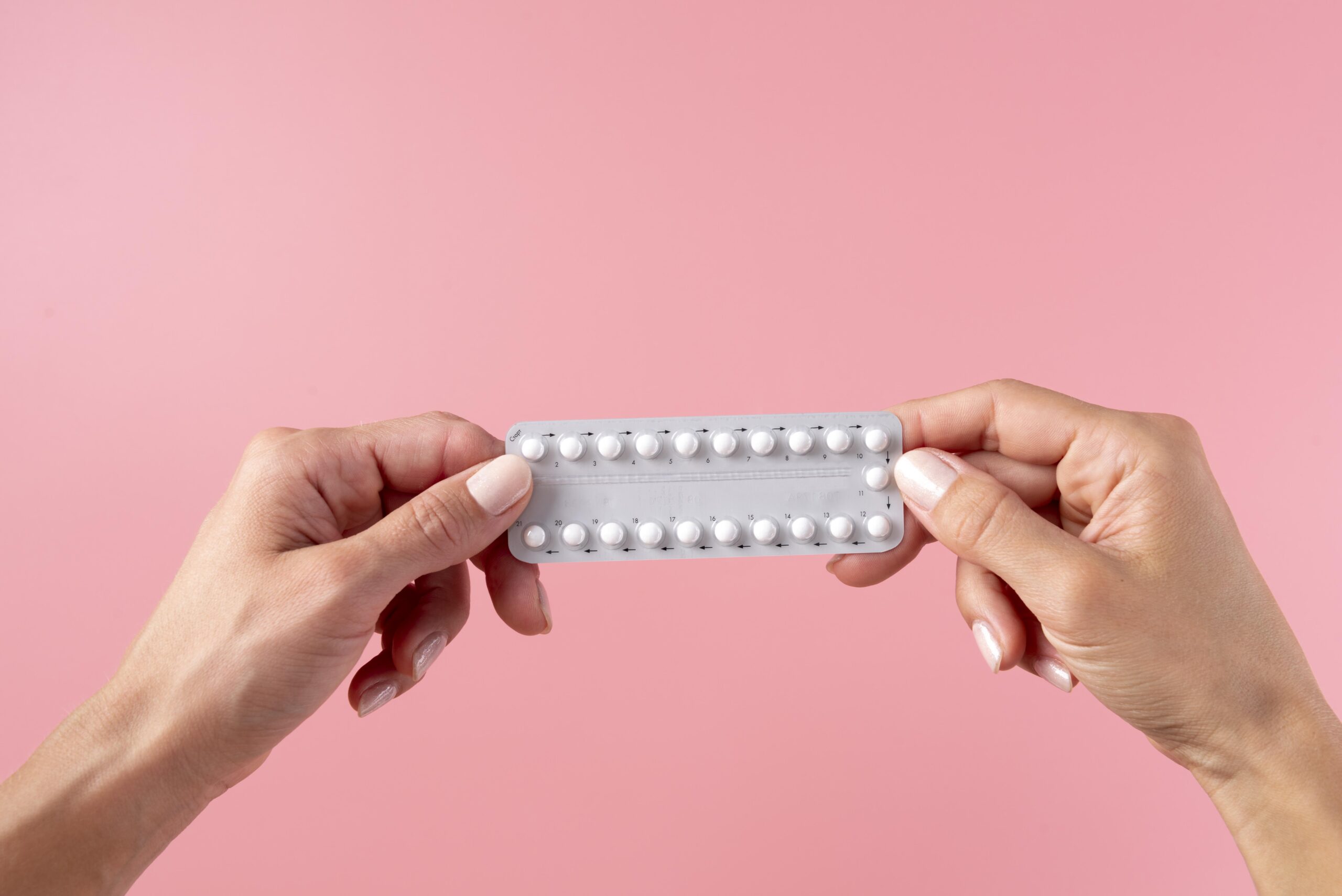 In a healthy vagina, the presence of good bacteria (like lactobacillus) keeps the overgrowth of harmful bacteria like Gardnerella Vaginalis limited and presents vaginosis.
Risk factors for BV include having multiple or new sexual partners, although BV is not a sexually transmitted infection (STI), having new or multiple sexual partners can cause bacterial imbalance leading to vaginosis.
Douching also predisposes women to developing BV by disrupting the natural bacterial balance in the vagina, making it easier for the harmful bacteria to overgrow.
Using harsh chemicals or products with fragrance on the vaginal area can irritate it and disrupt the natural bacterial balance.
Women who smoke have a higher risk of developing BV due to the presence of chemicals in the tobacco which can alter the vaginal environment and make it more likely for bacterial imbalances to occur.
In a healthy vagina, the presence of good bacteria (like lactobacillus) keeps the overgrowth of harmful bacteria like Gardnerella Vaginalis limited and presents vaginosis.
Risk factors for BV include having multiple or new sexual partners, although BV is not a sexually transmitted infection (STI), having new or multiple sexual partners can cause bacterial imbalance leading to vaginosis.
Douching also predisposes women to developing BV by disrupting the natural bacterial balance in the vagina, making it easier for the harmful bacteria to overgrow.
Using harsh chemicals or products with fragrance on the vaginal area can irritate it and disrupt the natural bacterial balance.
Women who smoke have a higher risk of developing BV due to the presence of chemicals in the tobacco which can alter the vaginal environment and make it more likely for bacterial imbalances to occur.
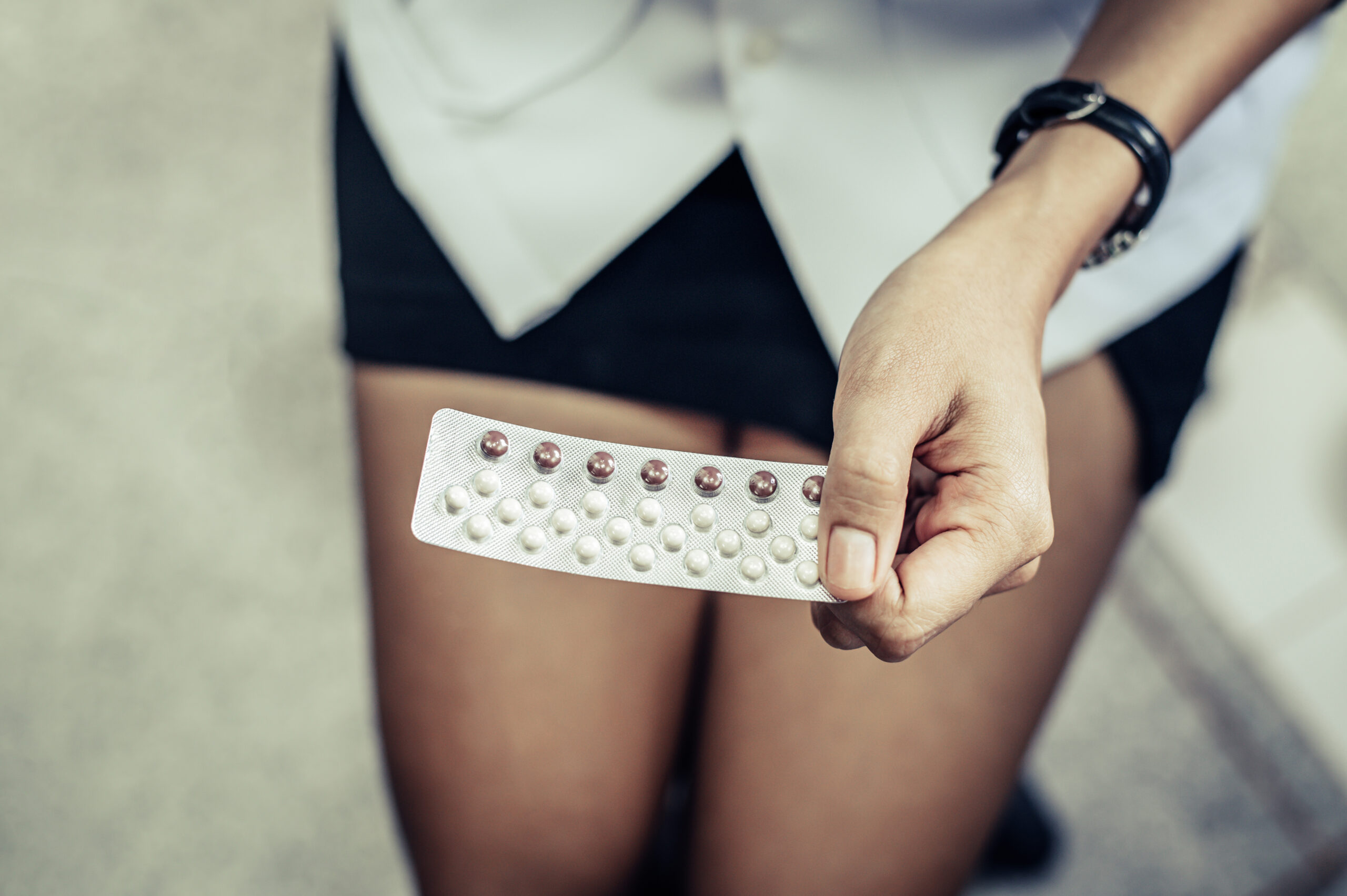 Common prescription medications used in the treatment of bacterial vaginosis are antibiotics such as:
Common prescription medications used in the treatment of bacterial vaginosis are antibiotics such as:
 Genital herpes is an infection by the herpes simplex virus (HSV). Both forms of the virus, HSV-1 and HSV-2 can cause genital herpes but HSV-1 is typically associated with oral herpes while HSV-2 causes genital herpes. Genital herpes is a sexually transmitted infection.
Symptoms can vary but genital herpes may present as itchiness and painful blisters around your genitals, smelly discharge, and a general feeling of being unwell.
Unfortunately, it cannot be cured once you have it so you can get outbreaks. It may be reassuring however, that it is not an uncommon condition and it is important to receive proper treatment and advice on how to manage outbreaks.
Genital herpes is an infection by the herpes simplex virus (HSV). Both forms of the virus, HSV-1 and HSV-2 can cause genital herpes but HSV-1 is typically associated with oral herpes while HSV-2 causes genital herpes. Genital herpes is a sexually transmitted infection.
Symptoms can vary but genital herpes may present as itchiness and painful blisters around your genitals, smelly discharge, and a general feeling of being unwell.
Unfortunately, it cannot be cured once you have it so you can get outbreaks. It may be reassuring however, that it is not an uncommon condition and it is important to receive proper treatment and advice on how to manage outbreaks.
| Discharge | You may notice some strange penile or vaginal discharge, it often looks thick but it can be clear or cloudy. Some people may notice some blood. It may also have a fishy kind of smell. This might mean you have an infection |
| Itching | If you feel some itchiness around your genitals or anus, this may suggest a outbreak or infection. You might also feel like the affected area of your skin is tingling or burning. |
| Flu-like symptoms | Flu-like symptoms might include a temperature and general tiredness. A headache and general aches in your body are also common. You may also note that your lymph nodes might feel swollen. |
| Painful blisters and sores | In the early stage of the infection, you might notice little red bumps around your buttocks, penis/vagina, or thighs. These then turn into painful blisters. If or when these blisters burst, they may form painful little breaks in the skin called ulcers. The ulcers can usually need a few weeks to heal and disappear. |
| Pain during urination | If peeing becomes painful, for example you feel like it burns when you pee, then you should seek medical attention. Understandably, the pain may mean some people avoid going to the toilet but this is not advised as it may lead to other problems. |
| Mouth sores | Oral sex with someone with genital herpes can cause mouth sores. |
| Antiviral medications | These stop the growth and therefore action of the herpes simplex virus to treat your symptoms. Aciclovir is one of the most common genital herpes pills. Valacyclovir is another option (sold as Valtrex), it lasts longer than Aciclovir so it is not taken as frequently. |
| Over the counter (otc) options | otc meds for genital herpes include pain relief such as ibuprofen and skin creams to reduce the itchiness and pain |
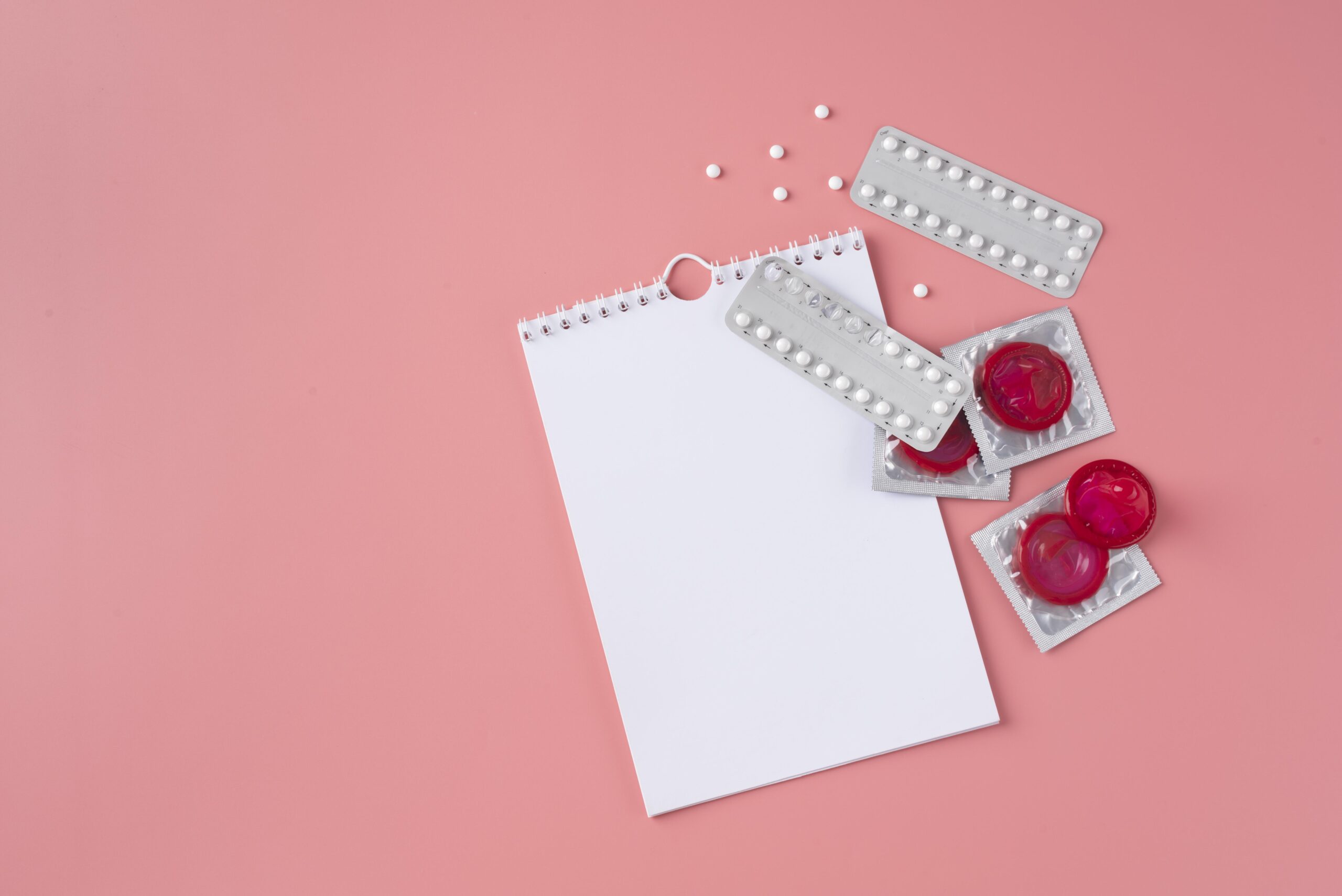
| Medication | What does it do? | Cost for one pack or for one outbreak |
| Aciclovir (Acyclovir) | Aciclovir is a type of antiviral that works by stopping the growth and replication of the herpes simplex virus. This pill helps reduce the strength and duration of genital herpes and mouth sores. Typically, you take fifteen 400mg tablets for one outbreak. | £8.95 for one outbreak (15 tablets) |
| Blistex Cold Sore Cream | You put this cream on or around your lips when you feel the itchy/tingly feeling that alerts you to an oncoming cold sore. This helps treat the outbreak early. | £6.95 for a 2g tube |
| Valtrex (Valacyclovir hydrochloride) | Like Aciclovir, this is a type of antiviral that works by suppressing growth and effect of the herpes simplex virus. This pill relieves the symptoms of genital herpes. Typically, you take ten tablets for an outbreak. | £44.95 for one outbreak (10 tablets) |
| Zovirax | This cream contains the antiviral acyclovir that treats the symptoms from the herpes simplex virus. You can choose from a pump or a tube. | £6.10 for a pump/tube |
| Type | Available OTC? | Best For |
| Pain relief & creams | Yes | Mild discomfort or itching |
| Antiviral tablets | No | Active outbreaks, prevention |
| Topical wart solutions | Some | External wart removal |
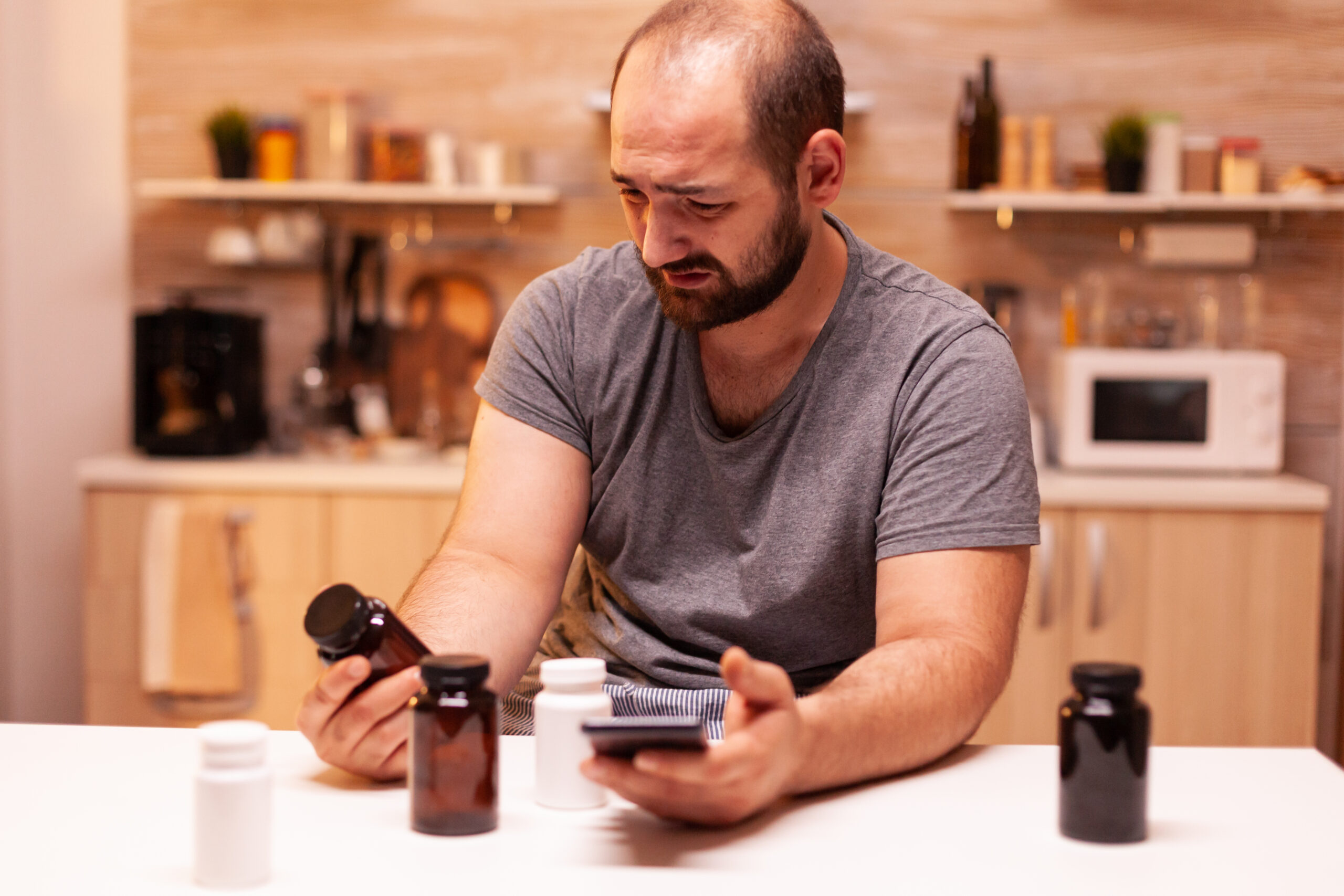 As the name suggests, low testosterone is a condition where the body is not producing enough testosterone which is an important sex hormone. Some reasons why someone may have low levels of testosterone include:
As the name suggests, low testosterone is a condition where the body is not producing enough testosterone which is an important sex hormone. Some reasons why someone may have low levels of testosterone include:
o As we age, testosterone levels naturally decrease. Levels usually start to go down at the age of 30.
o Some conditions are linked to low testosterone. For example, pituitary gland problems, Klinefelter’s syndrome.
o Some medications can affect how much testosterone your body makes. For example, steroids and opioid drugs.
o Current research suggests that lifestyle factors can play an important part in decreased testosterone levels. Some examples include: obesity, excessive alcohol, and chronic stress.
o For example, an injury to the testicles decrease testosterone production.
Luckily, we have a good understanding of how to manage low testosterone, for instance there are medications to increase testosterone.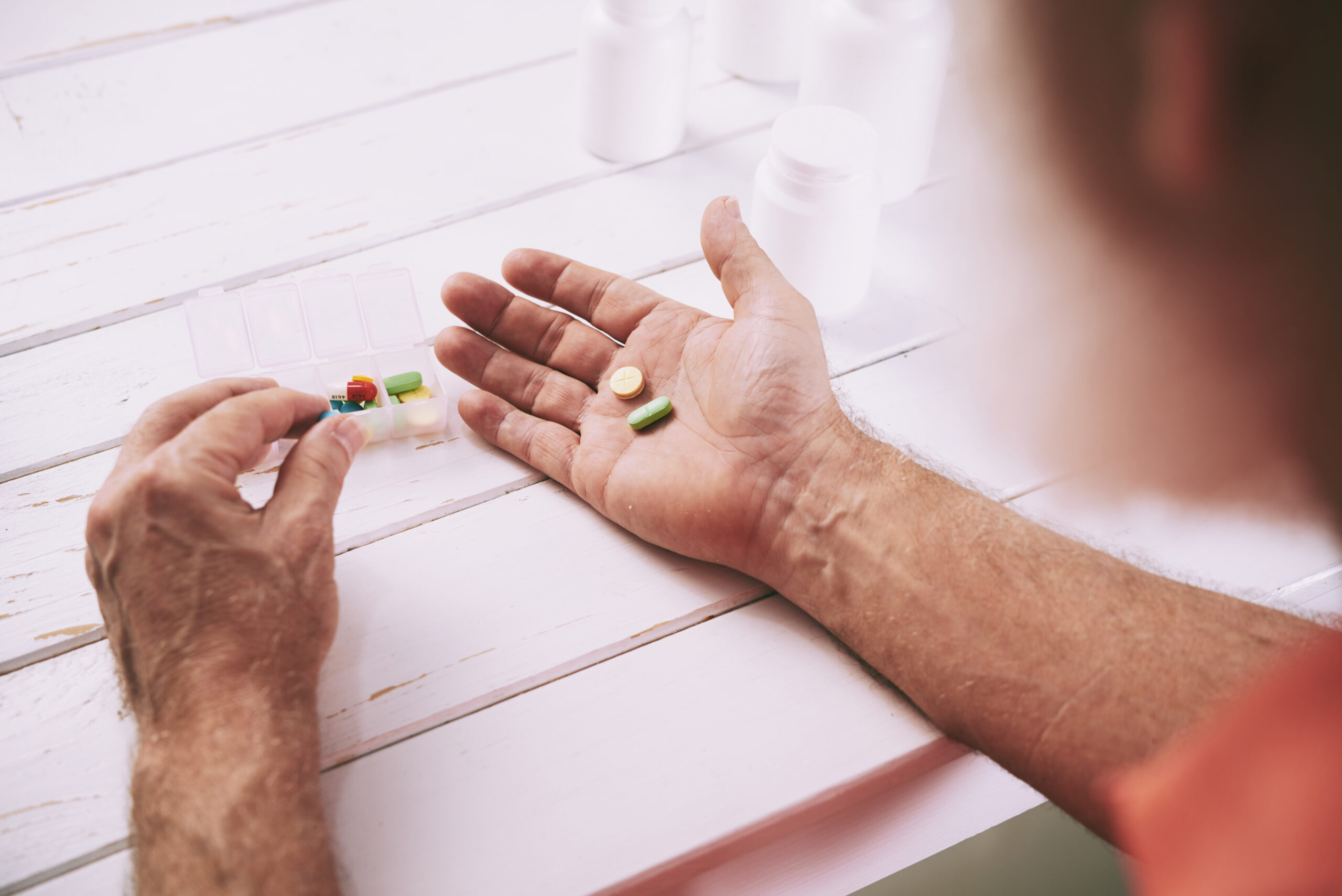
o For example, decreased sex drive and difficulty achieving or maintaining erections.
o Feeling tired all the time even if you get enough sleep.
o Feeling low in mood or irritable.
o Experiencing mood swings.
o Increased body fat, especially belly fat.
o Losing muscle mass and strength.
o Bones become weaker which increases the risk of fractures.
o Hair thinning or hair loss.
| Treat the underlying condition | It is best to consult a doctor to help understand if an underlying health condition is contributing to the low testosterone. For example, managing conditions like diabetes and thyroid disorders can help increase testosterone levels. |
| Lifestyle change | Eating a balanced diet, exercising regularly, sleeping well, and managing stress are all important lifestyle changes that can help improve testosterone levels. |
| Medication | There is currently no low t medicine over the counter. If needed, a doctor may prescribe some medicine for low testosterone to stimulate the body to make more testosterone.This can include testosterone replacement therapies (TRT) encompassing topical treatments such as Testogel or injectable testosterone. |
| Testosterone Replacement Therapy | If needed, a doctor may prescribe testosterone replacement therapy. This supplements low testosterone levels in the body and it can be done via a testosterone gel, patch, or injection. |
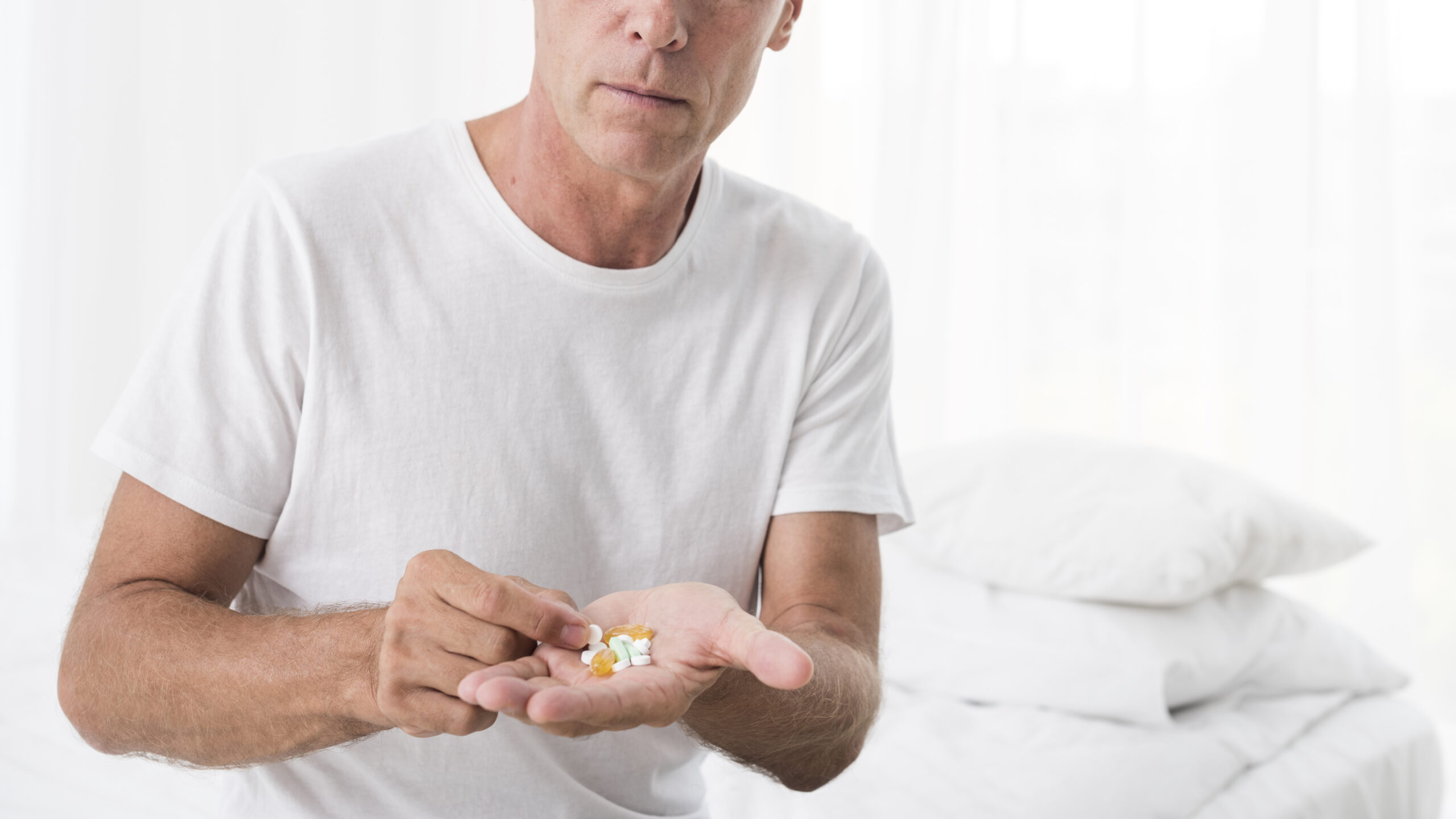
o These include oysters and crab. They are high in zinc which is helpful in testosterone production.
o Mackerel and salmon are rich in vitamin D and omega-3 fatty acids. These micronutrients help to support testosterone levels.
o These include kale and spinach. They are high in magnesium which is good for boosting testosterone.
You may also want to consider testosterone supplements for low testosterone. These can be convenient as they include all the micronutrients you need in one tablet. However, please note that these are not a like-for-like replacement of medication for testosterone deficiency.| Physical activity | Doing regular exercise is important. This should include both cardiovascular activities such as running as well as strength training which can help build muscle and boost testosterone. |
| Nutrition | Changing to eat a more balanced diet that is high in protein, healthy fats, vitamins and minerals is very important. |
| Sleep | Sleep is often overlooked as a driving force for change. Getting enough good quality sleep can help support hormone regulation. |
| Wellbeing | Working on effective ways to manage your stress is good for supporting balanced hormone levels. Many people find mindfulness and yoga very helpful for this. |
| Harmful substances | If you can cut down on alcohol intake and try to stop smoking, it is very helpful for improving hormone levels. |
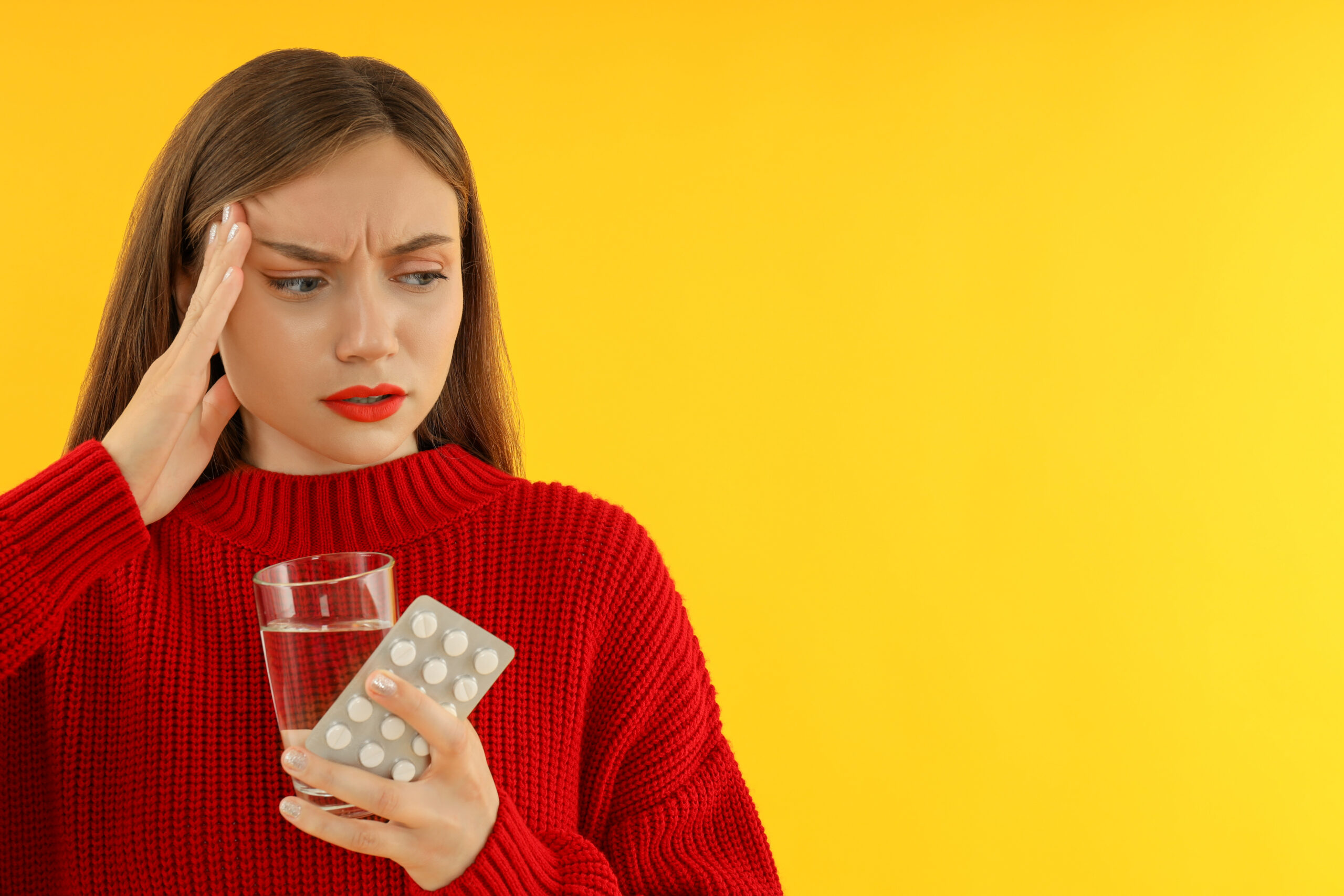 We’ve explored some of the phases of a migraine attack below:
Premonitory Stage: During the premonitory stage people may feel tiredness, mood changes, irritability, stiffness and other symptoms. The premonitory stage usually lasts between 1-24 hours.
Aura Stage: Approximately 1/3 people who experience migraines, will experience an aura. A migraine aura includes symptoms such as seeing lights, feeling numbness or tingling or feeling feint or dizzy. Migraine auras tend to come a few minutes for a migraine attack.
Migraine Attack Stage: Migraine onset – symptoms may be moderate-to-severe, and pain may be characterised by a throbbing pain on one side of the head. Sickness and vomiting may also happen at this stage. Migraine attacks can last from 3-72 hours.
Resolution: During the resolution phase symptoms seem to fade away, for some people sleeping seems to help an attack resolve.
Recovery: The final stage of an attack can be described as a ‘hangover’ feeling. Symptoms can mirror the symptoms seen during the premonitory stage.
Not every person will experience every phase with every migraine attack. Migraine attacks can show in different ways.
We’ve explored some of the phases of a migraine attack below:
Premonitory Stage: During the premonitory stage people may feel tiredness, mood changes, irritability, stiffness and other symptoms. The premonitory stage usually lasts between 1-24 hours.
Aura Stage: Approximately 1/3 people who experience migraines, will experience an aura. A migraine aura includes symptoms such as seeing lights, feeling numbness or tingling or feeling feint or dizzy. Migraine auras tend to come a few minutes for a migraine attack.
Migraine Attack Stage: Migraine onset – symptoms may be moderate-to-severe, and pain may be characterised by a throbbing pain on one side of the head. Sickness and vomiting may also happen at this stage. Migraine attacks can last from 3-72 hours.
Resolution: During the resolution phase symptoms seem to fade away, for some people sleeping seems to help an attack resolve.
Recovery: The final stage of an attack can be described as a ‘hangover’ feeling. Symptoms can mirror the symptoms seen during the premonitory stage.
Not every person will experience every phase with every migraine attack. Migraine attacks can show in different ways.
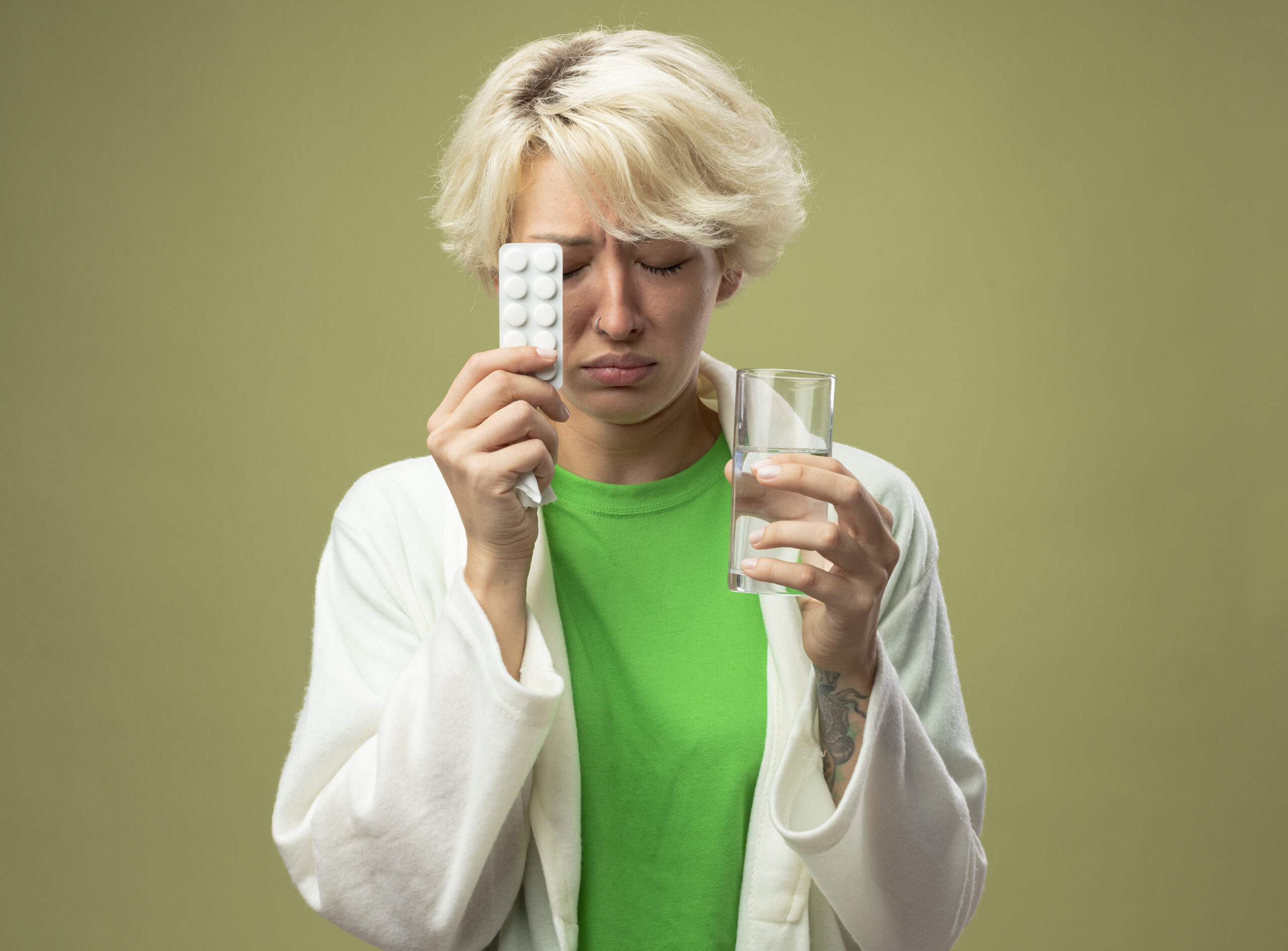 Anti-convulsant such as topiramate and sodium valproate are typically used to treat epilepsy but may be prescribed as a preventative migraine medication.
Anti-Serotonergic Drugs such as Risperdone or Olanzapine or Tricyclic anti-depressants such as Amitriptyline can be used to treat migraines (although they’re more common used to treat schizophrenia, bipolar disorder and depression respectively.)
Beta-blockers such as Atenolol or Bisoprolol are usually used to treat high blood pressure but have shown efficacy as preventative migraine treatments.
CRGP monoclonal antibodies such as Erenumab (Aimovig) are a new type of medicines developed specifically for the treatment of migraine. Medications of this type are typically administered as a once monthly injection.
There are several symptomatic migraine treatments. Symptomatic treatments are types of medication to stop migraines.
These include over-the-counter options such as paracetamol or co-codamol, and prescription items such as Sumatriptan, Rizatriptan or Almotriptan.
Anti-convulsant such as topiramate and sodium valproate are typically used to treat epilepsy but may be prescribed as a preventative migraine medication.
Anti-Serotonergic Drugs such as Risperdone or Olanzapine or Tricyclic anti-depressants such as Amitriptyline can be used to treat migraines (although they’re more common used to treat schizophrenia, bipolar disorder and depression respectively.)
Beta-blockers such as Atenolol or Bisoprolol are usually used to treat high blood pressure but have shown efficacy as preventative migraine treatments.
CRGP monoclonal antibodies such as Erenumab (Aimovig) are a new type of medicines developed specifically for the treatment of migraine. Medications of this type are typically administered as a once monthly injection.
There are several symptomatic migraine treatments. Symptomatic treatments are types of medication to stop migraines.
These include over-the-counter options such as paracetamol or co-codamol, and prescription items such as Sumatriptan, Rizatriptan or Almotriptan.
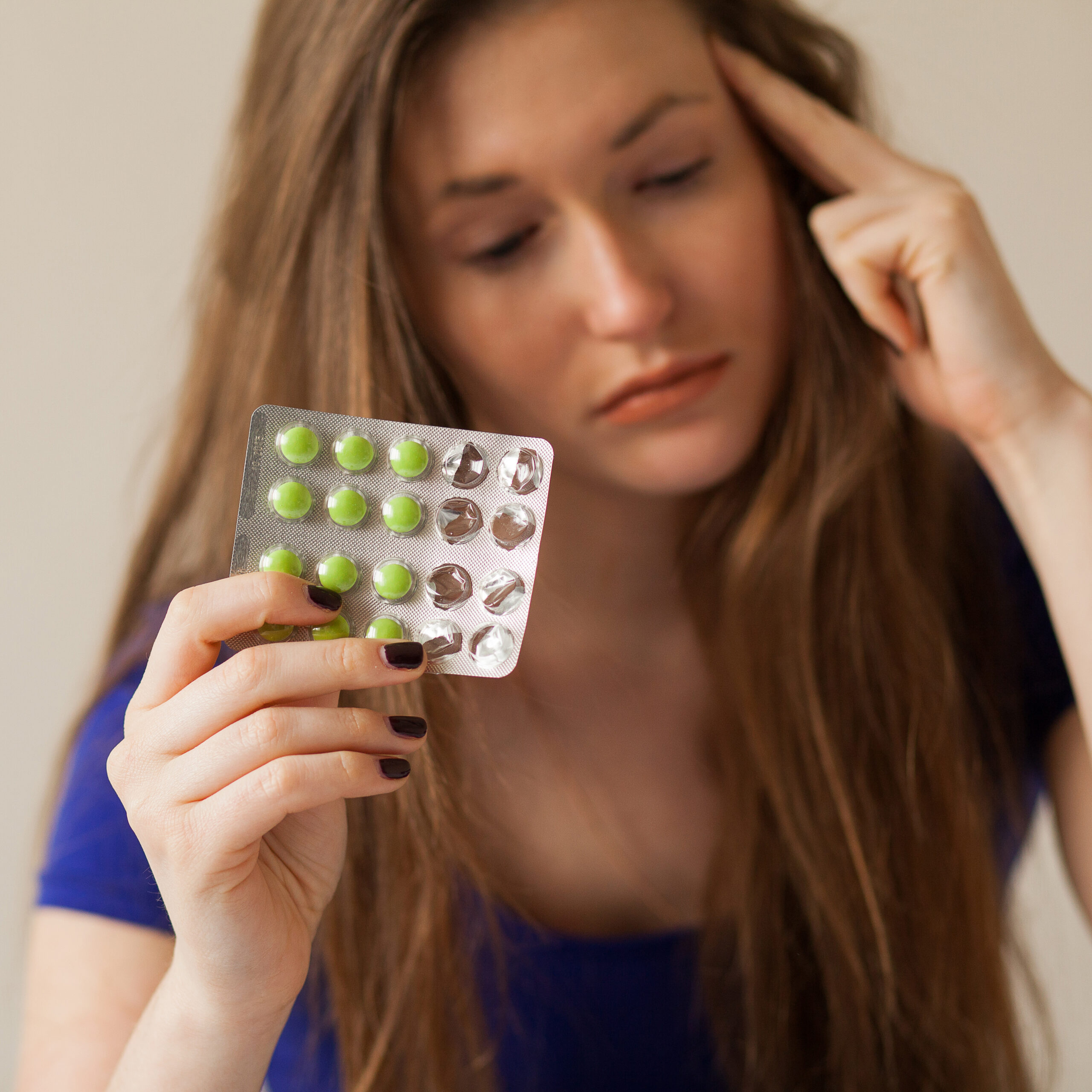
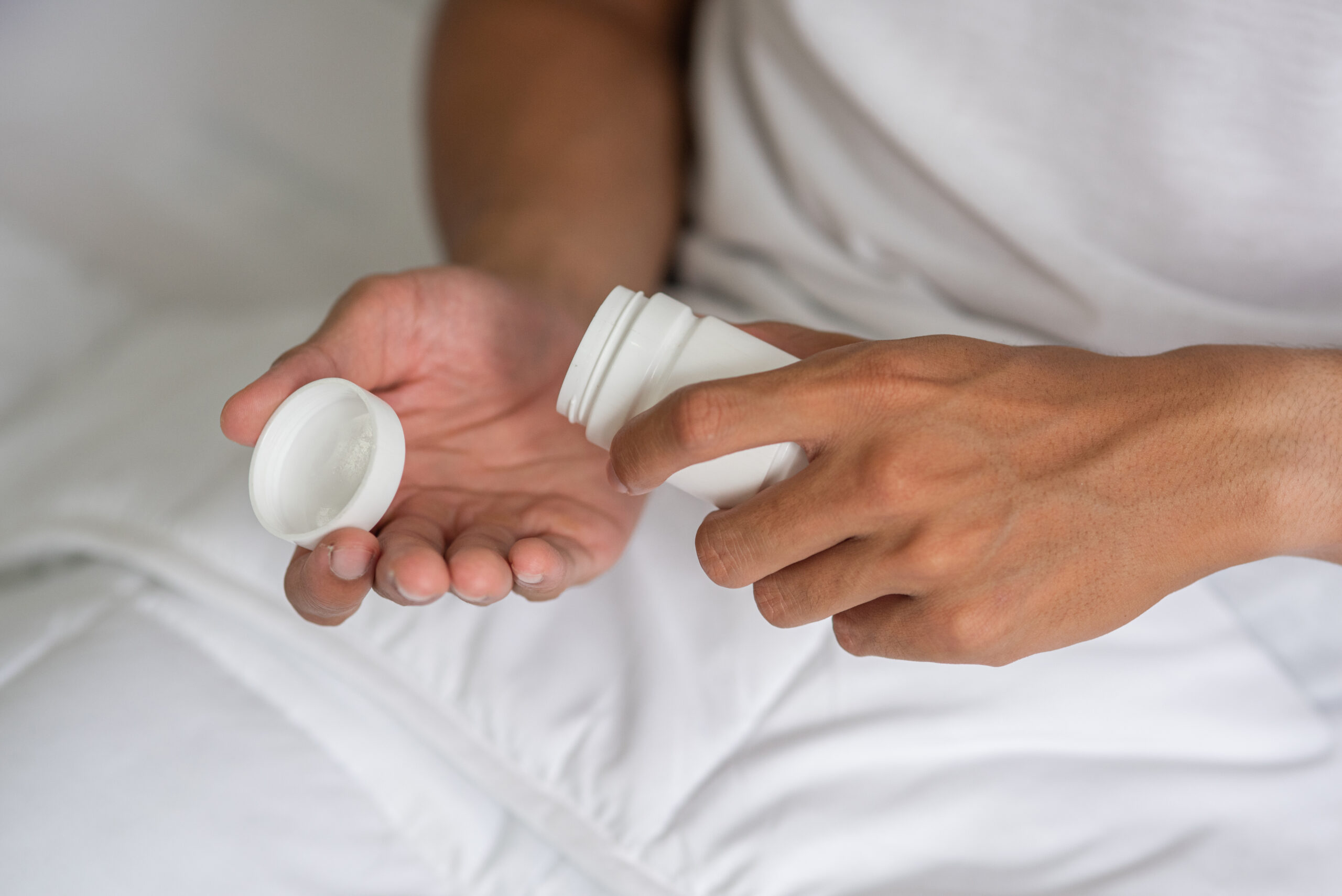 It is suggested that if you ejaculate within two minutes of penetrative sex consistently then it is classed as premature ejaculation. However, in reality as all experiences of sex are different and subjective, there is not a set threshold for what is the ‘correct’ amount of time a man should last before he ejaculates. If you are satisfied with your sex life then there is no need for medical treatment.
On the other hand, if you feel you have no control over ejaculation or you are climaxing too quickly most of the time during sexual intercourse then you may wish to consider medication to treat premature ejaculation.
Unfortunately, we don’t fully understand the exact cause of premature ejaculation. Our current understanding is that premature ejaculation is caused by a mix of physical and psychological factors. There is also some evidence to suggest that early sexual experiences may also contribute to sexual dysfunction in adulthood.
It is suggested that if you ejaculate within two minutes of penetrative sex consistently then it is classed as premature ejaculation. However, in reality as all experiences of sex are different and subjective, there is not a set threshold for what is the ‘correct’ amount of time a man should last before he ejaculates. If you are satisfied with your sex life then there is no need for medical treatment.
On the other hand, if you feel you have no control over ejaculation or you are climaxing too quickly most of the time during sexual intercourse then you may wish to consider medication to treat premature ejaculation.
Unfortunately, we don’t fully understand the exact cause of premature ejaculation. Our current understanding is that premature ejaculation is caused by a mix of physical and psychological factors. There is also some evidence to suggest that early sexual experiences may also contribute to sexual dysfunction in adulthood.
| Physical causes |
|
| Psychological causes |
|
| Other causes (i.e social, risk factors) |
|
 This depends on what the premature ejaculation is attributed to. If it is primarily linked to another condition such as a hormonal imbalance then the first step should be to treat that condition before starting medication for premature ejaculation.
If there are strong psychological factors contributing to premature ejaculation, you may wish to consult a psychologist or psychotherapist to help you work through your attitudes, thought patterns, or past experiences with sex. This has shown positive outcomes for some people. The evidence base for the effectiveness of psychological treatment for premature ejaculation is mixed; more often, therapy is combined with medication.
Medication can exist as pills, creams, or sprays; some require prescriptions but there is also an over the counter premature ejaculation pill. However, as with many medications there are some side effects such as dizziness so it is best to consult a qualified healthcare professional before starting medical treatment.
This depends on what the premature ejaculation is attributed to. If it is primarily linked to another condition such as a hormonal imbalance then the first step should be to treat that condition before starting medication for premature ejaculation.
If there are strong psychological factors contributing to premature ejaculation, you may wish to consult a psychologist or psychotherapist to help you work through your attitudes, thought patterns, or past experiences with sex. This has shown positive outcomes for some people. The evidence base for the effectiveness of psychological treatment for premature ejaculation is mixed; more often, therapy is combined with medication.
Medication can exist as pills, creams, or sprays; some require prescriptions but there is also an over the counter premature ejaculation pill. However, as with many medications there are some side effects such as dizziness so it is best to consult a qualified healthcare professional before starting medical treatment.
| Treatment option | Function |
| Talking therapies: Psychotherapy or psychological treatment | This may consist of some sessions with a therapist to explore psychological factors contributing to the sexual dysfunction such as past sexual experiences, anxiety, or relationship issues. It may help you gain a better understanding of yourself and how to communicate your sexual needs and worries. |
| Dapoxetine (Priligy) | This is a type of Selective Serotonin Reuptake Inhibitor (SSRI). It increases your brain’s serotonin levels to delay ejaculation. You take this around one to three hours before sex and it works very quickly. |
| Anaesthetic creams or sprays (e.g EMLA cream) | You can also opt for an anaesthetic cream or spray to apply to the penis. These treat premature ejaculation by making your penis less sensitive to delay ejaculation. They usually contain medication called prilocaine or lidocaine. You apply this to your penis around 20 minutes before sex and wash it off when your penis feels numb. |
| Other Selective Serotonin Reuptake Inhibitors | Sometimes, antidepressant SSRIs (e.g sertraline or citalopram) are used to treat premature ejaculation. You take these daily for a few weeks. |
| Treatment | Possible side effects |
| Anaesthetic creams (EMLA) | Skin reactions such as:
|
| Dapoxetine (Priligy) |
|
| SSRIs |
|
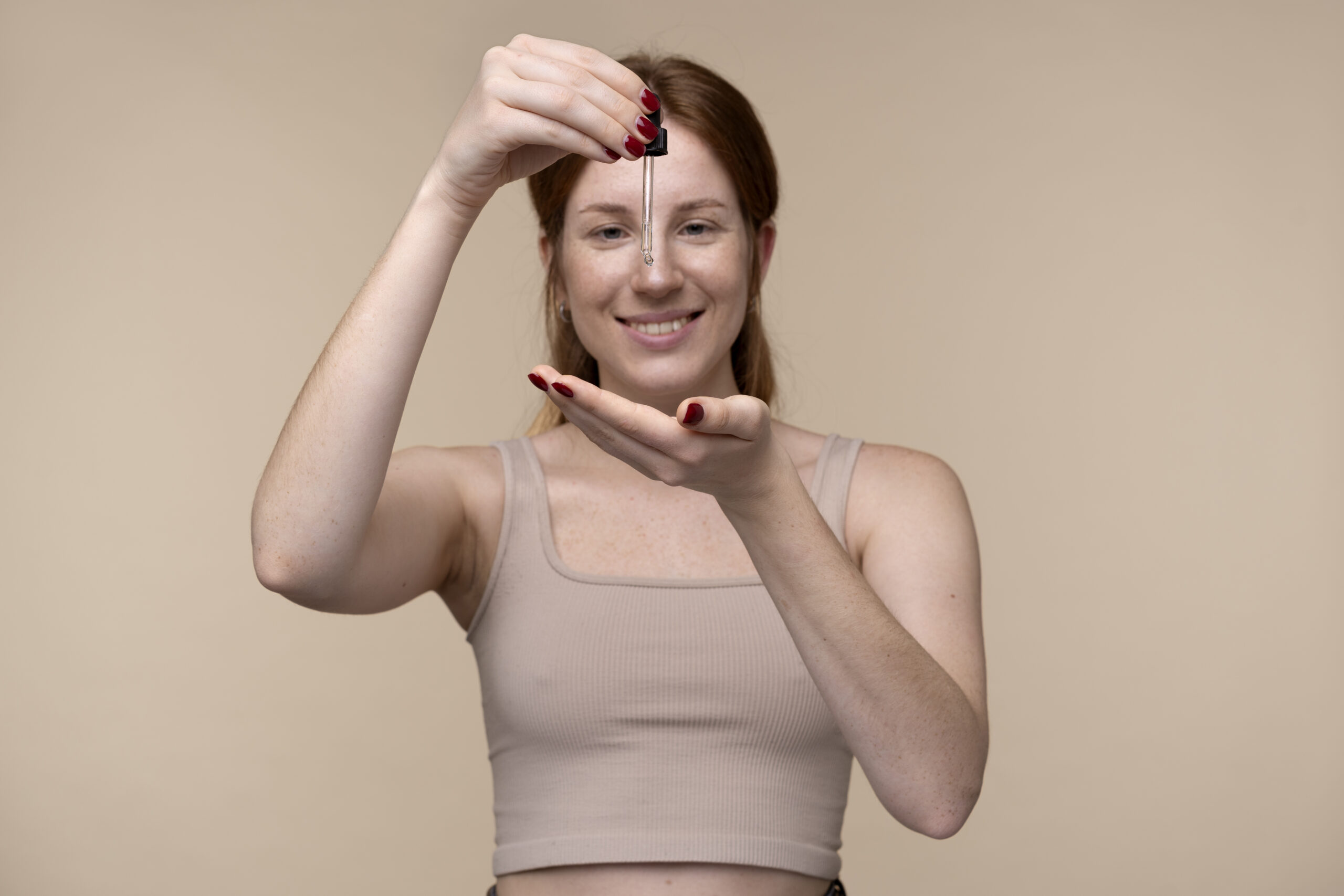 There are different types of scars such as:
There are different types of scars such as:
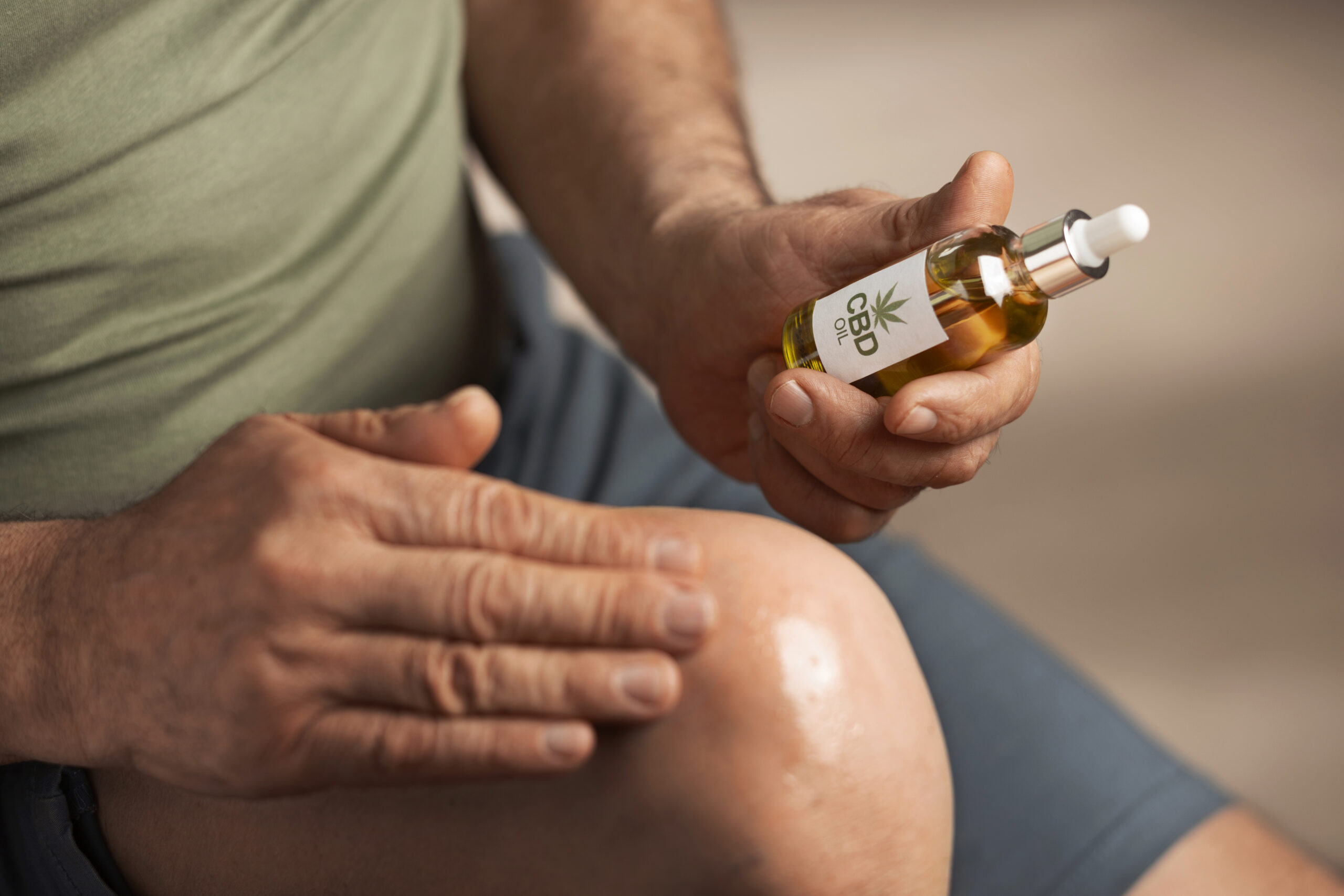 Scar medication and medicine to reduce scars help renew the skin by stimulating collagen production and minimizing pigmentation. Med for cellulite, including topical and injection-based treatments, target fat cells and improve circulation, which helps reduce the appearance of dimples and tighten the skin.
Medications, both prescription and over- the- counter (OTC) can play a significant role in improving skin appearance by addressing concerns of scars and cellulite by targeting the underlying cause and improving the skin’s texture, tone and elasticity.
Medications for scars
Scar medication and medicine to reduce scars help renew the skin by stimulating collagen production and minimizing pigmentation. Med for cellulite, including topical and injection-based treatments, target fat cells and improve circulation, which helps reduce the appearance of dimples and tighten the skin.
Medications, both prescription and over- the- counter (OTC) can play a significant role in improving skin appearance by addressing concerns of scars and cellulite by targeting the underlying cause and improving the skin’s texture, tone and elasticity.
Medications for scars
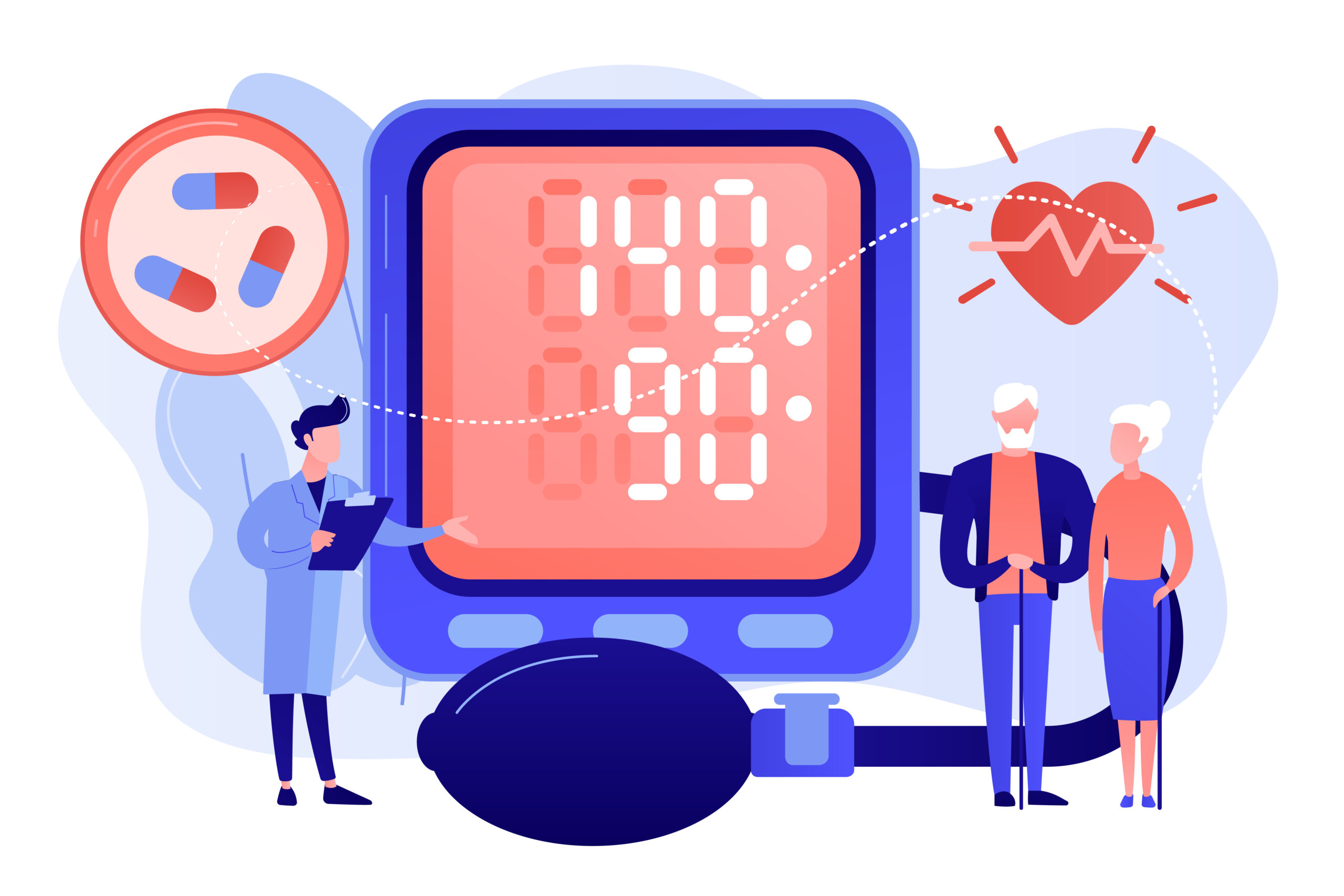
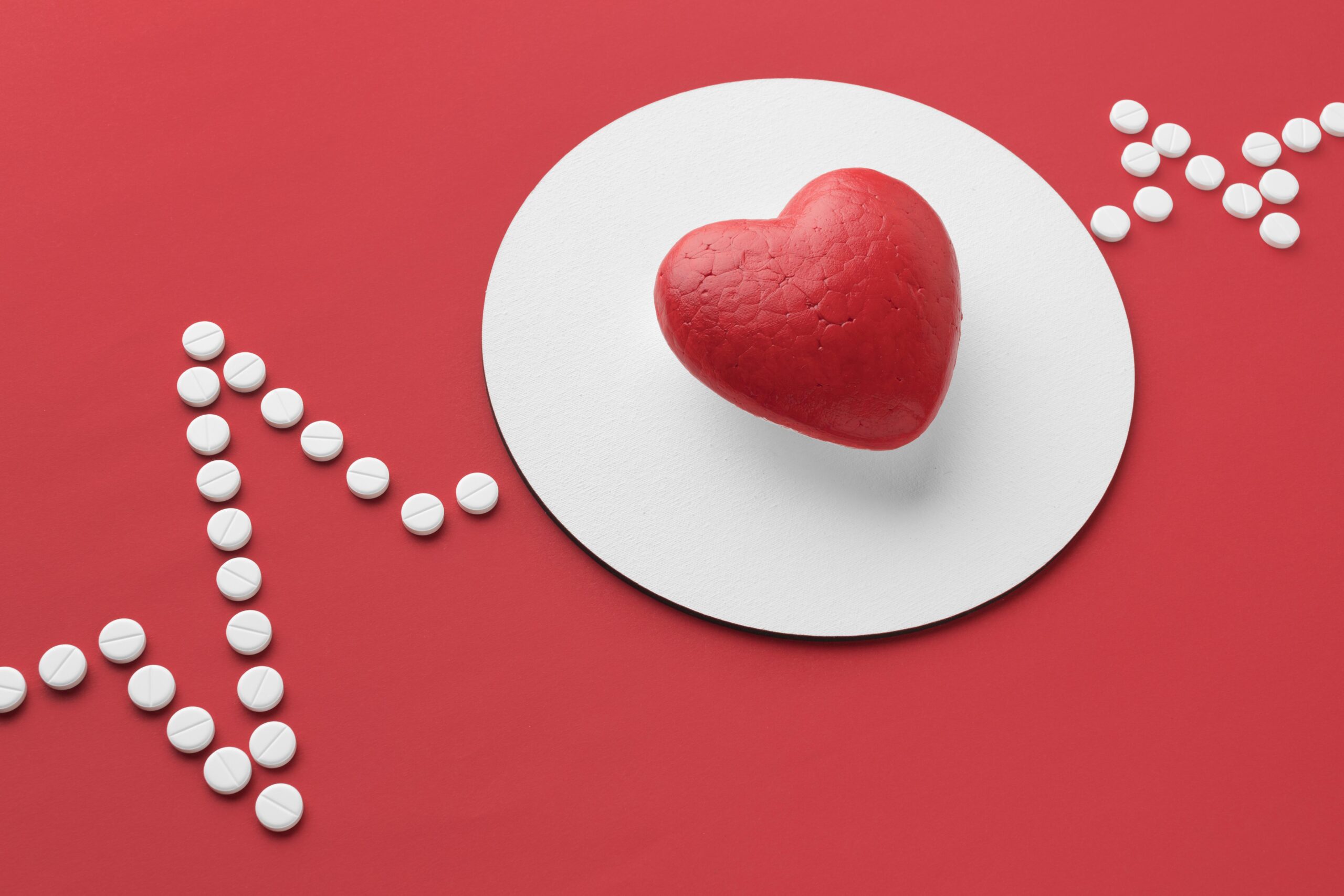 A lipid profile allows for an analysis of LDL cholesterol, HDL cholesterol and Triglyceride levels in your bloodstream.
The test often occurs after 9-12 hours of fasting, where the patient consumes no food or drink apart from water. A sample of blood is taken from the patient’s arm and sent to the lab. The lab runs the sample and conducts the lipid profile of the blood sample and sends the results back to the analysis.
Ideally, a LDL cholestrol count of less than 100mg/dL is considered good
a HDL cholestrol count of more than 60 mg/dL is considered good
Triglyceride levels are recommended to be less than 150 mg/dL
A special formula is also applied to calculate “total cholesterol” levels, and the value for this is typically indicated to be less than 200 mg/DL.
While these values are considered “standard”, each person is different and hence may have different levels cholesterol in their blood which is healthy for them.
Please speak to your healthcare provider about your lipid profile results and what they mean for you.
A lipid profile allows for an analysis of LDL cholesterol, HDL cholesterol and Triglyceride levels in your bloodstream.
The test often occurs after 9-12 hours of fasting, where the patient consumes no food or drink apart from water. A sample of blood is taken from the patient’s arm and sent to the lab. The lab runs the sample and conducts the lipid profile of the blood sample and sends the results back to the analysis.
Ideally, a LDL cholestrol count of less than 100mg/dL is considered good
a HDL cholestrol count of more than 60 mg/dL is considered good
Triglyceride levels are recommended to be less than 150 mg/dL
A special formula is also applied to calculate “total cholesterol” levels, and the value for this is typically indicated to be less than 200 mg/DL.
While these values are considered “standard”, each person is different and hence may have different levels cholesterol in their blood which is healthy for them.
Please speak to your healthcare provider about your lipid profile results and what they mean for you.
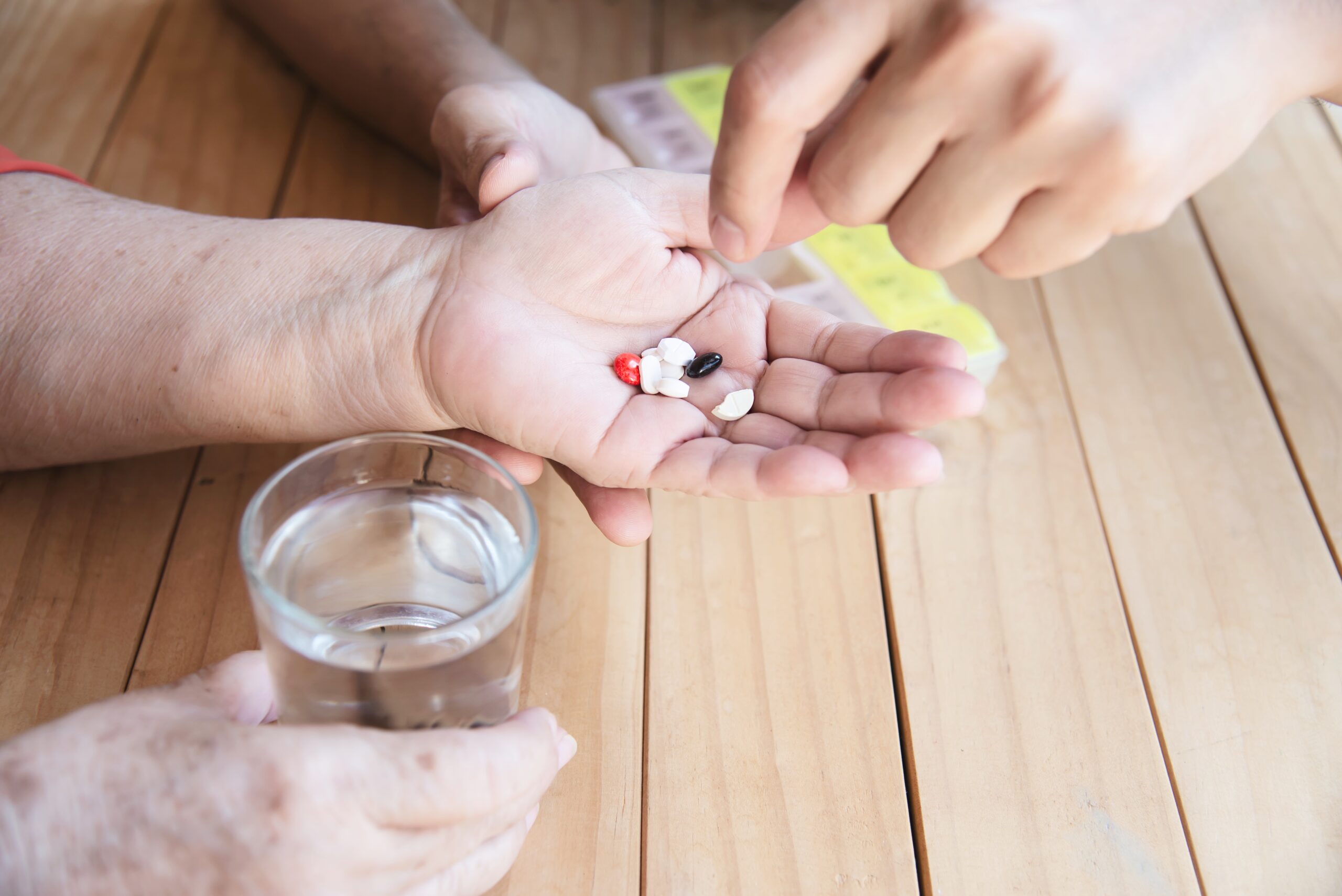 The most common medication for high cholesterol are statins. Statins work by inhibiting an important enzyme in the liver that’s key in the production of cholesterol. This in turn, lowers the amount of cholesterol in the blood.
Statins need to be taken lifelong as stopping them will cause an increase in blood cholesterol levels, hence they are only prescribed to patients with very high blood cholesterol.
Another common class of anti-cholesterol medication are the cholesterol absorption inhibitors. These medicines reduce uptake of dietary cholesterol in the gut tube and hence reduces the amount of cholesterol that enters the blood.
The most common medication for high cholesterol are statins. Statins work by inhibiting an important enzyme in the liver that’s key in the production of cholesterol. This in turn, lowers the amount of cholesterol in the blood.
Statins need to be taken lifelong as stopping them will cause an increase in blood cholesterol levels, hence they are only prescribed to patients with very high blood cholesterol.
Another common class of anti-cholesterol medication are the cholesterol absorption inhibitors. These medicines reduce uptake of dietary cholesterol in the gut tube and hence reduces the amount of cholesterol that enters the blood.
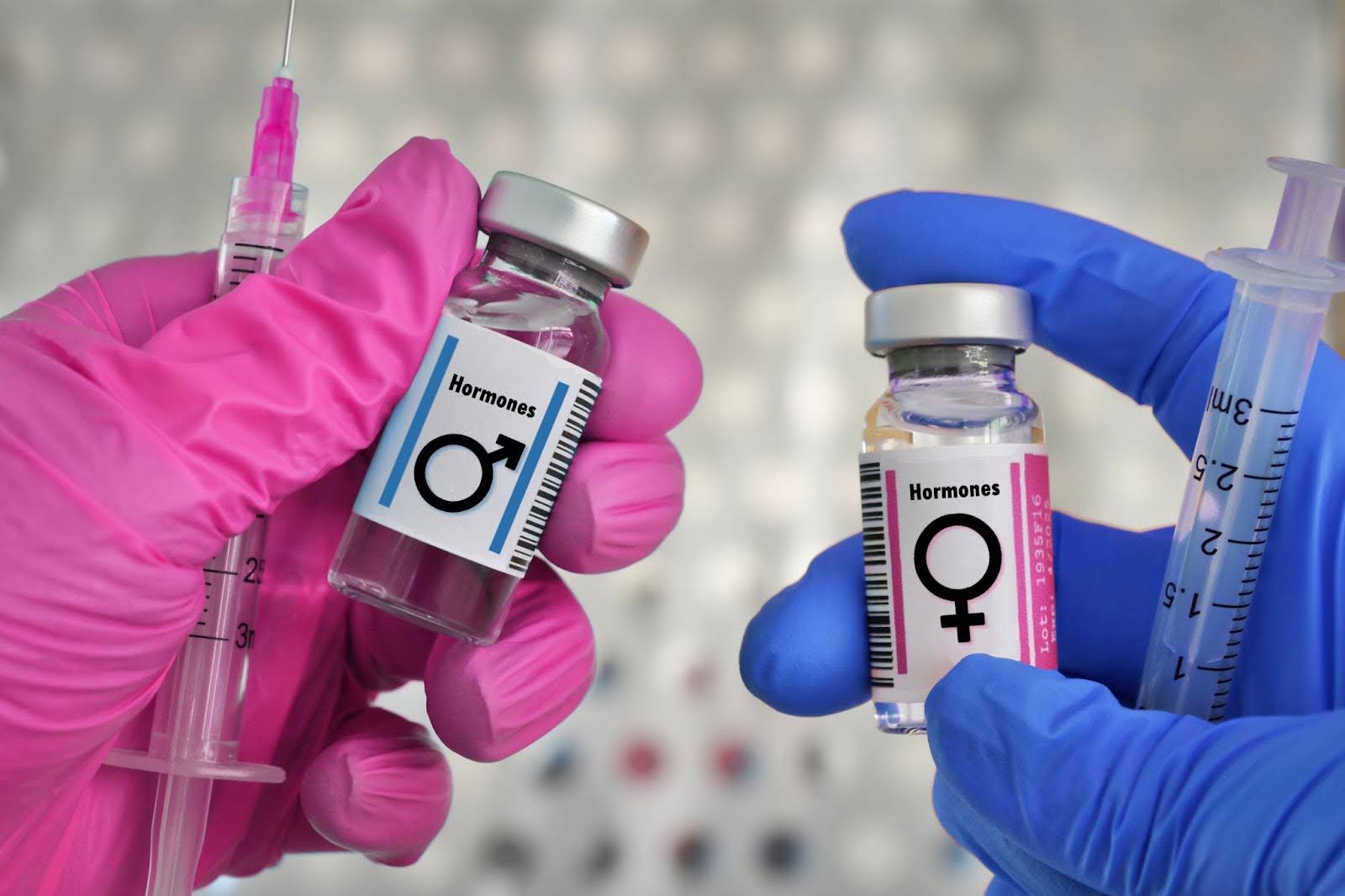 During puberty and the start of periods, the ovaries release an egg every month, this continues into adulthood until menopause and is what enables a woman to have children. In later adulthood, the ovaries stop releasing eggs and menstruation stops in a process known as menopause. This is completely natural and often occurs when a woman reaches her fifties. However, there can be considerable variation so menopause may occur earlier such as in your thirties or forties.
Alongside the process when the ovaries stop releasing eggs, there are hormonal changes that come with it. This can cause hormonal imbalances and unpleasant symptoms. The two key hormones are oestrogen and progesterone. The natural decrease in these two hormones can result in symptoms such as vaginal dryness, weaker bones, hot flushes, decrease in sex drive, and night sweats. The menopause prescription medicine can often help relieve these symptoms. Some of these symptoms last for a few years and disappear but others such as decreased bone density require long-term treatment to stop them from worsening.
During puberty and the start of periods, the ovaries release an egg every month, this continues into adulthood until menopause and is what enables a woman to have children. In later adulthood, the ovaries stop releasing eggs and menstruation stops in a process known as menopause. This is completely natural and often occurs when a woman reaches her fifties. However, there can be considerable variation so menopause may occur earlier such as in your thirties or forties.
Alongside the process when the ovaries stop releasing eggs, there are hormonal changes that come with it. This can cause hormonal imbalances and unpleasant symptoms. The two key hormones are oestrogen and progesterone. The natural decrease in these two hormones can result in symptoms such as vaginal dryness, weaker bones, hot flushes, decrease in sex drive, and night sweats. The menopause prescription medicine can often help relieve these symptoms. Some of these symptoms last for a few years and disappear but others such as decreased bone density require long-term treatment to stop them from worsening.
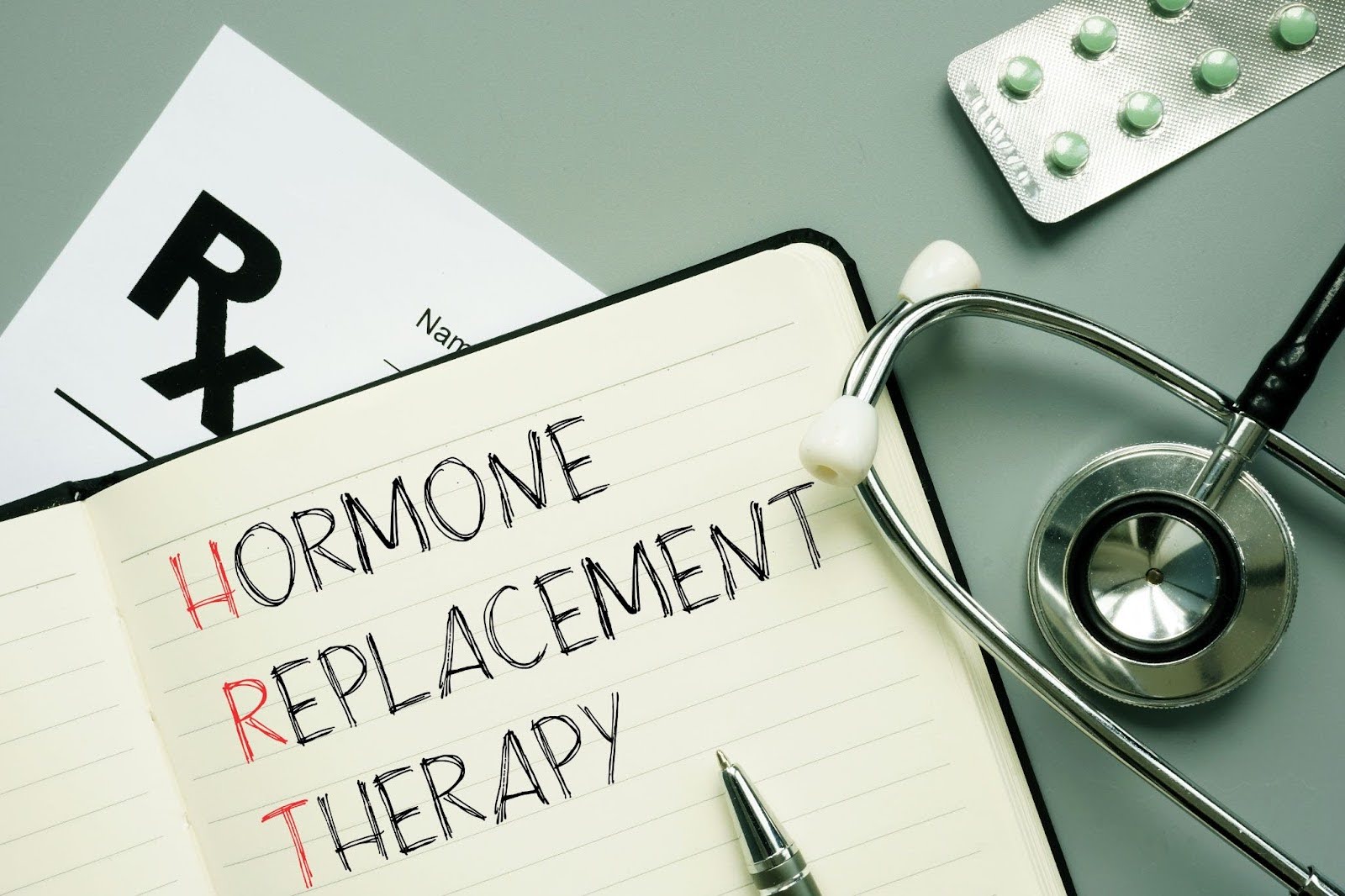 Menopause medications or Hormone Replacement Therapy (HRT) is used to manage symptoms of menopause. The menopausal women’s medicine is either doses of oestrogen hormone alone or a combined preparation with the oestrogen hormone and progesterone hormone. There is a large range of preparations available with different doses or proportions to suit different needs. This is good because there is no one-size-fits-all pill in managing menopause symptoms. However, it can feel like a process of trial and error monitored by your doctor at first to see what is best suited to you.
Here is a little overview of some of the menopause medications available:
Menopause medications or Hormone Replacement Therapy (HRT) is used to manage symptoms of menopause. The menopausal women’s medicine is either doses of oestrogen hormone alone or a combined preparation with the oestrogen hormone and progesterone hormone. There is a large range of preparations available with different doses or proportions to suit different needs. This is good because there is no one-size-fits-all pill in managing menopause symptoms. However, it can feel like a process of trial and error monitored by your doctor at first to see what is best suited to you.
Here is a little overview of some of the menopause medications available:
| Hormone Replacement Therapy (HRT) type | Hormones | Description |
| Oestrogen only HRT | Oestrogen | For those without a uterus e.g after a hysterectomy. This is because oestrogen alone can increase your risk of developing cancer of the uterus. |
| Cyclical HRT | Oestrogen and Progesterone | For people still having periods. You can get monthly cyclical HRT (if you still have regular periods) or 3 monthly cyclical HRT (if you still have periods but they are irregular) |
| Continuous combined HRT | Oestrogen and Progesterone | For those who are post-menopausal i.e have not had a period for 1 year |
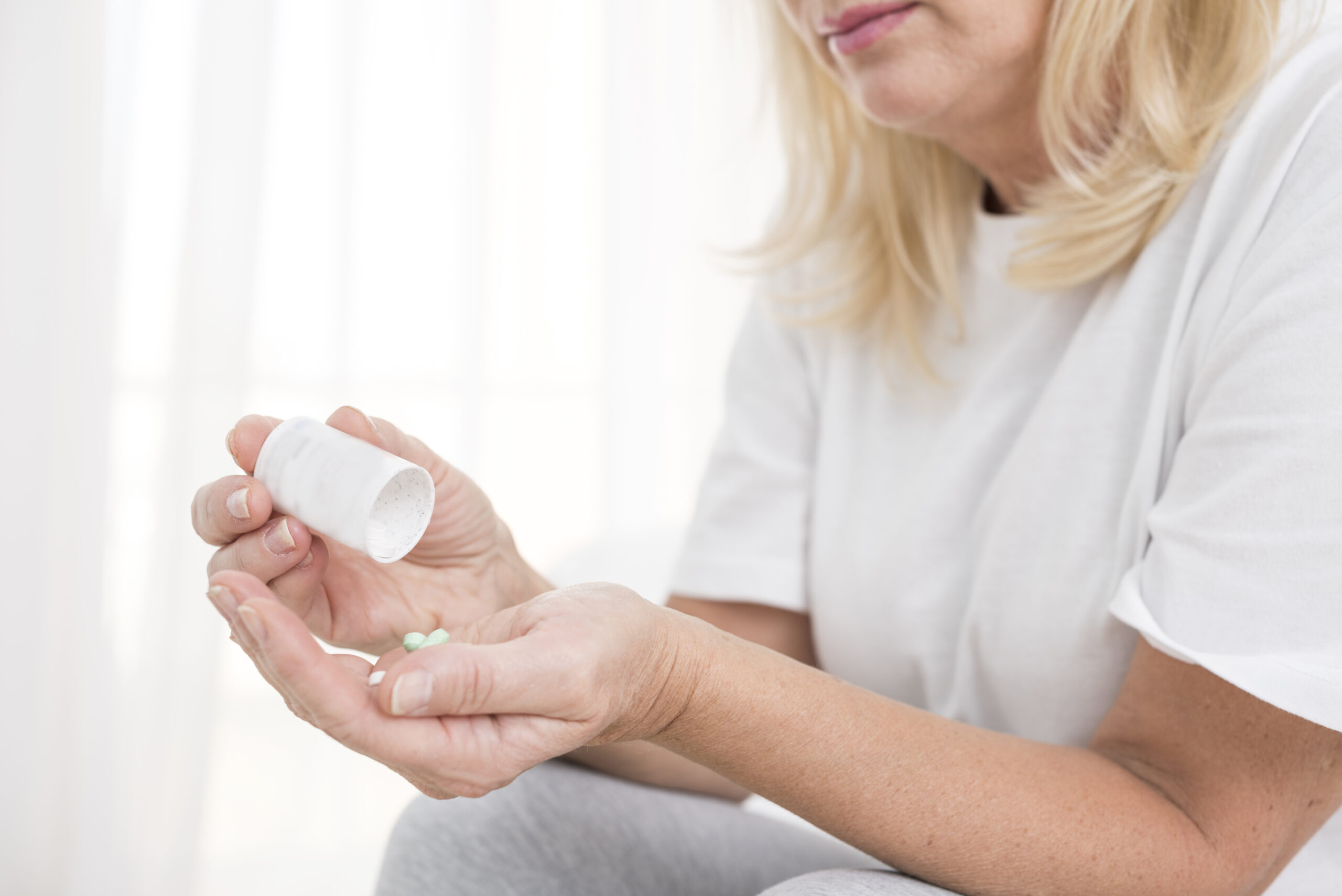
| Lifestyle changes | Why? |
| Eating healthy and regular exercise | This can help improve bone health, improve sleep, improve mood, reduce hot flushes, and maintain a healthy weight. |
| Sleep in a cool room and wear loose pyjamas. Try to reduce caffeine intake as well. | This can improve sleep by helping to reduce night sweats and hot flushes. |
| Stop smoking | This can help to reduce hot flushes. |
| Alternatives to medication | Description |
| Vaginal lubricants | You can buy these at a pharmacy over the counter and they may help with vaginal dryness. |
| Herbal remedies | There are many herbal remedies that have been said to improve menopause symptoms. However, many of these have not been scientifically tested or researched in the same way as medication. This is not to say they are not useful, but check with a pharmacist first just to be safe.
Examples:
|
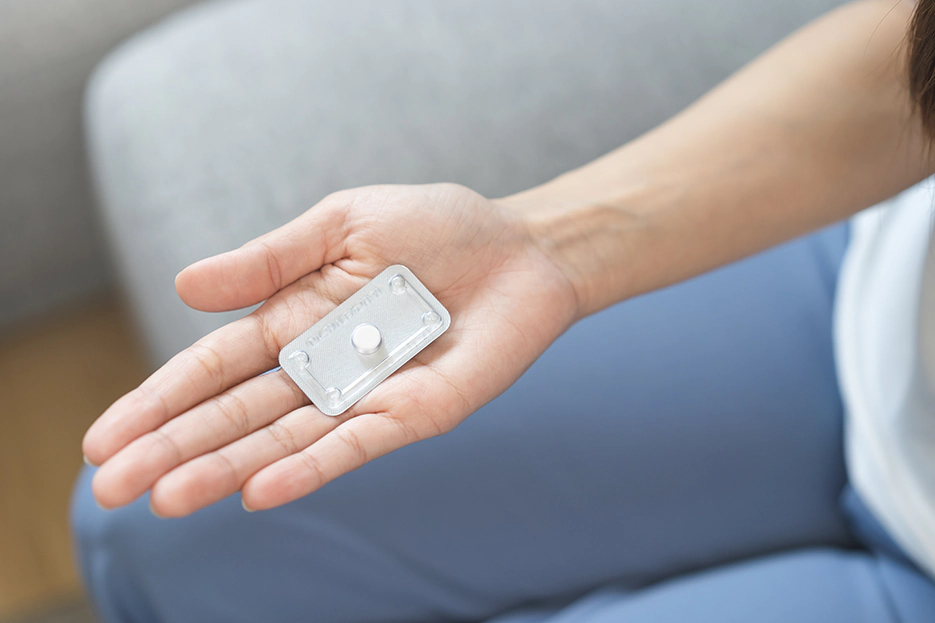
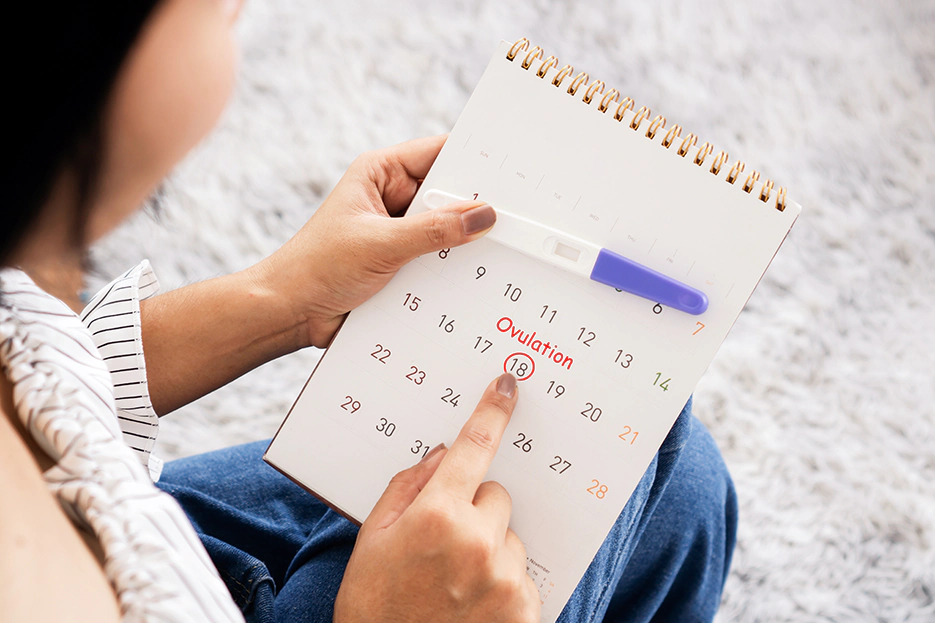
| Micronutrient | What do they do? |
| Vitamin A, C, and E | These vitamins help improve skin health They also protect cells from damage |
| B-complex vitamins | B-complex vitamins are important for energy production They are also important for supporting brain function These vitamins also help with regulating hormonal balance |
| Vitamin D | This vitamin has a key role in absorption of calcium Thus it is important for supporting bone health |
| Calcium | Calcium is very important for the health of your bones and teeth, it helps to make them strong |
| Iron | Iron is important for making haemoglobin which is a key component of your blood that helps transport oxygen Thus, iron supplements can also help prevent anaemia |
| Magnesium | This is very important for supporting the function of muscles and nerves |

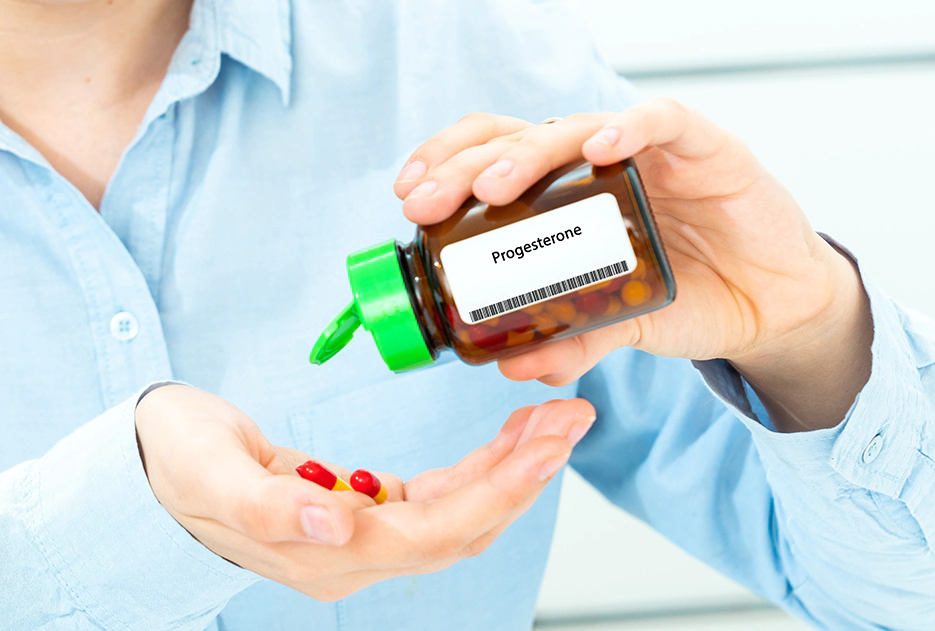
| Type of Tablet | Best For | How It Works | Availability |
| POP (e.g. Norethisterone) | Short-term, flexible delay | Raises progesterone to stop uterine shedding | Prescription only |
| COCP (extended cycle) | Long-term period management | Prevents hormone drop that causes bleeding | Prescription only |
| Standard COCP | Occasional delays via skipped week | Continue pills through “free week” | Widely used |
| Brand | Licensed to Treat | Formulation |
| Ozempic | Type 2 Diabetes | Injection |
| Rybelsus | Type 2 Diabetes | Tablet |
| WeGovy | Weight loss | Injection |
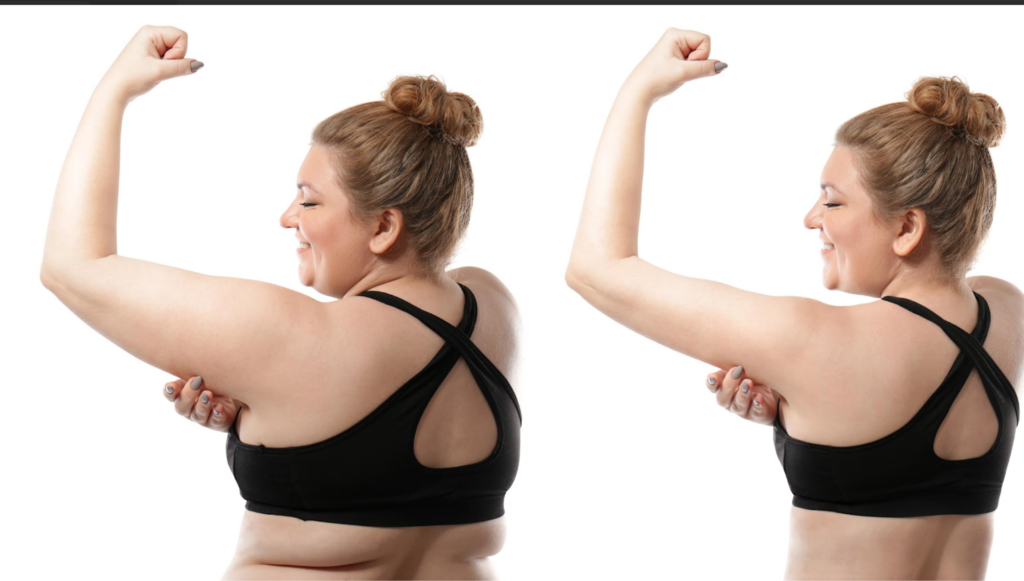 Figure 1: Before and after pictures (left and right) through using Wegovy
Figure 1: Before and after pictures (left and right) through using Wegovy
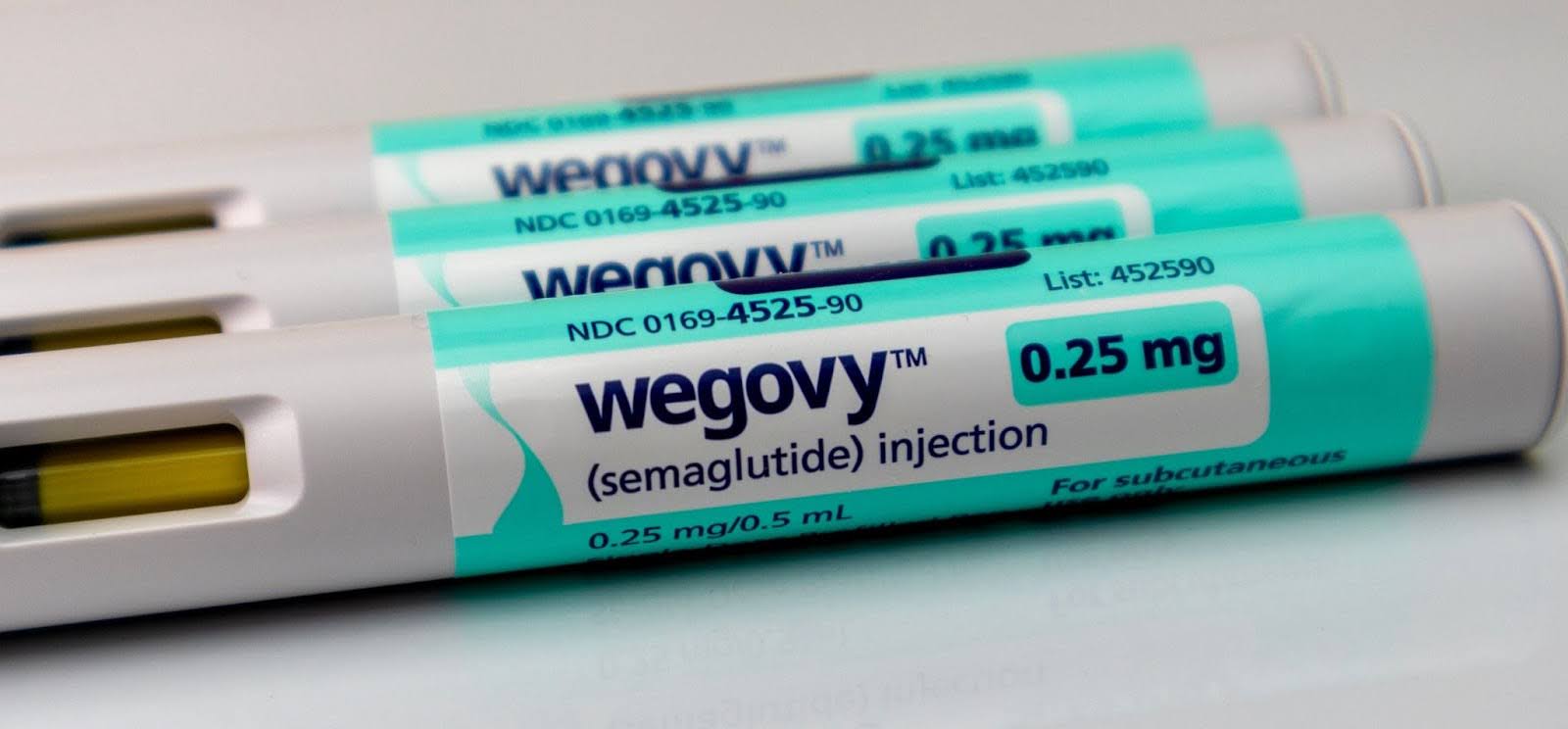
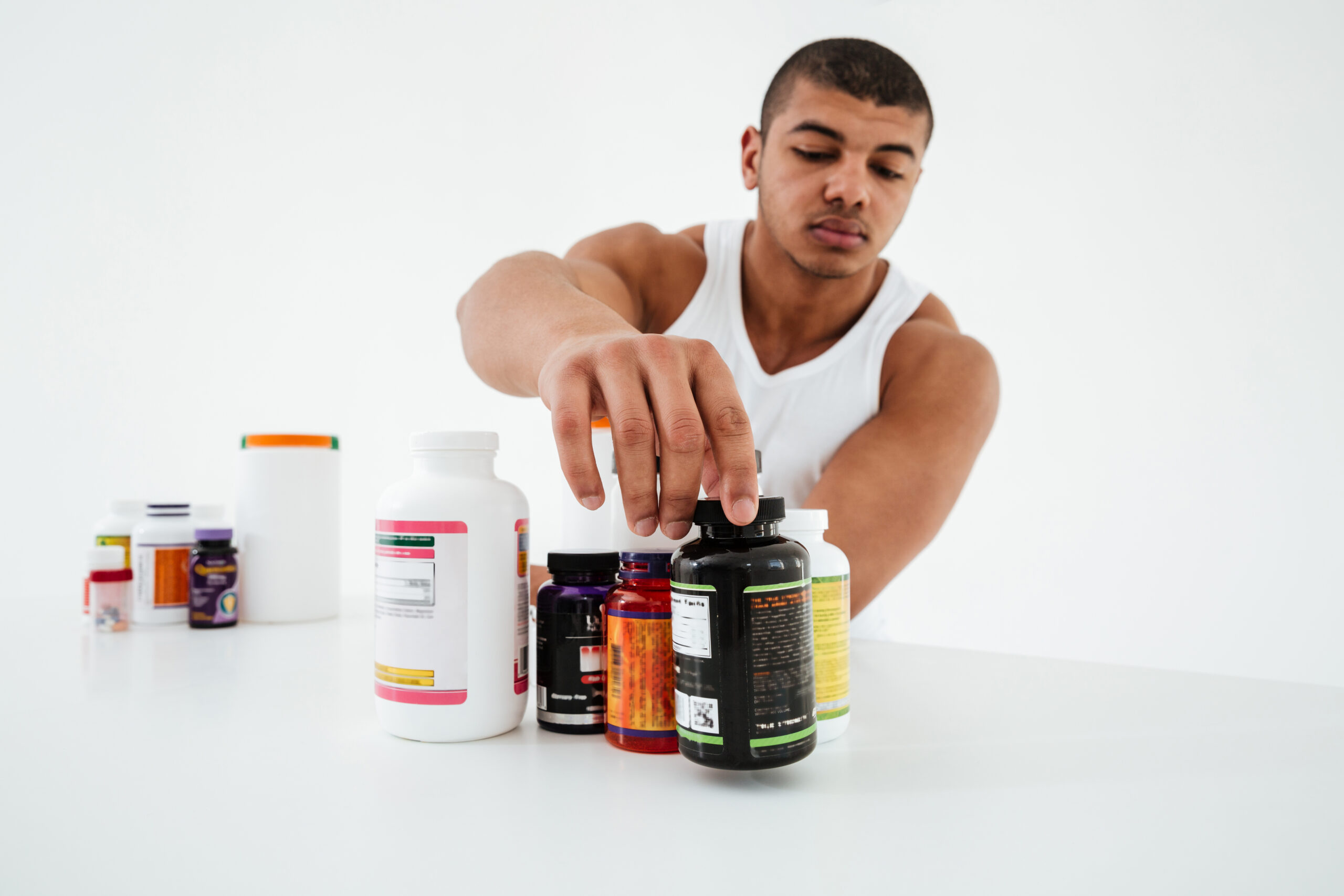

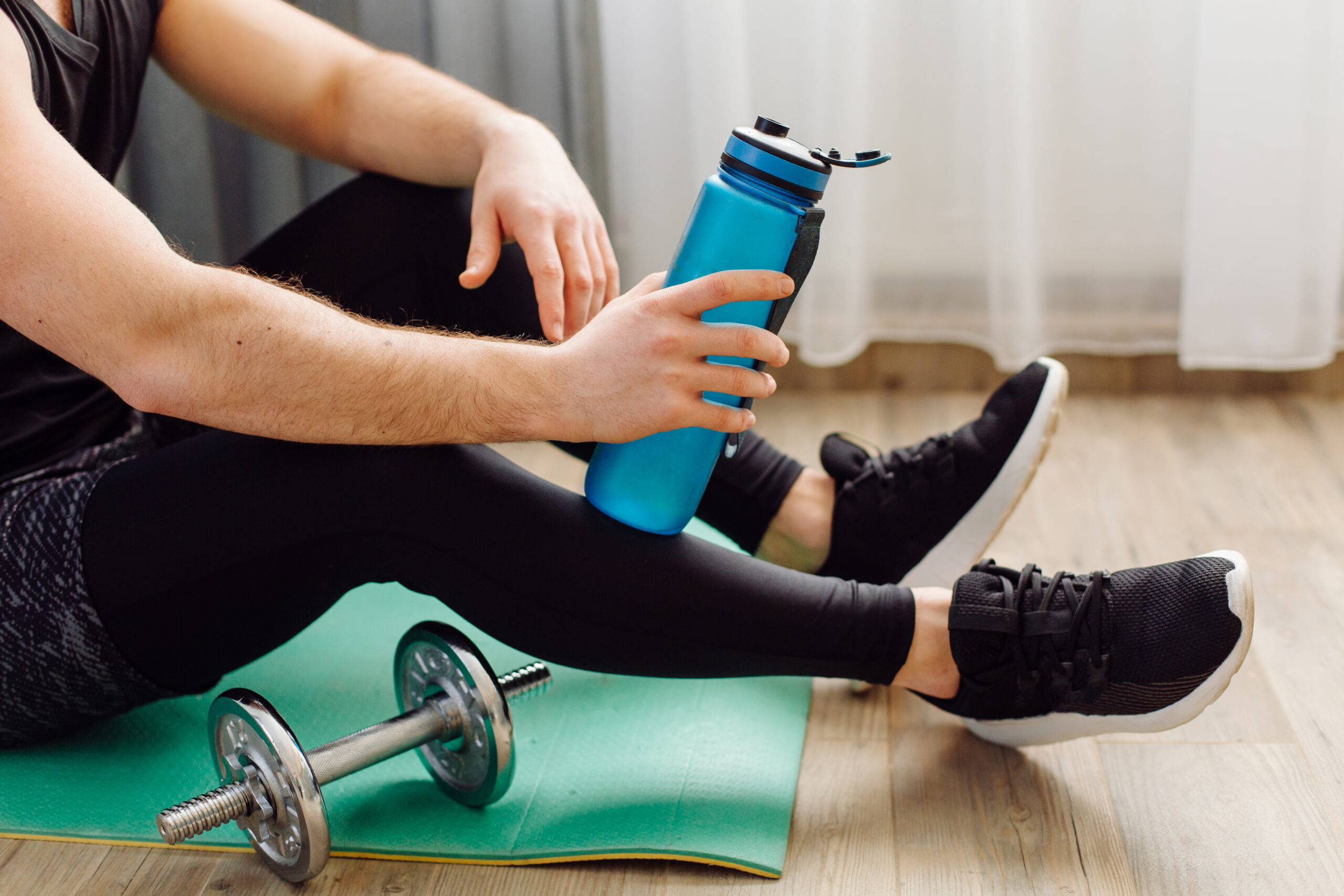
Thrush, also known as candidiasis, is a common fungal infection caused by the overgrowth of Candida albicans. It can manifest in various parts of the body, including the mouth, throat, skin, and genital area. Symptoms of thrush may include white patches in the mouth or on the tongue, soreness and redness, itching or discomfort in the genital area, and difficulty swallowing or speaking. Our extensive range of medications includes Diflucan, Clotrimazole 1 cream, Nystan (Nystatin oral suspension), and Fluconazole 150mg, all of which are effective in treating thrush. Buy fluconazole and Diflucan for thrush, which work by inhibiting the growth of the fungus, while buy Clotrimazole cream and buy nystatin, act by disrupting the cell membranes of the fungus, ultimately leading to its demise. Additionally, our informative blogs, such as “How does fluconazole treat thrush and other conditions” and “What is vaginal thrush?”, provide valuable insights into these conditions and their management. It’s crucial to differentiate between thrush, bacterial vaginosis, and chlamydia to ensure appropriate treatment. While these conditions can cause vaginal discomfort and have similar symptoms, they have different underlying causes. If you’re unsure about your symptoms, we encourage you to visit our bacterial vaginosis section and our chlamydia section for detailed information. At MedsForLess, we prioritize your health and well-being. Trust us to provide you with reliable medications and resources to effectively manage thrush and other health concerns. Visit us today and experience the convenience of quality healthcare at affordable prices.
Thrush, also known as candidiasis, is a common fungal infection caused by the overgrowth of Candida albicans. It can manifest in various parts of the body, including the mouth, throat, skin, and genital area. Symptoms of thrush may include white patches in the mouth or on the tongue, soreness and redness, itching or discomfort in the genital area, and difficulty swallowing or speaking. Our extensive range of medications includes Diflucan, Clotrimazole 1 cream, Nystan (Nystatin oral suspension), and Fluconazole 150mg, all of which are effective in treating thrush. Buy fluconazole and Diflucan for thrush, which work by inhibiting the growth of the fungus, while buy Clotrimazole cream and buy nystatin, act by disrupting the cell membranes of the fungus, ultimately leading to its demise. Additionally, our informative blogs, such as “How does fluconazole treat thrush and other conditions” and “What is vaginal thrush?”, provide valuable insights into these conditions and their management. It’s crucial to differentiate between thrush, bacterial vaginosis, and chlamydia to ensure appropriate treatment. While these conditions can cause vaginal discomfort and have similar symptoms, they have different underlying causes. If you’re unsure about your symptoms, we encourage you to visit our bacterial vaginosis section and our chlamydia section for detailed information. At MedsForLess, we prioritize your health and well-being. Trust us to provide you with reliable medications and resources to effectively manage thrush and other health concerns. Visit us today and experience the convenience of quality healthcare at affordable prices.
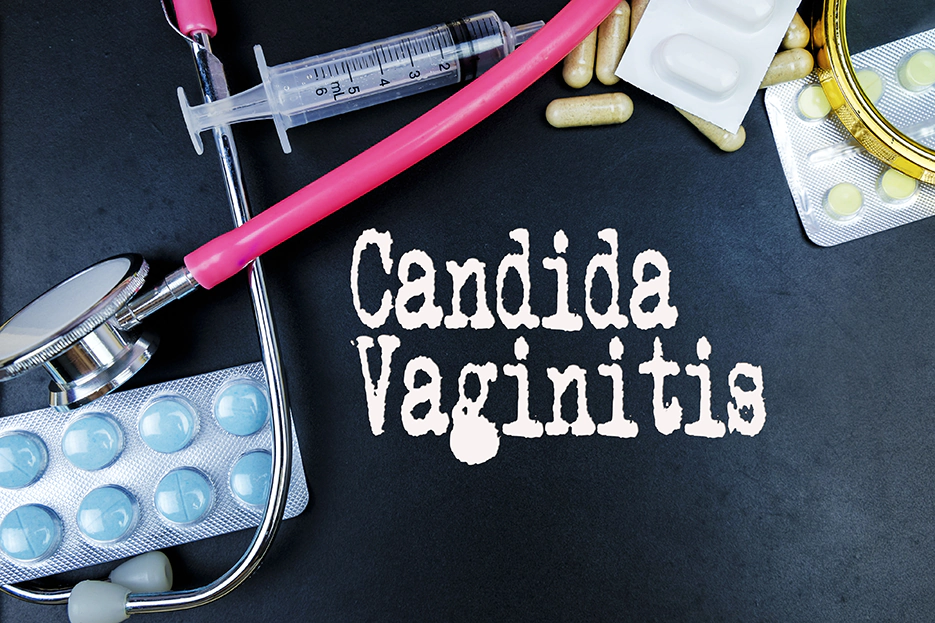
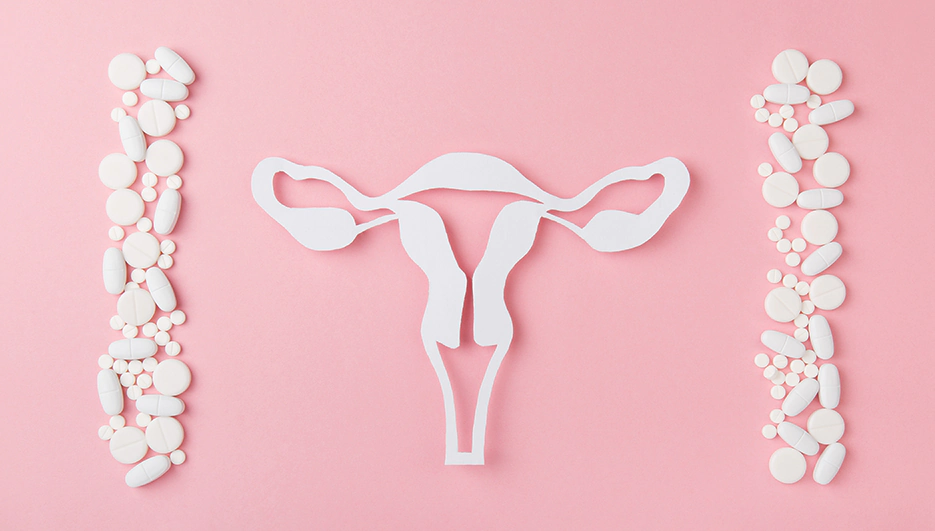
| Cookie | Duration | Description |
|---|---|---|
| cookielawinfo-checkbox-analytics | 11 months | This cookie is set by GDPR Cookie Consent plugin. The cookie is used to store the user consent for the cookies in the category "Analytics". |
| cookielawinfo-checkbox-functional | 11 months | The cookie is set by GDPR cookie consent to record the user consent for the cookies in the category "Functional". |
| cookielawinfo-checkbox-necessary | 11 months | This cookie is set by GDPR Cookie Consent plugin. The cookies is used to store the user consent for the cookies in the category "Necessary". |
| cookielawinfo-checkbox-others | 11 months | This cookie is set by GDPR Cookie Consent plugin. The cookie is used to store the user consent for the cookies in the category "Other. |
| cookielawinfo-checkbox-performance | 11 months | This cookie is set by GDPR Cookie Consent plugin. The cookie is used to store the user consent for the cookies in the category "Performance". |
| viewed_cookie_policy | 11 months | The cookie is set by the GDPR Cookie Consent plugin and is used to store whether or not user has consented to the use of cookies. It does not store any personal data. |